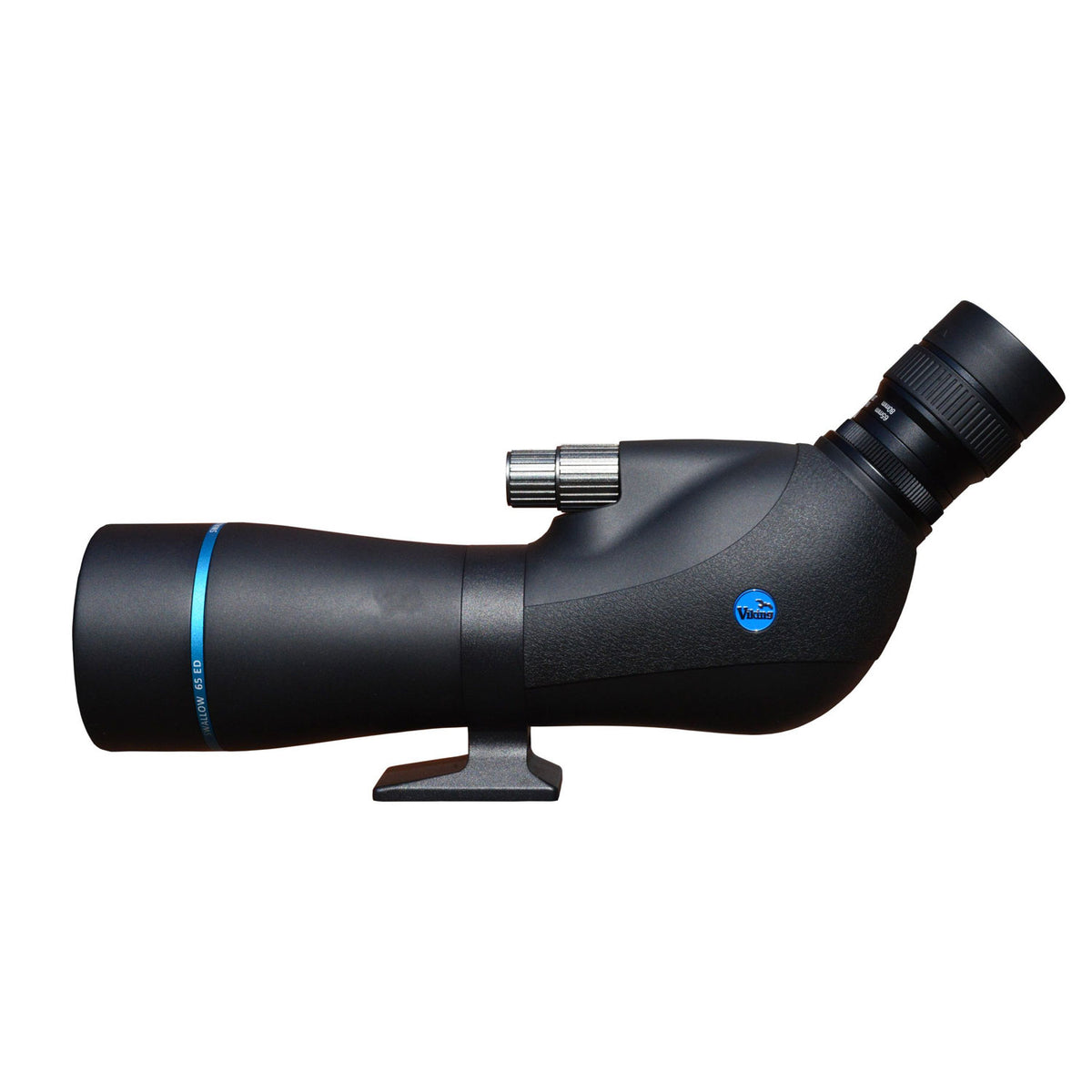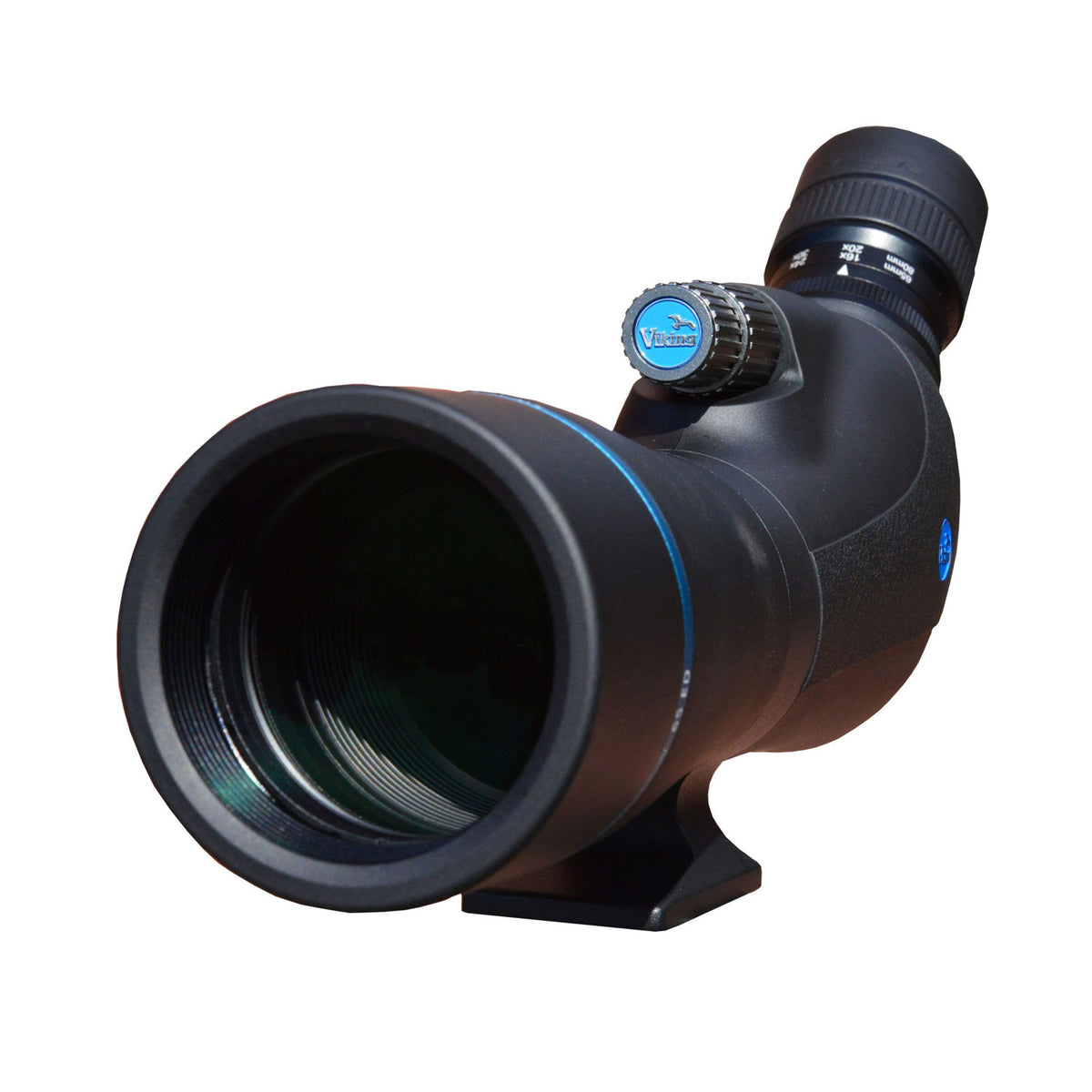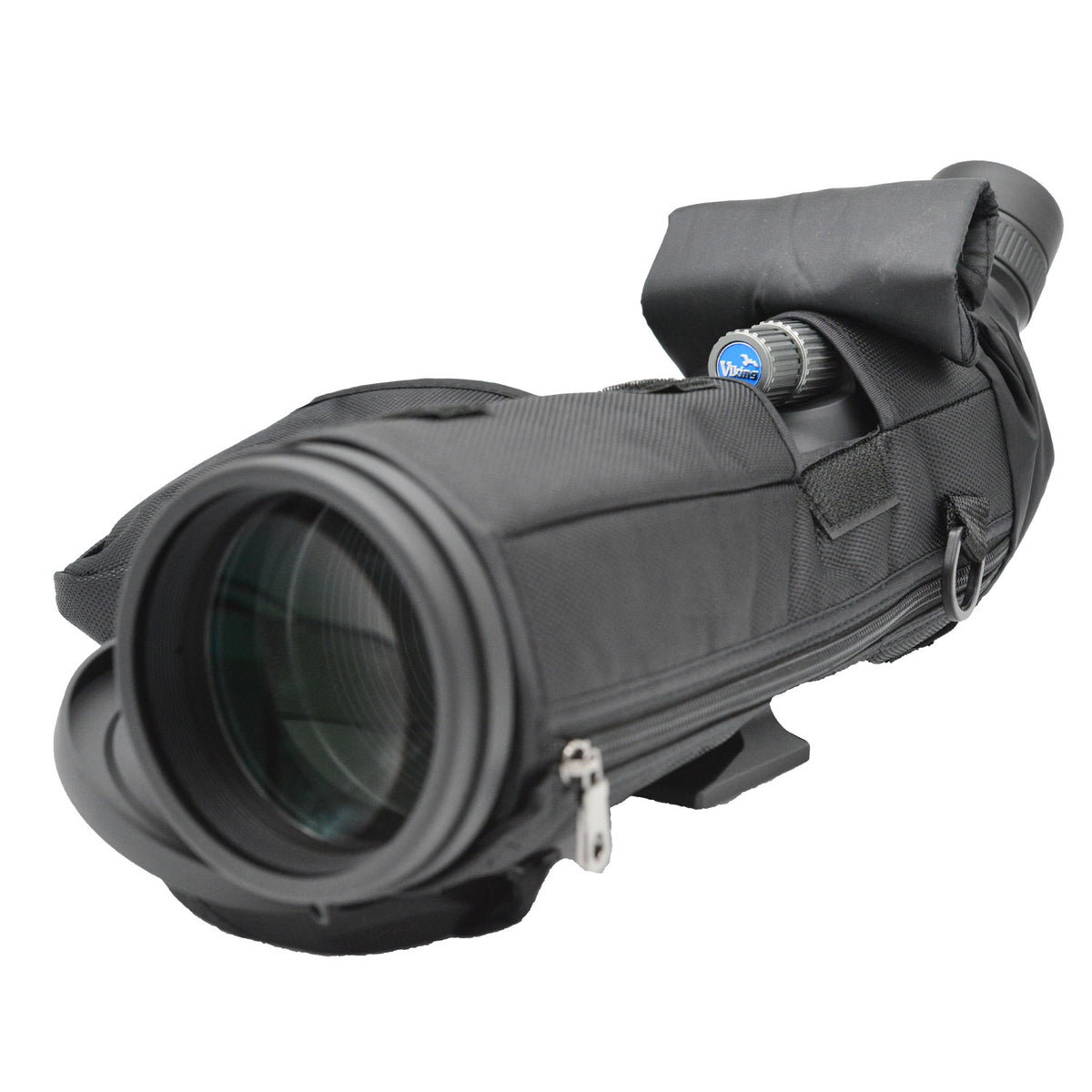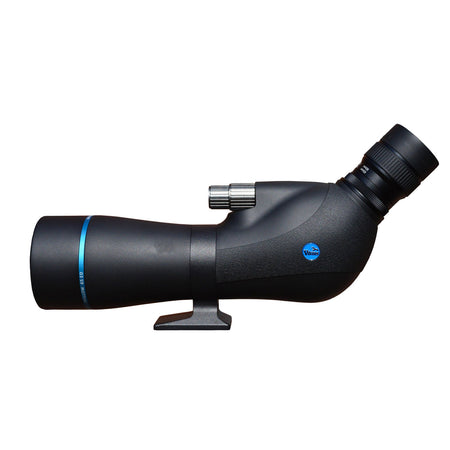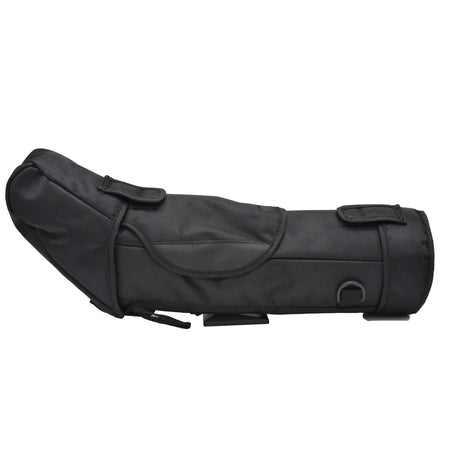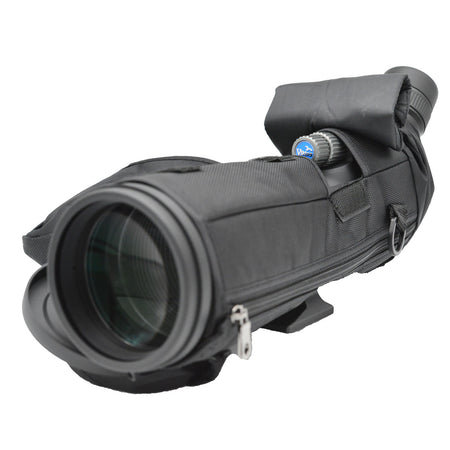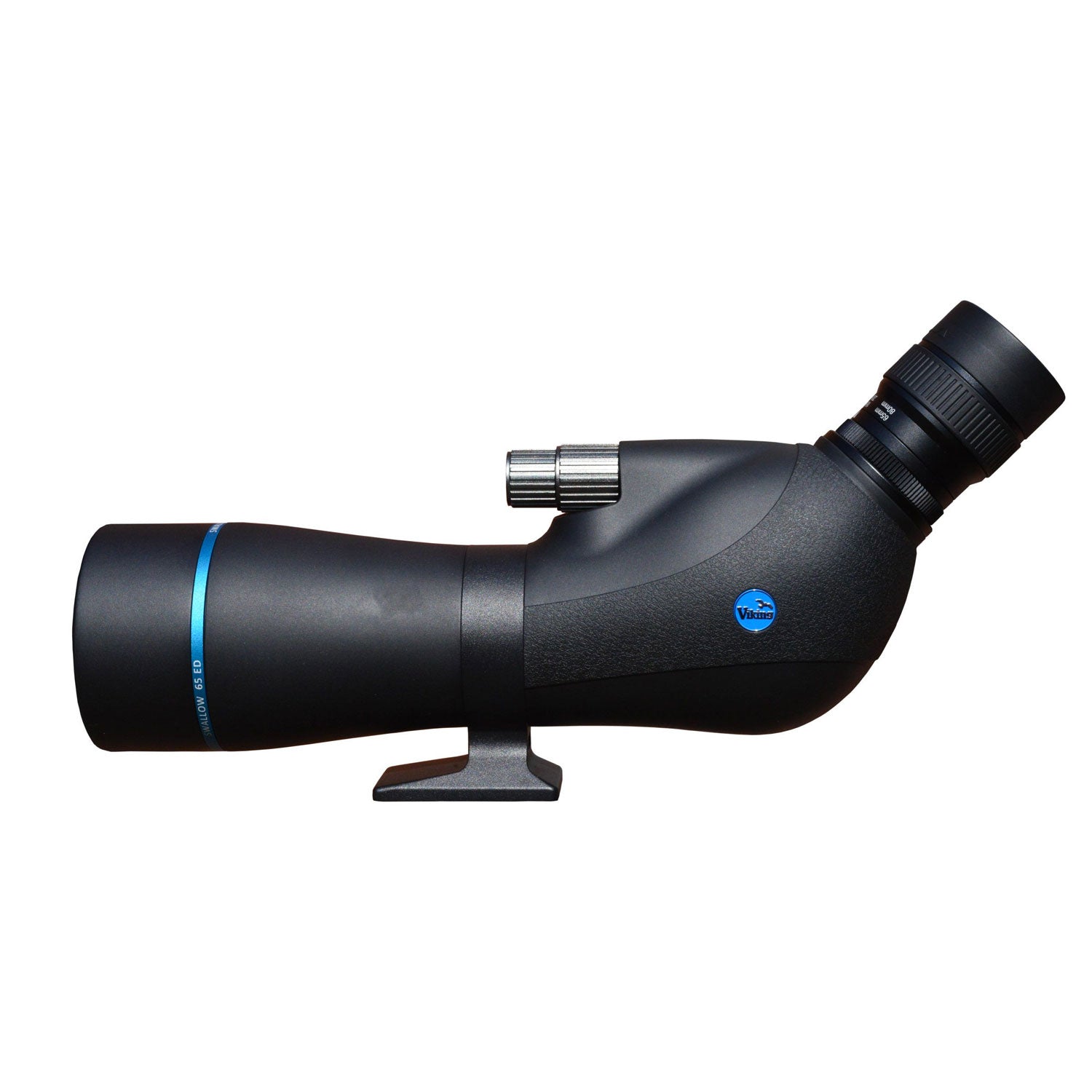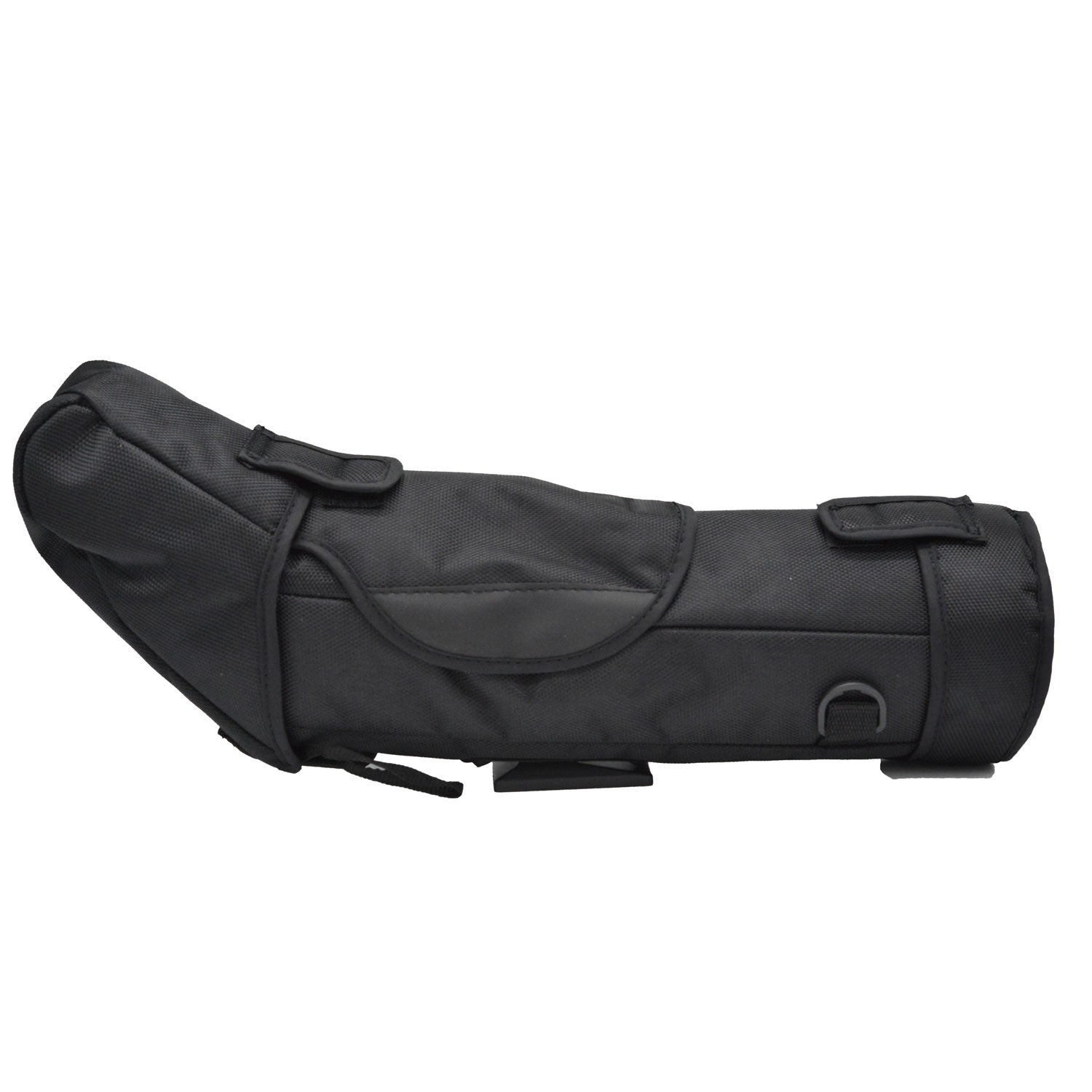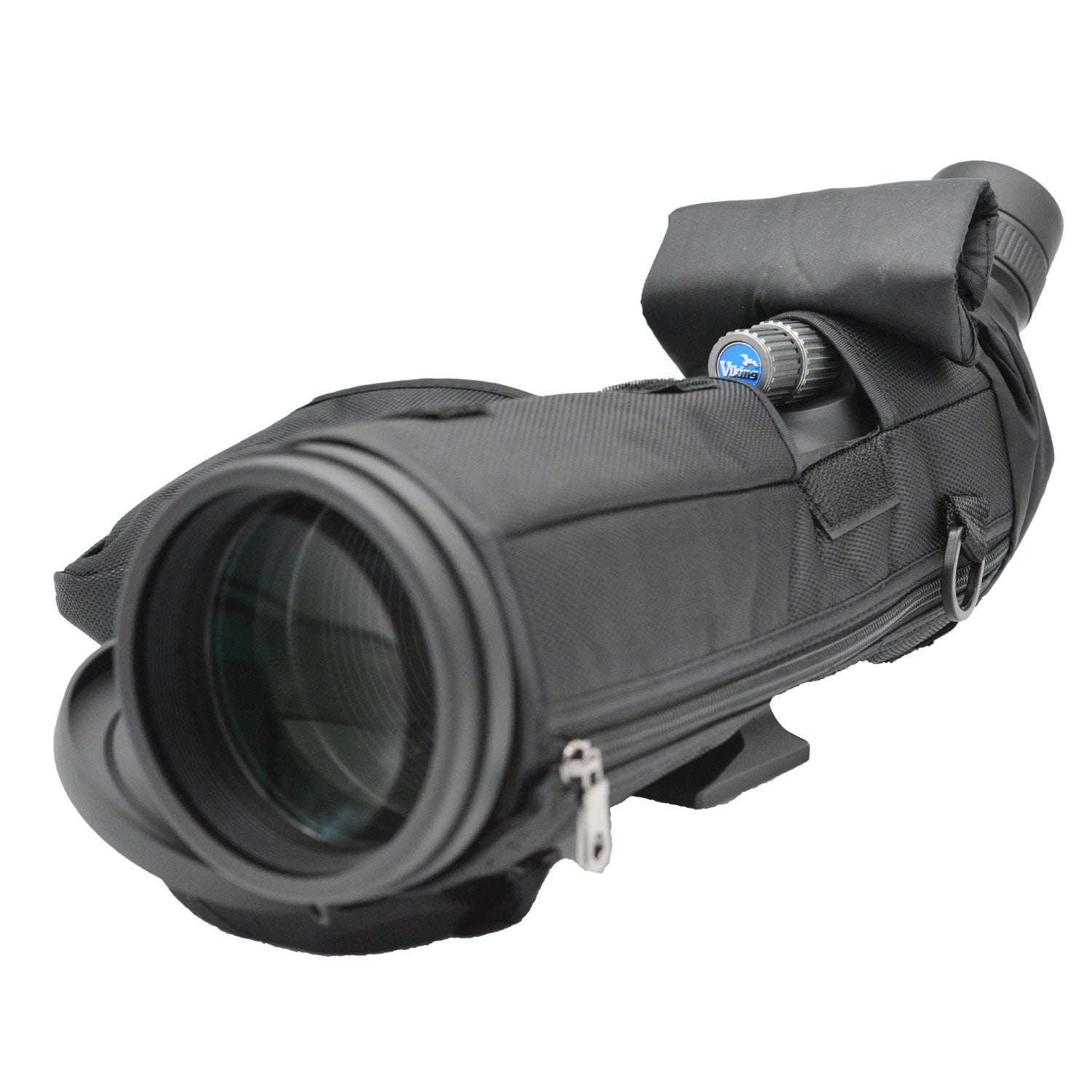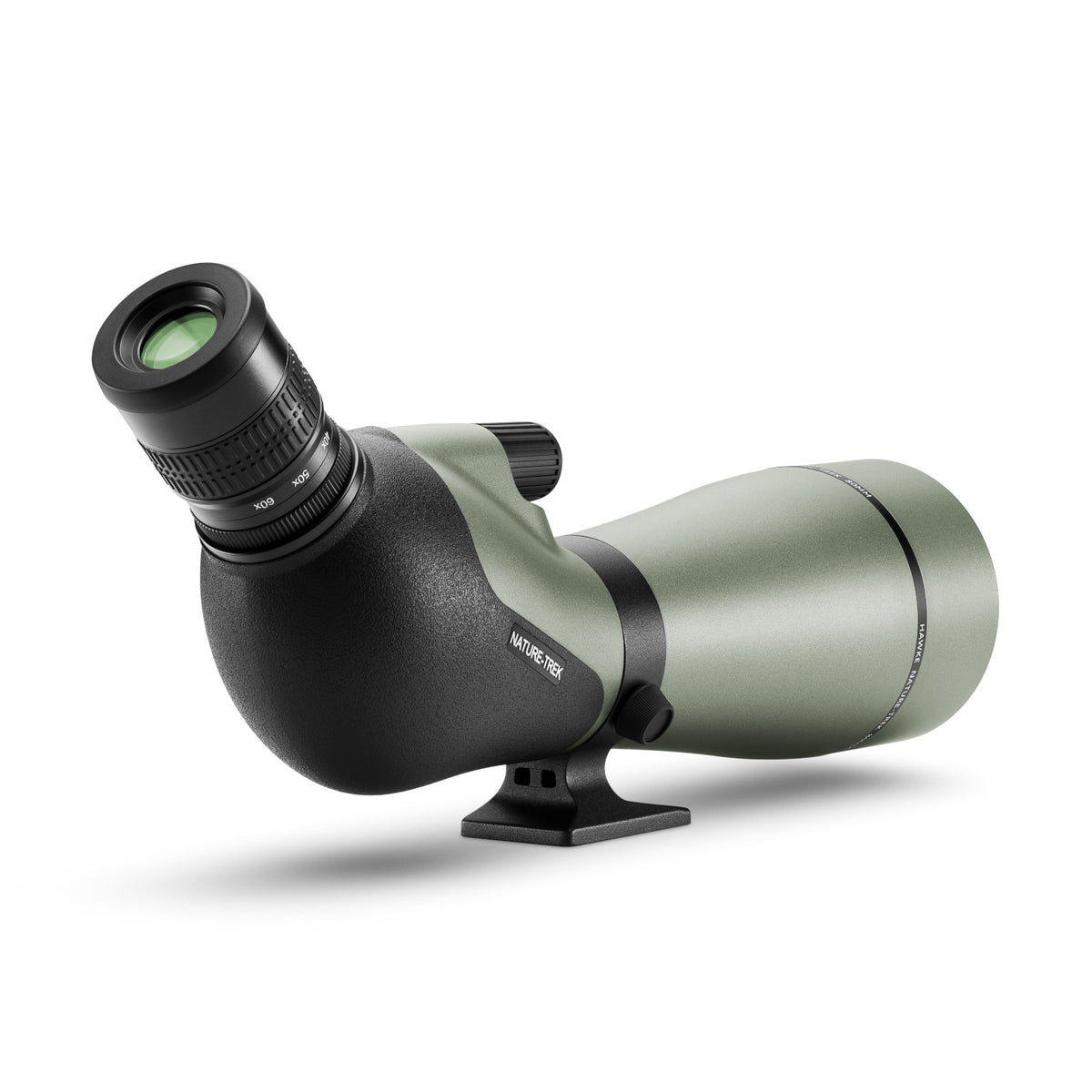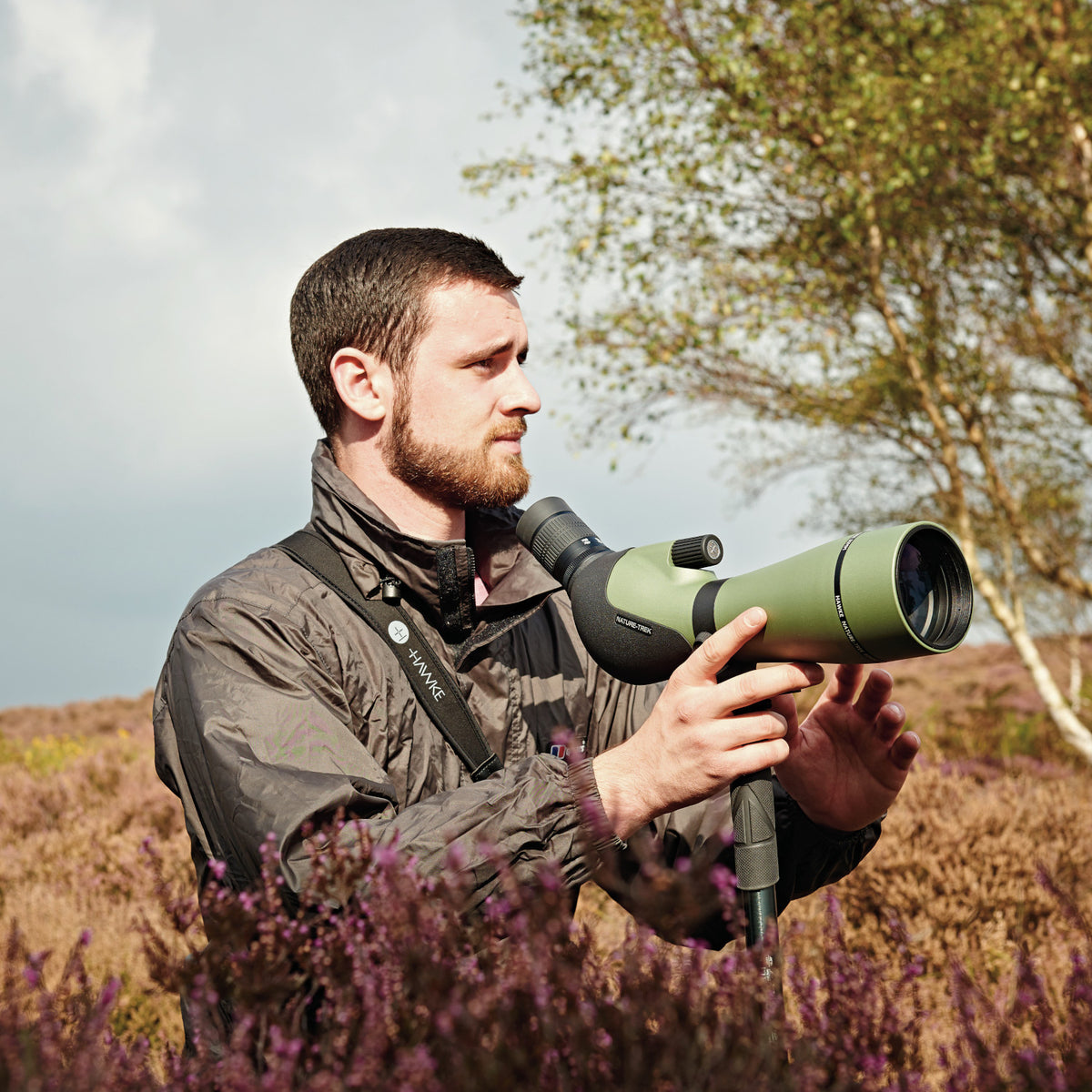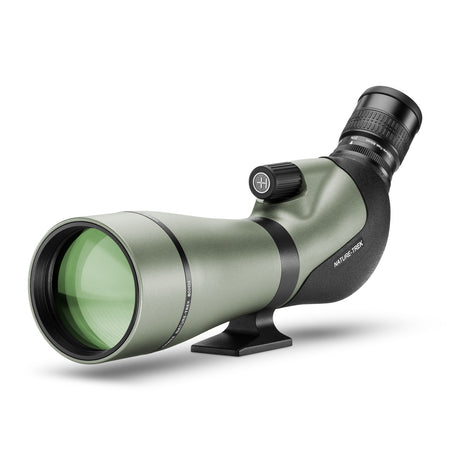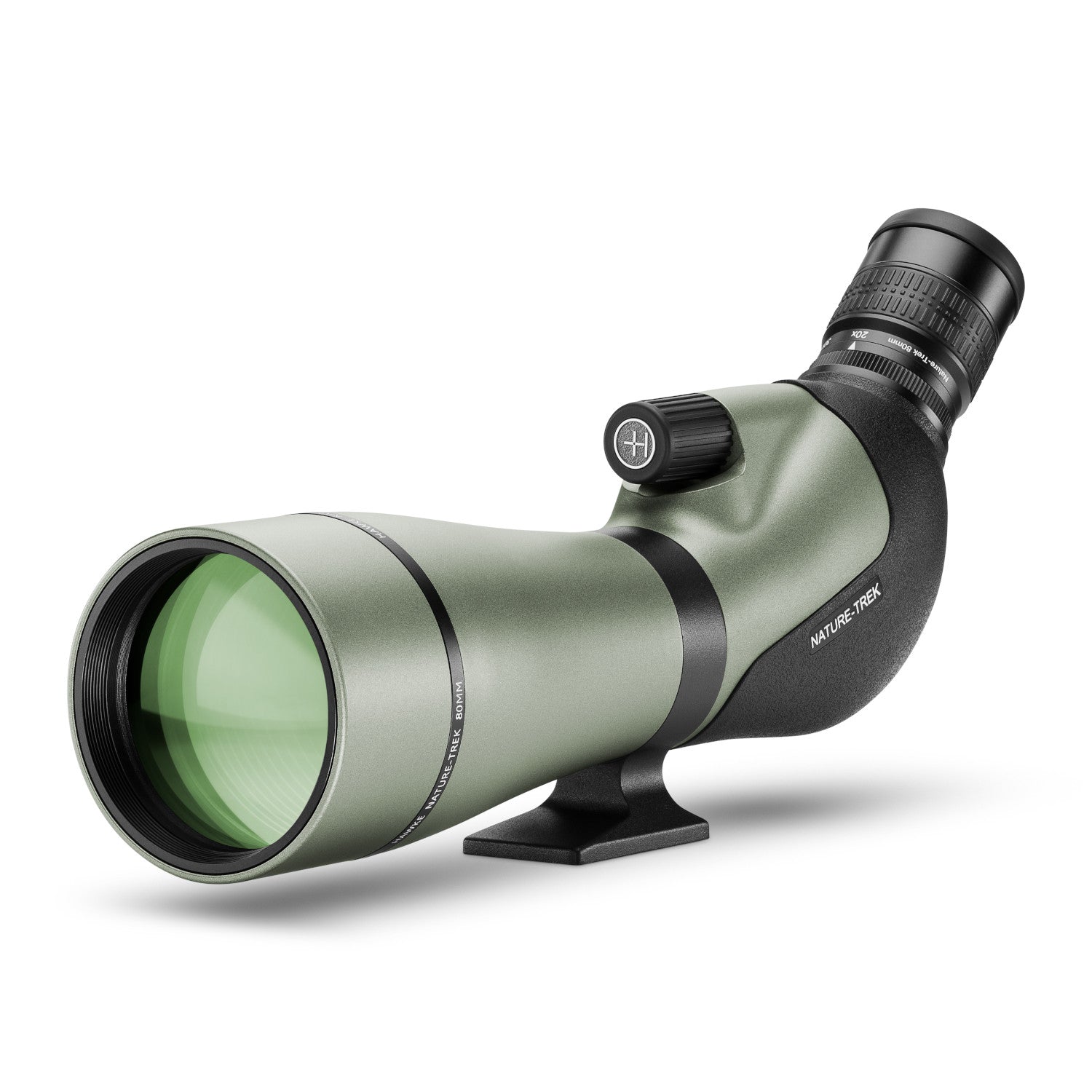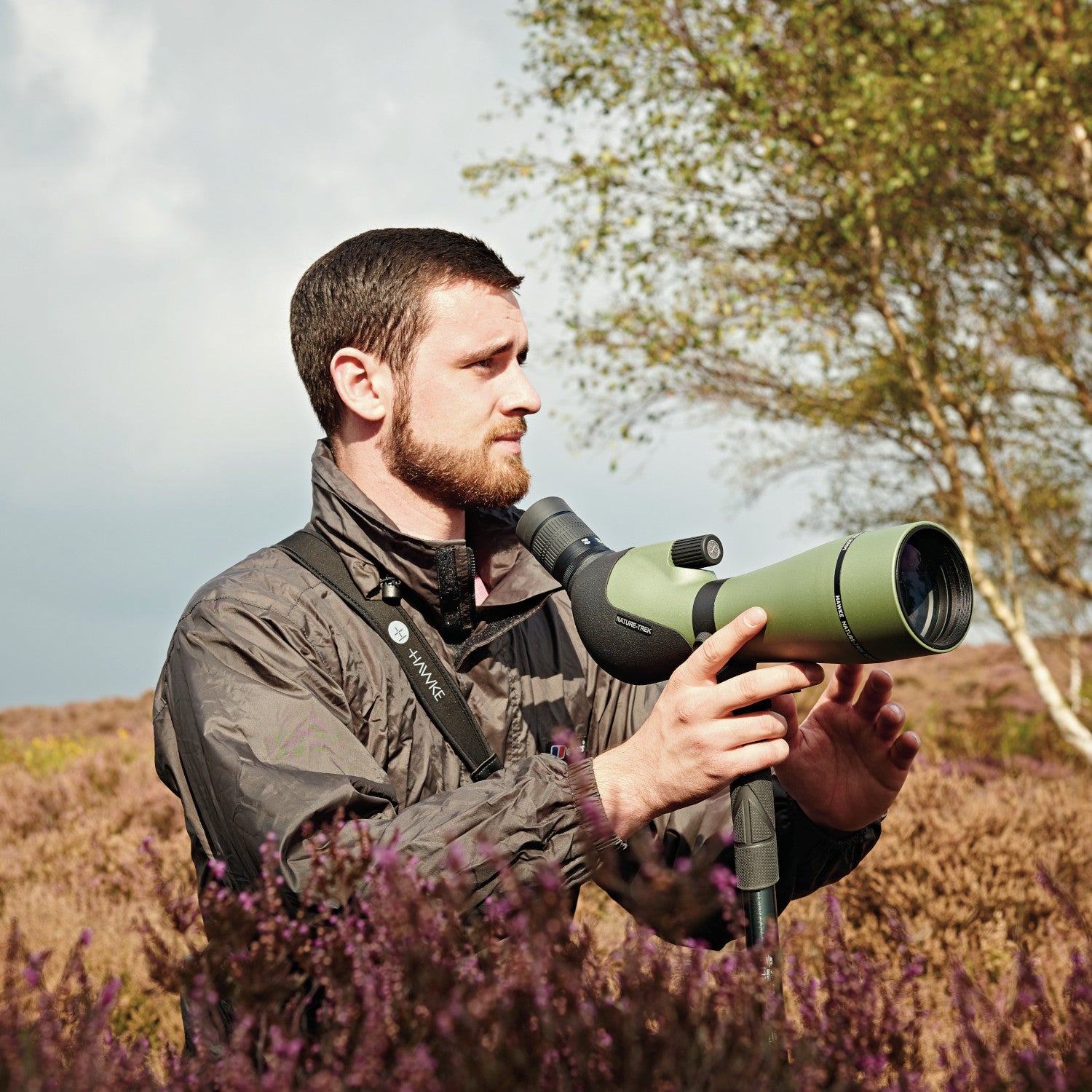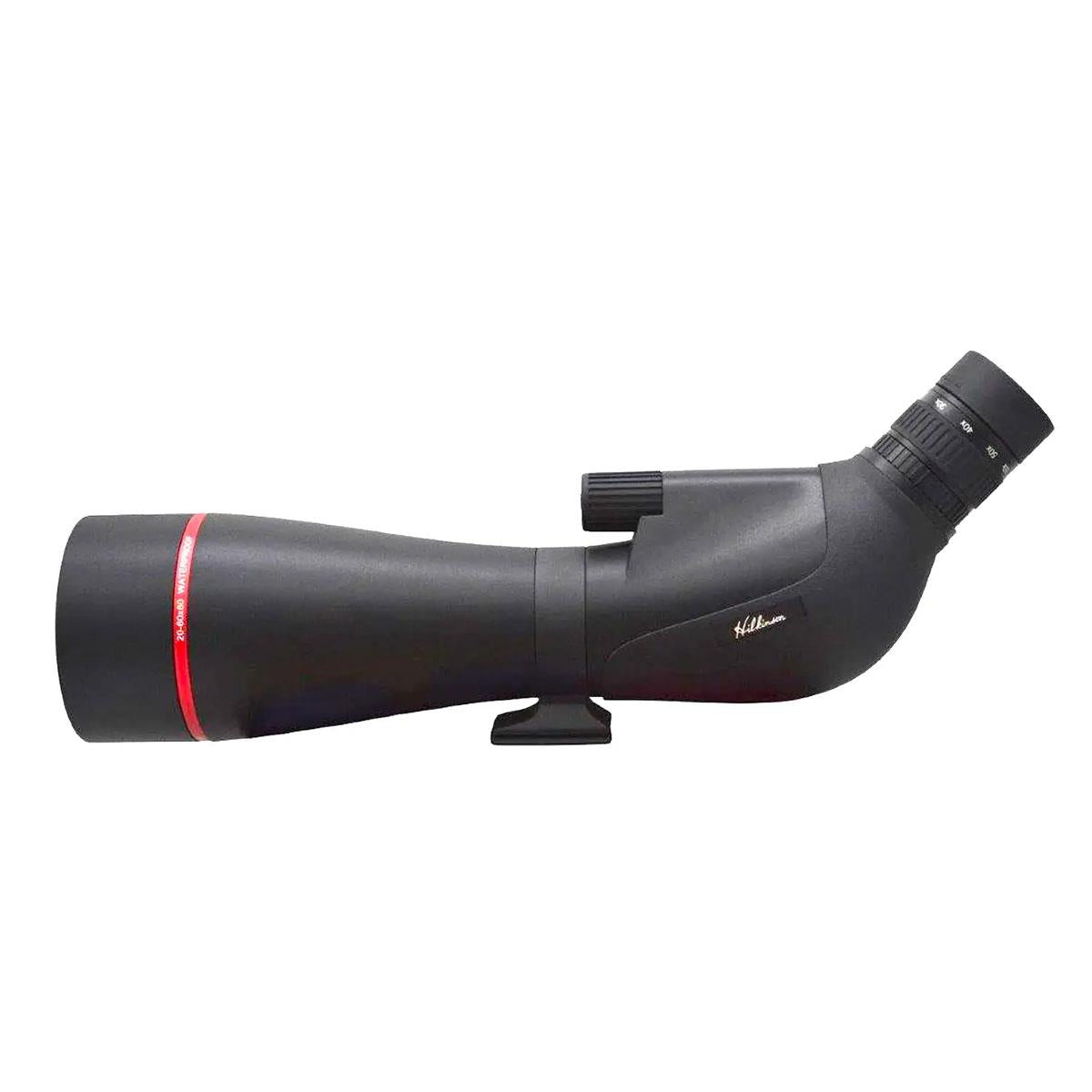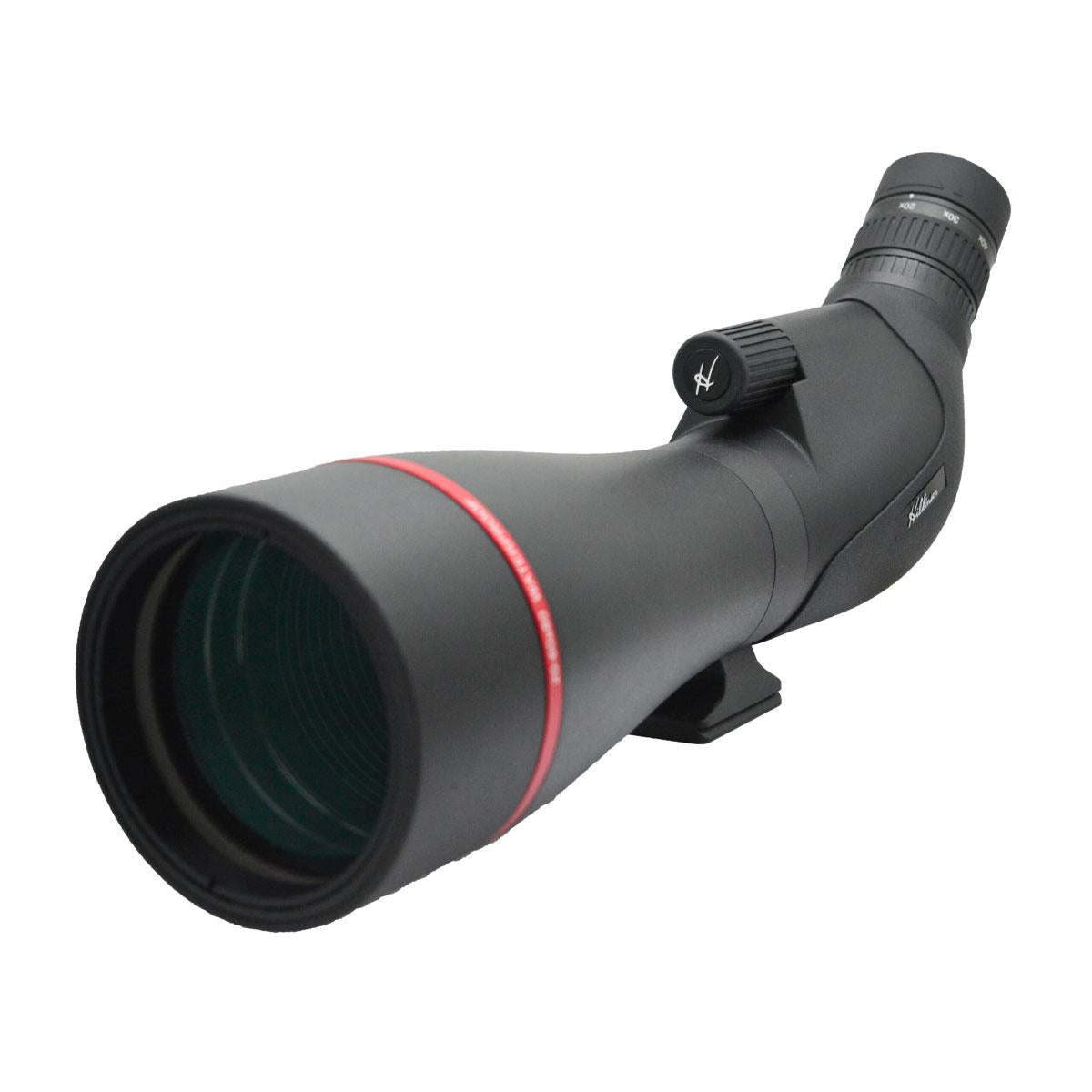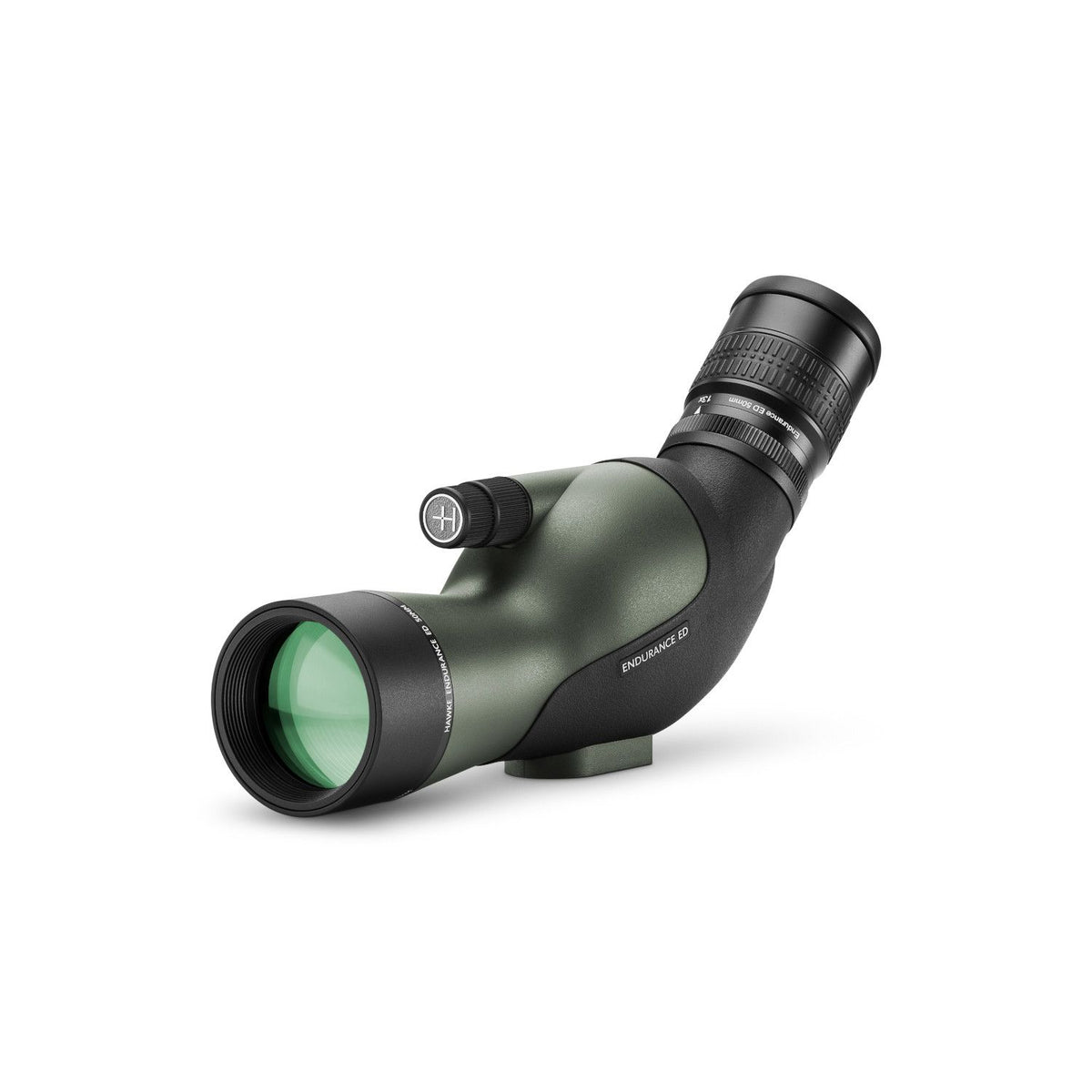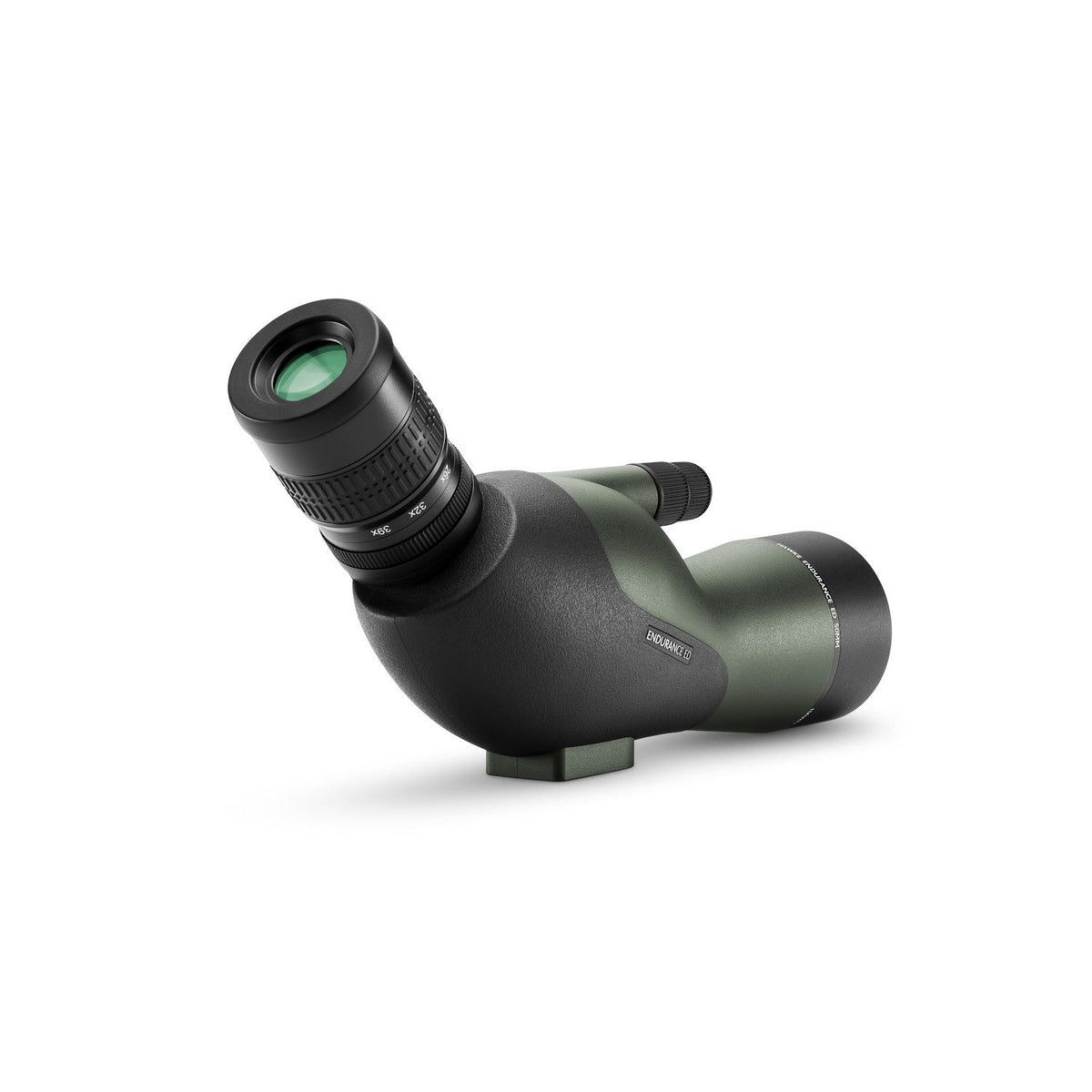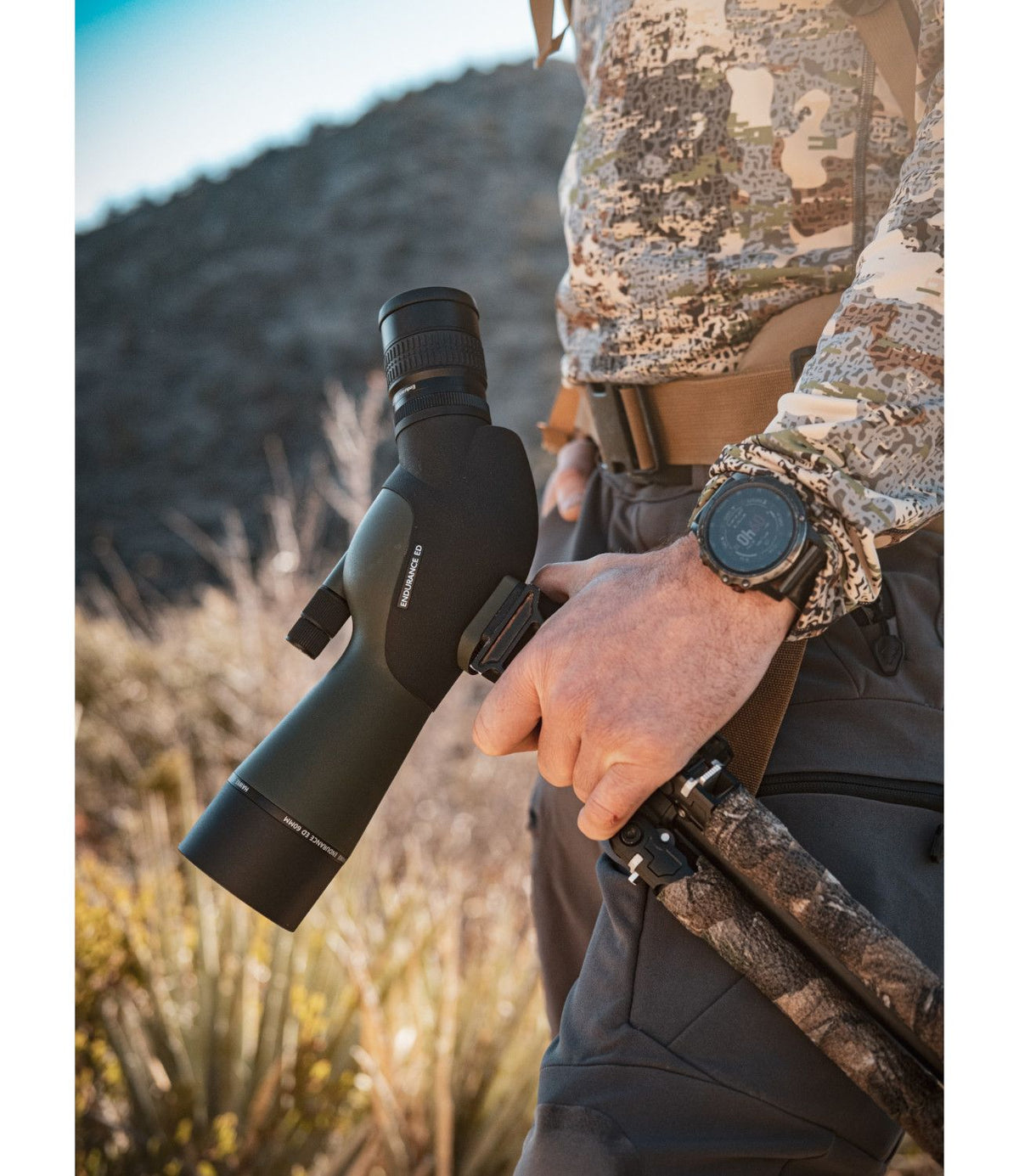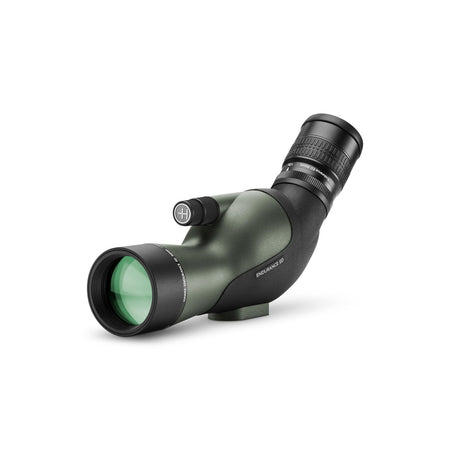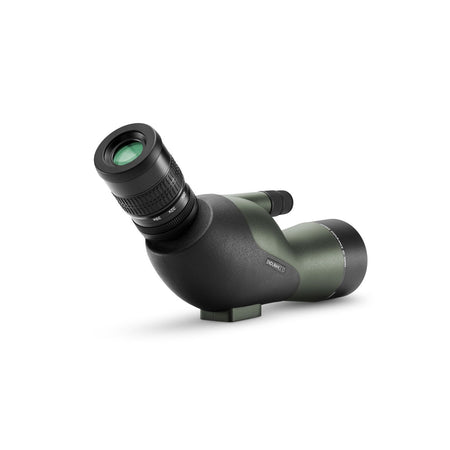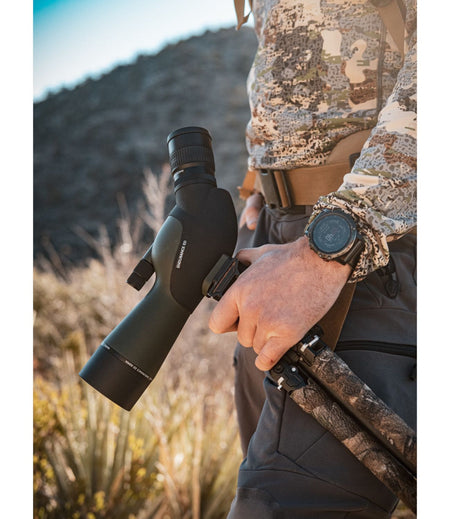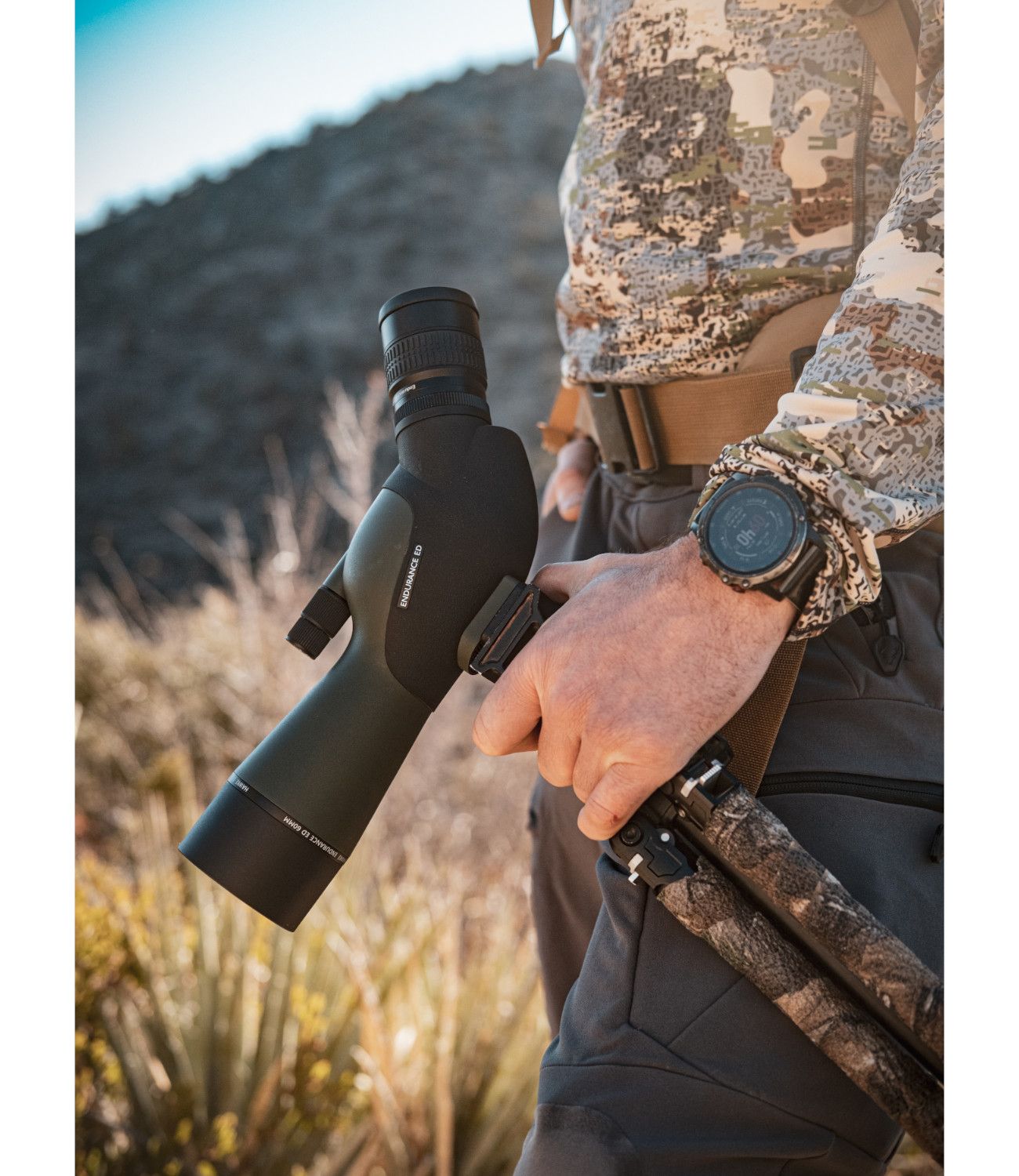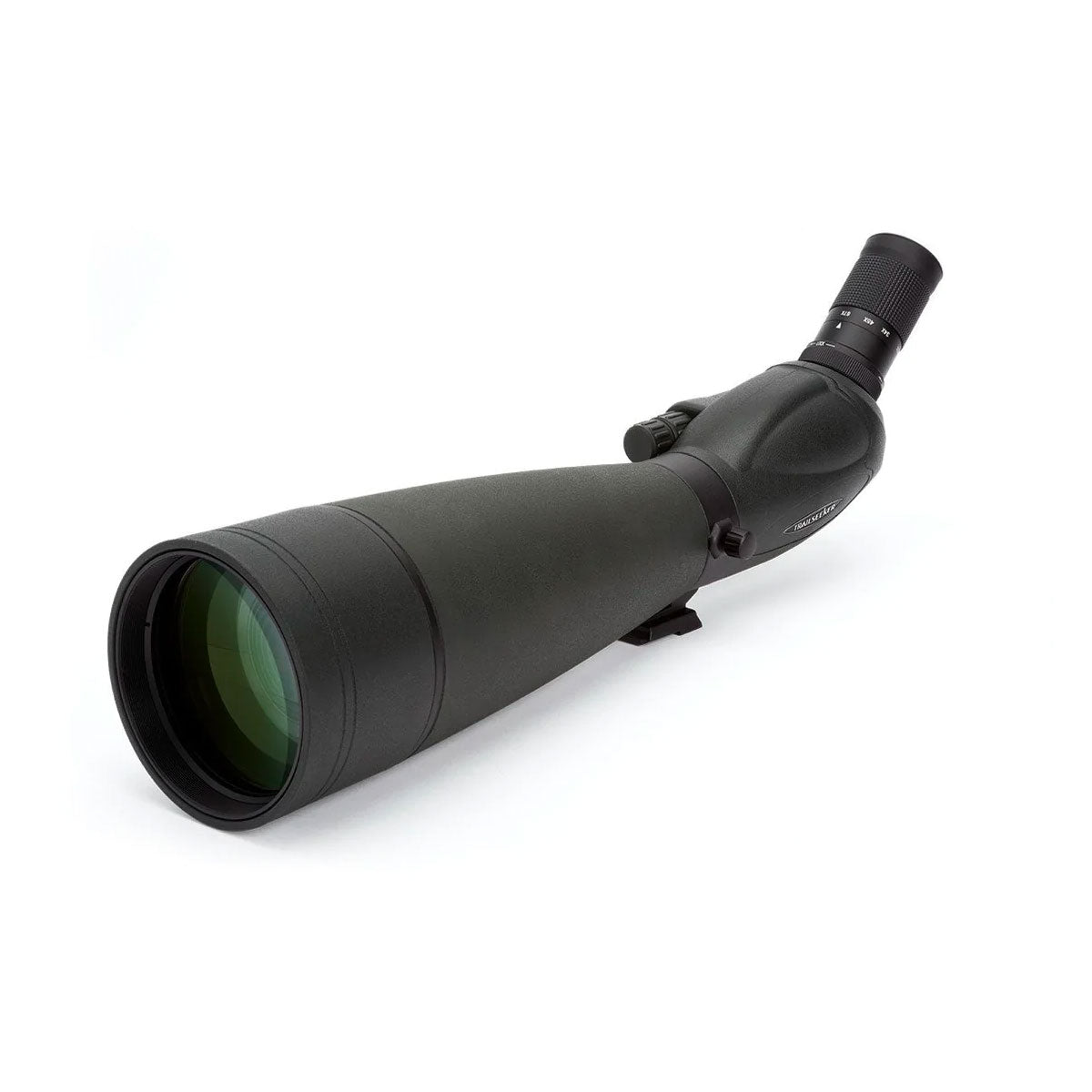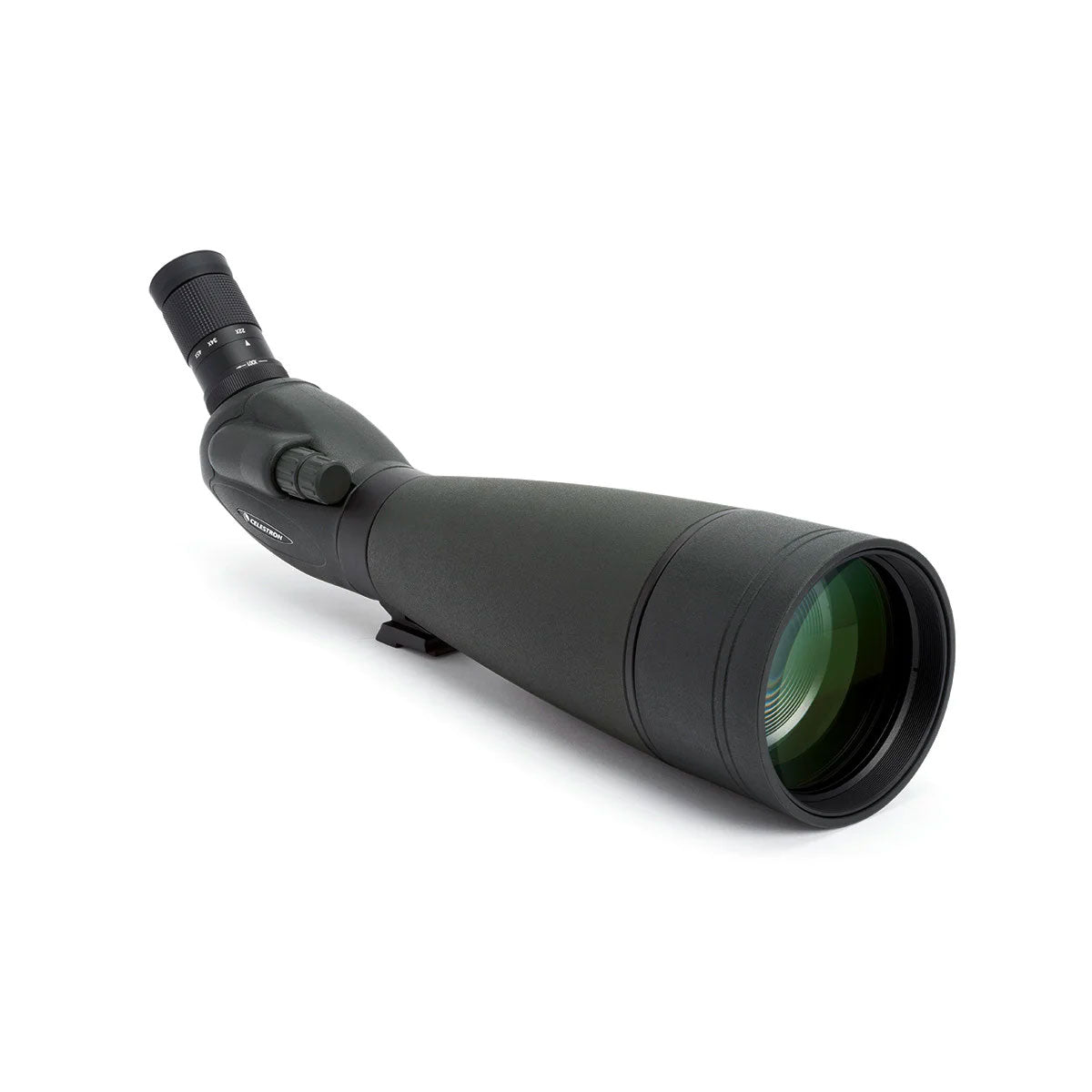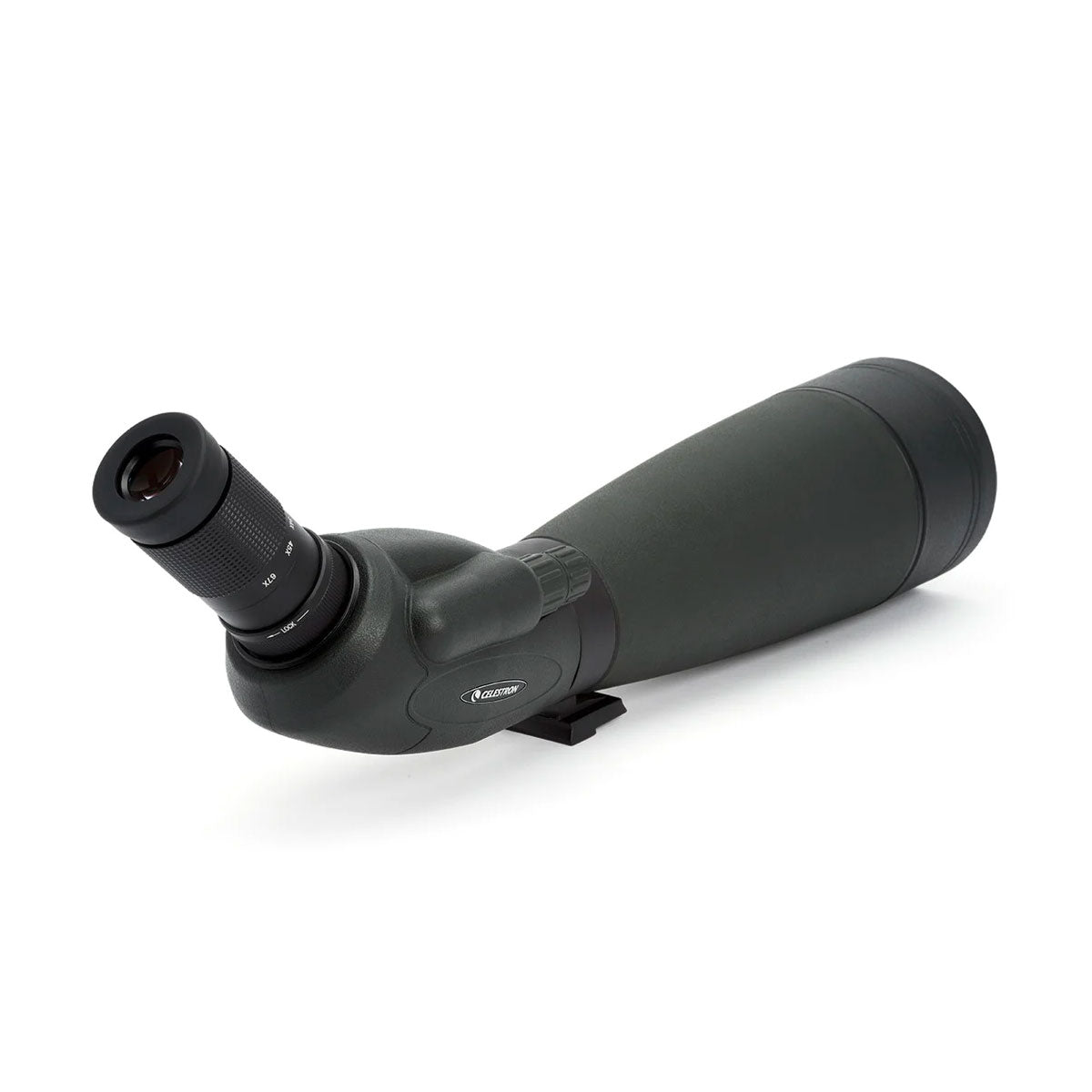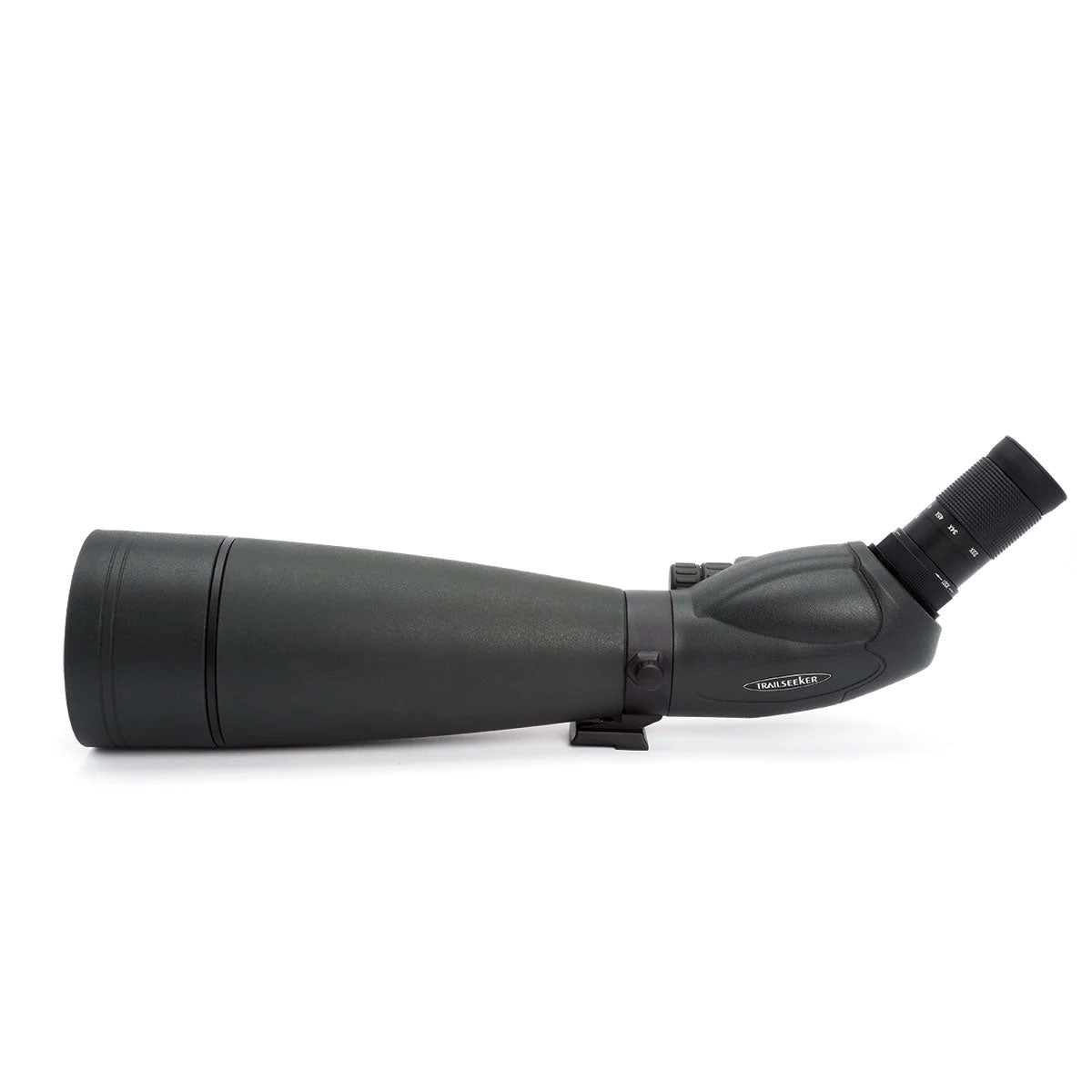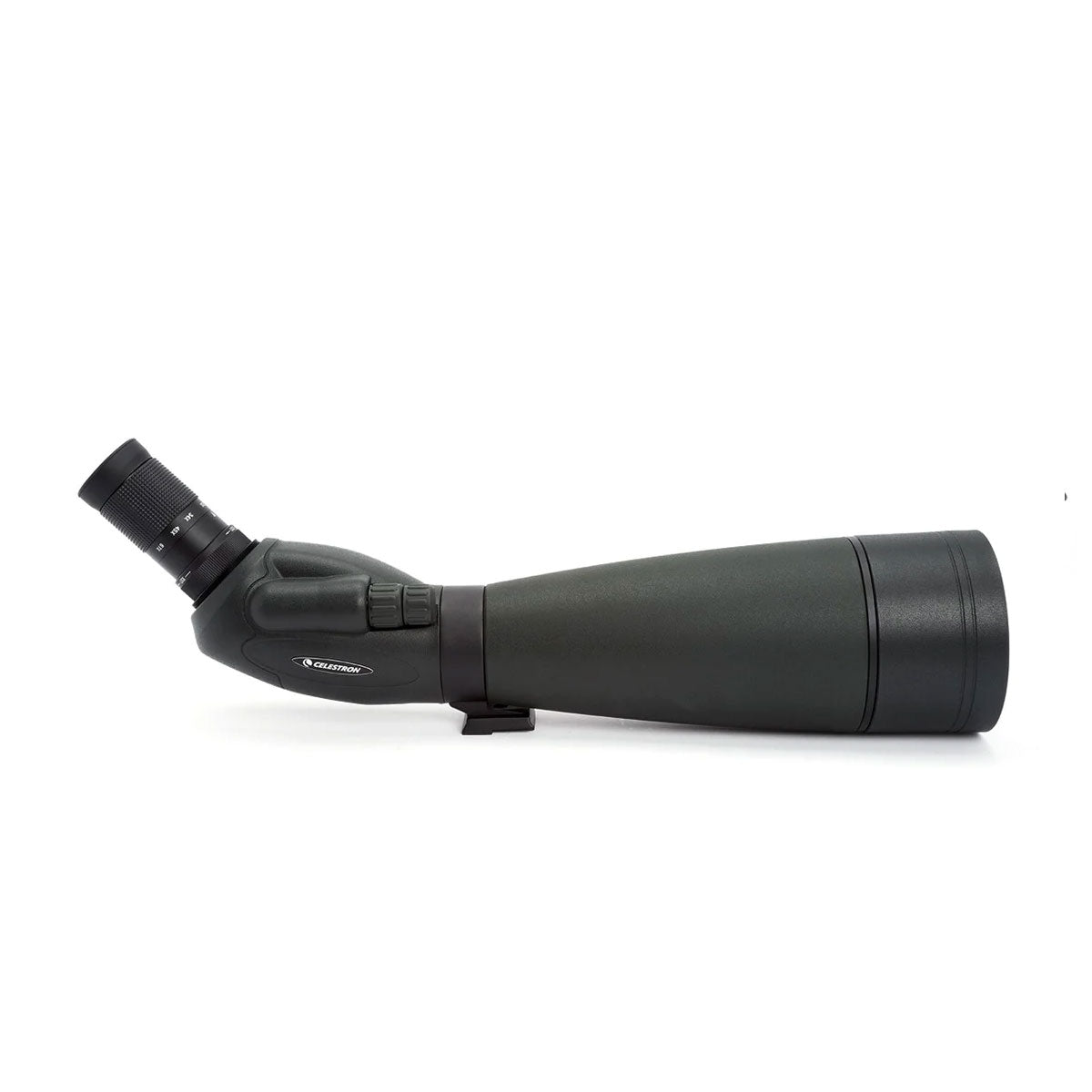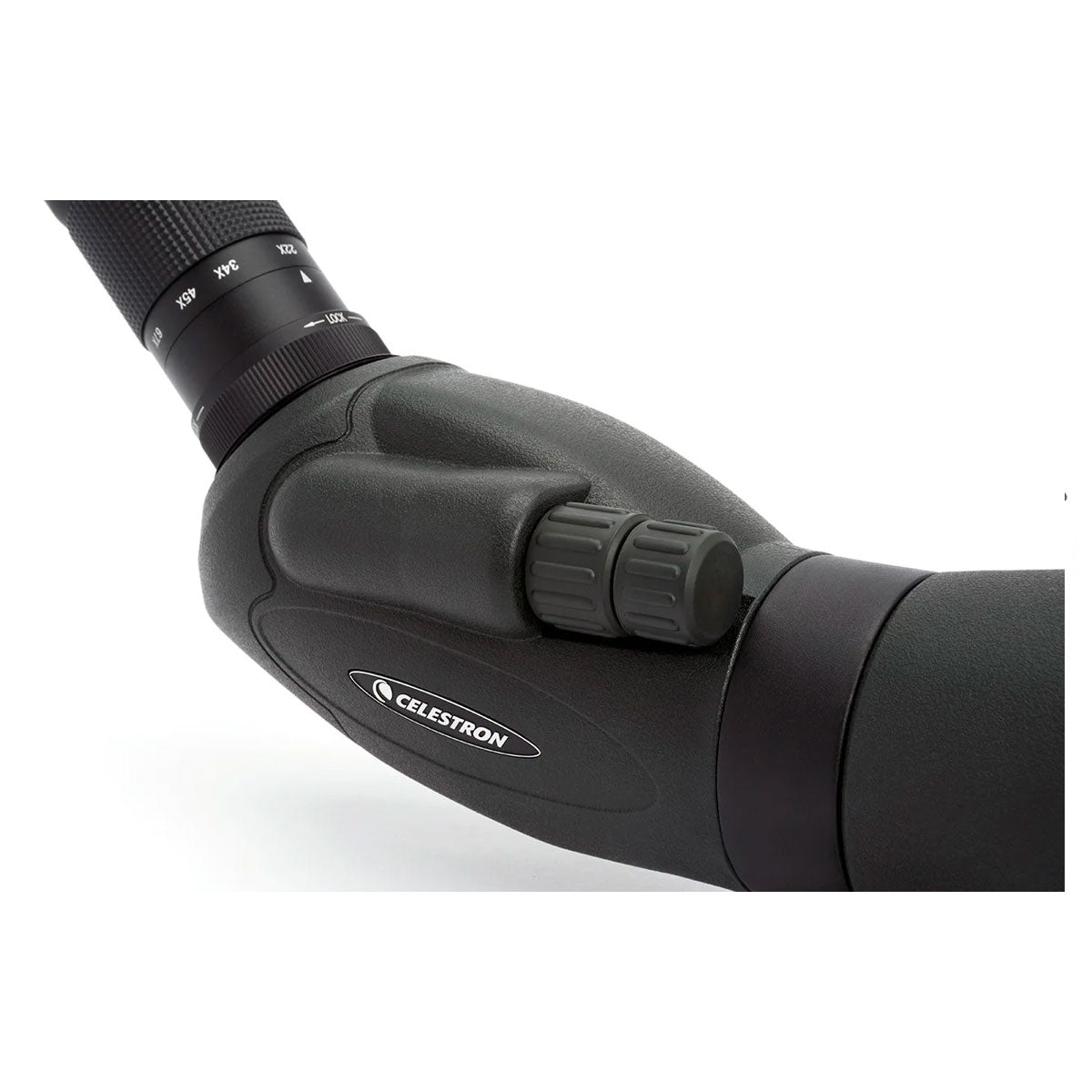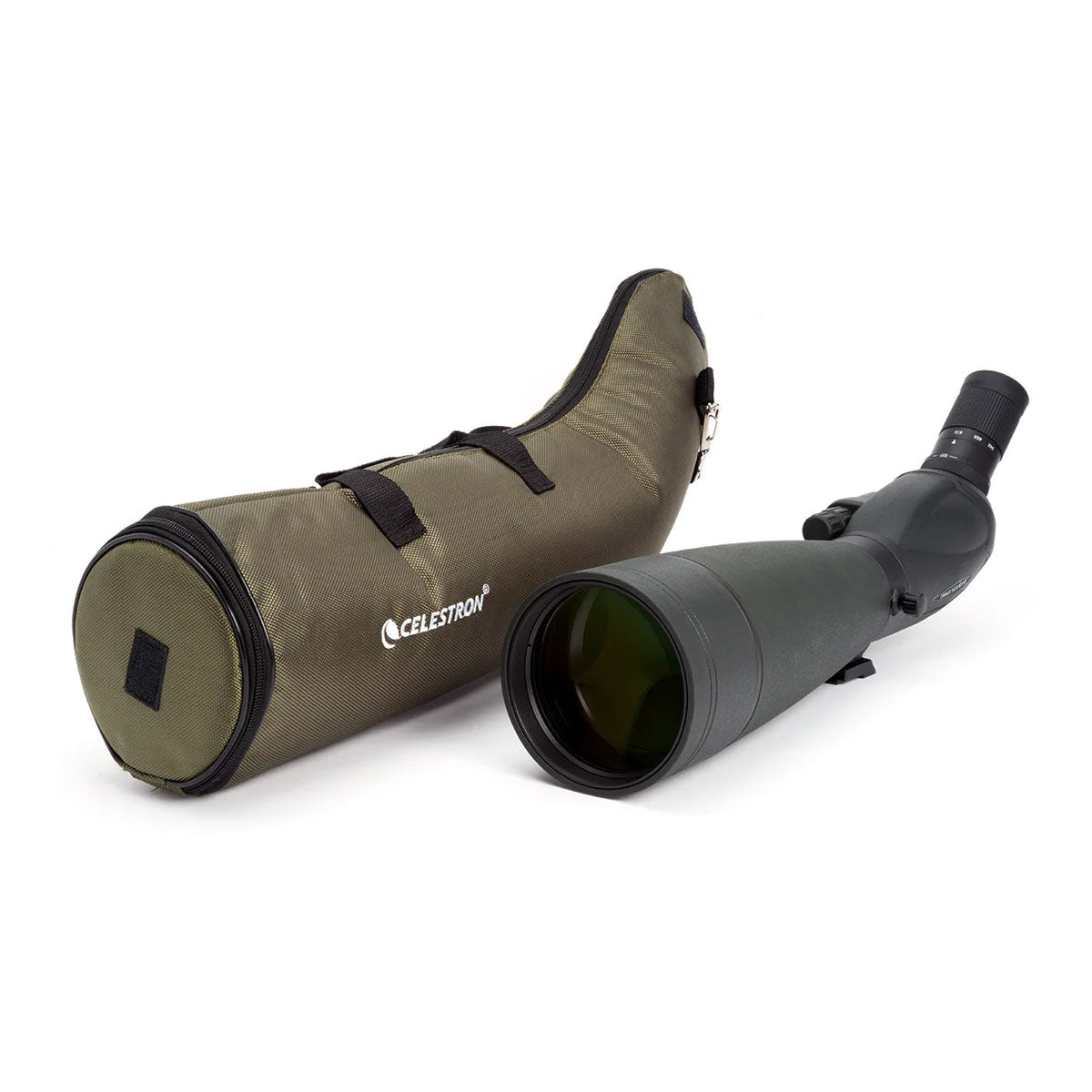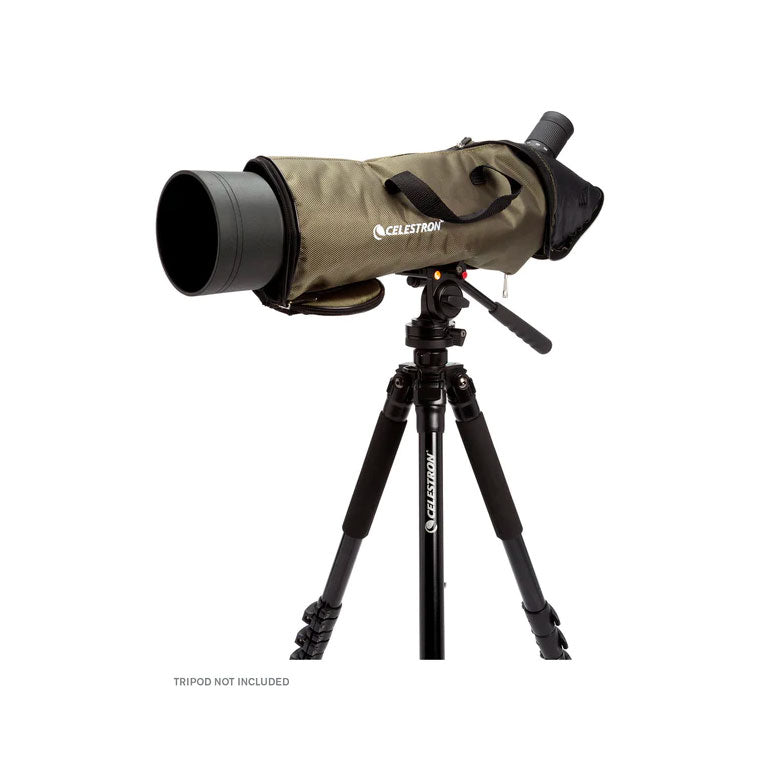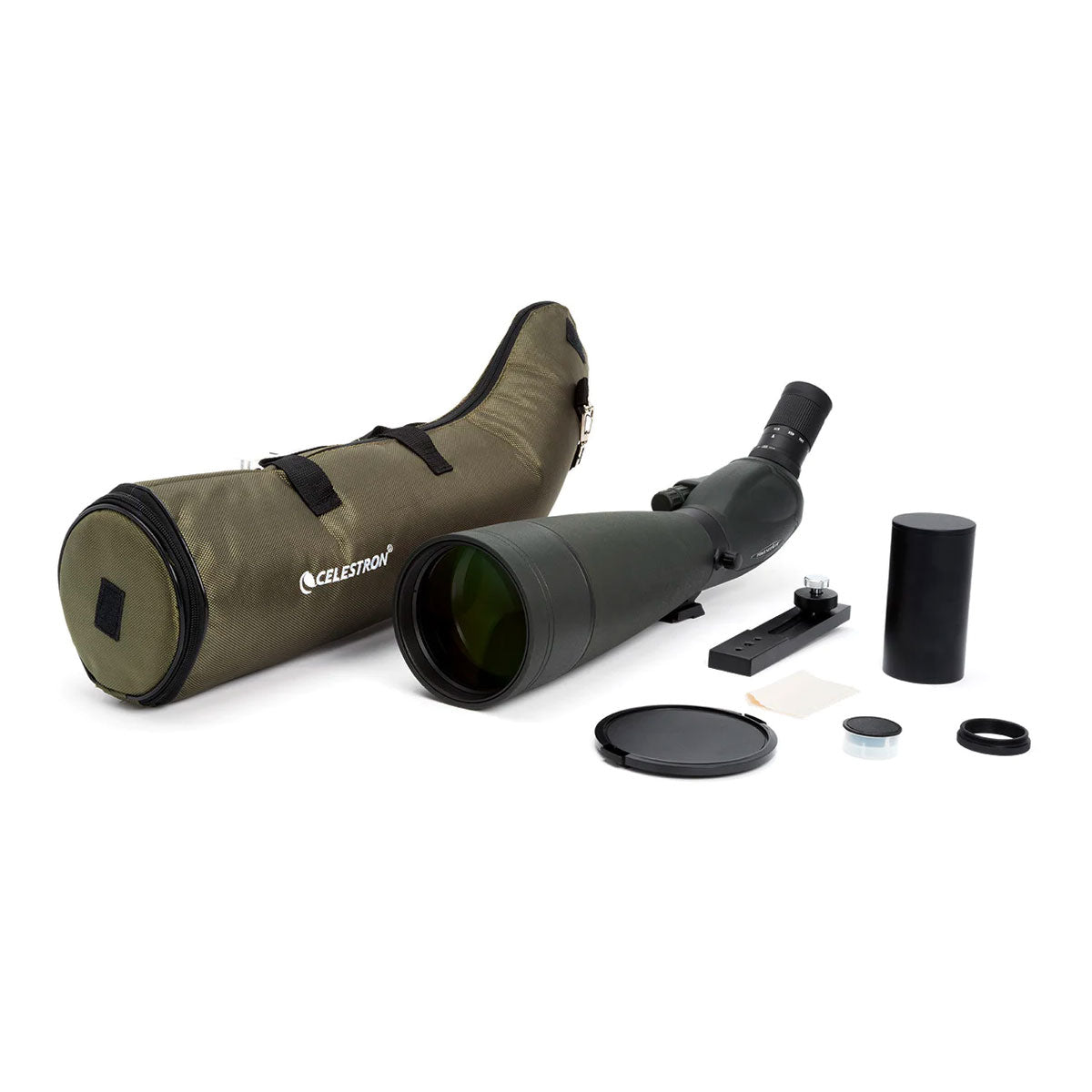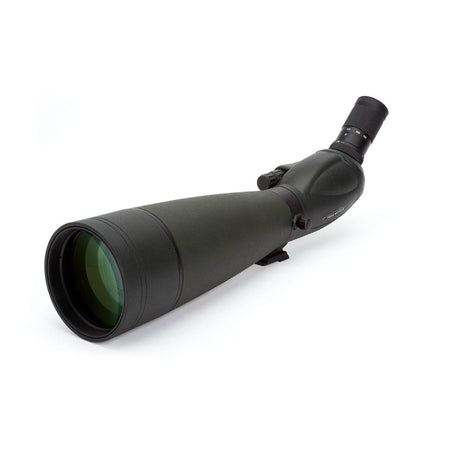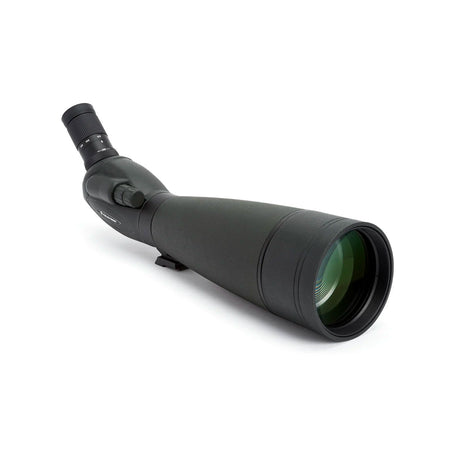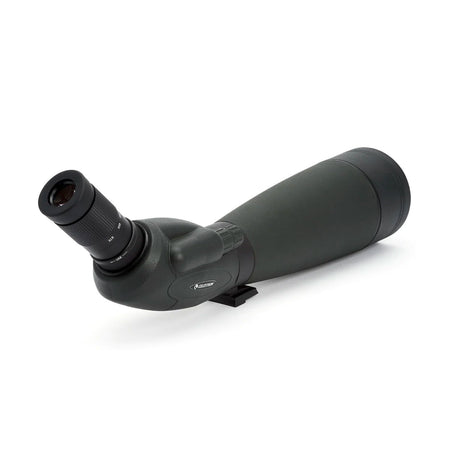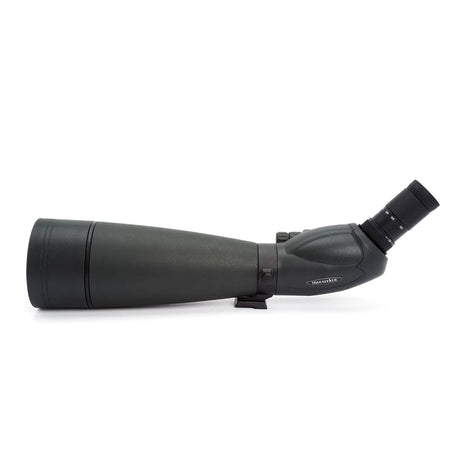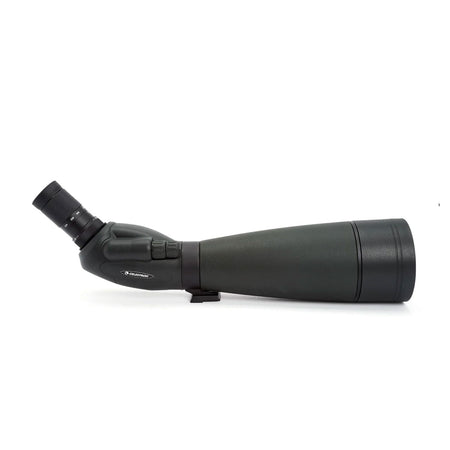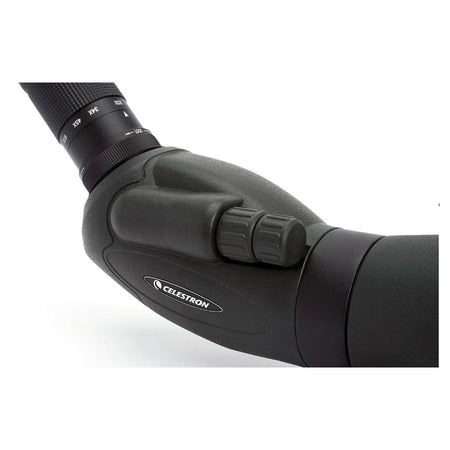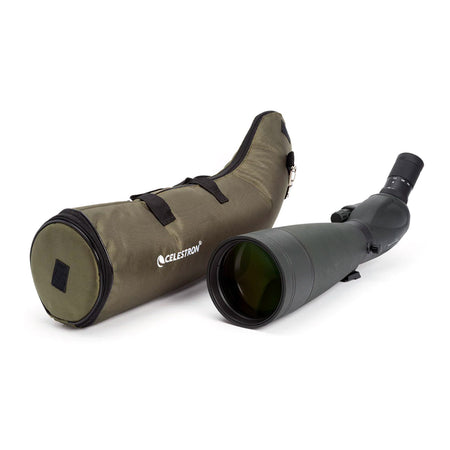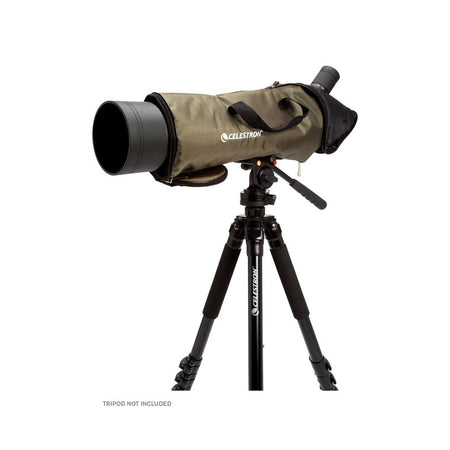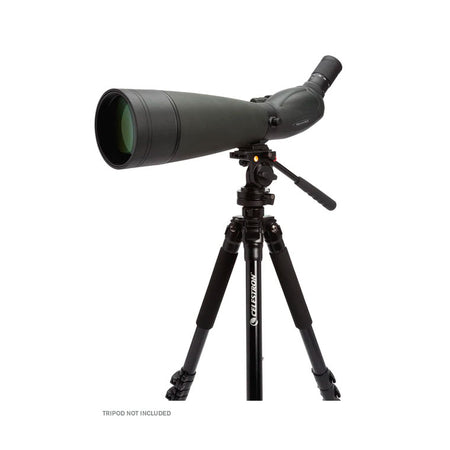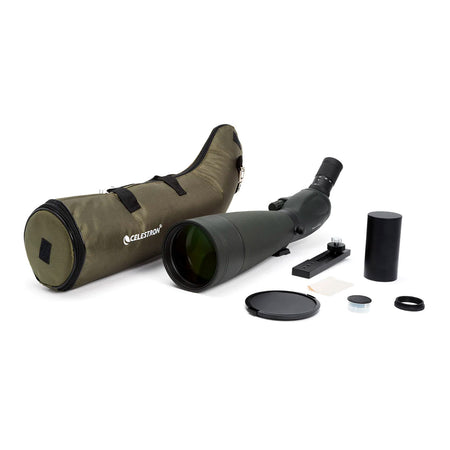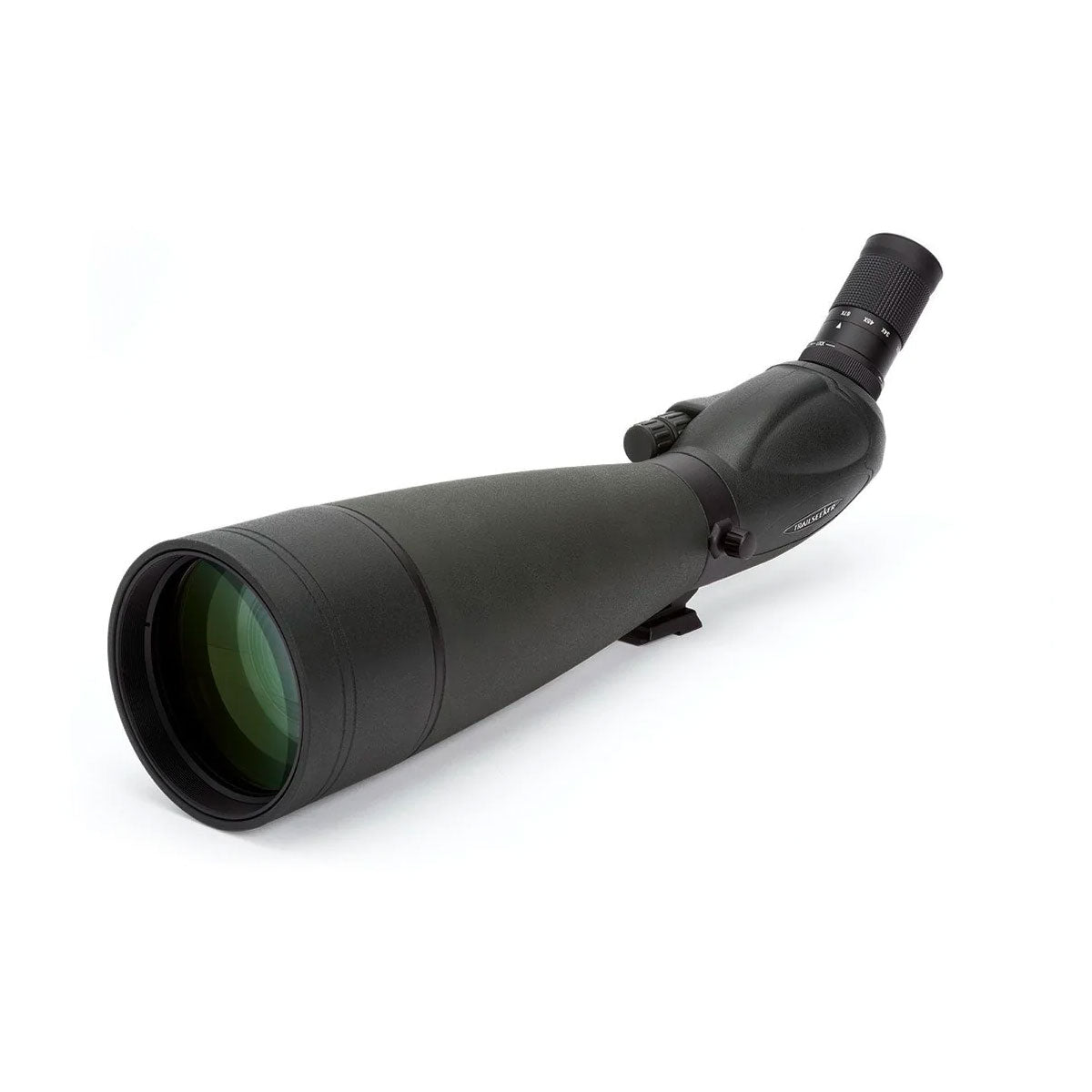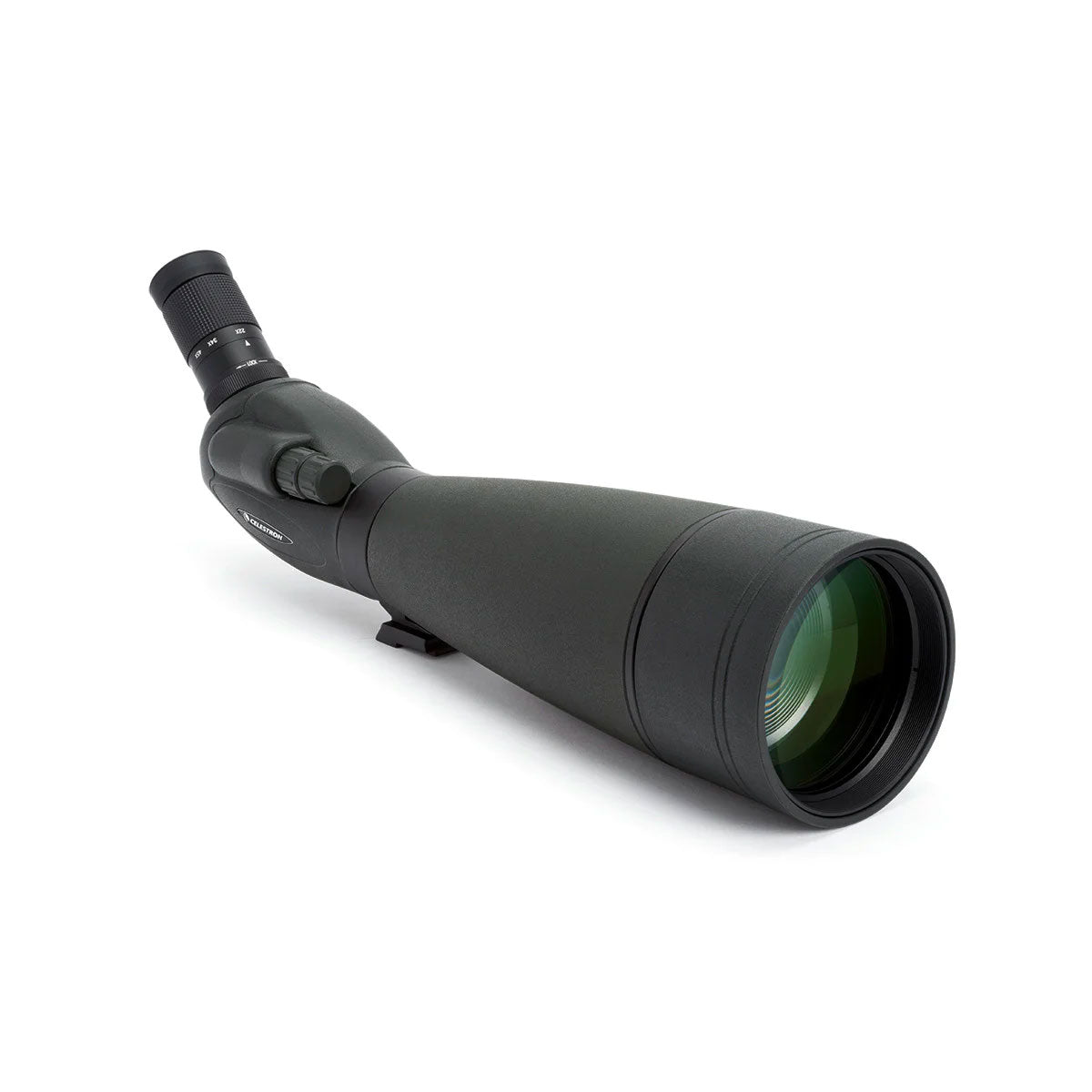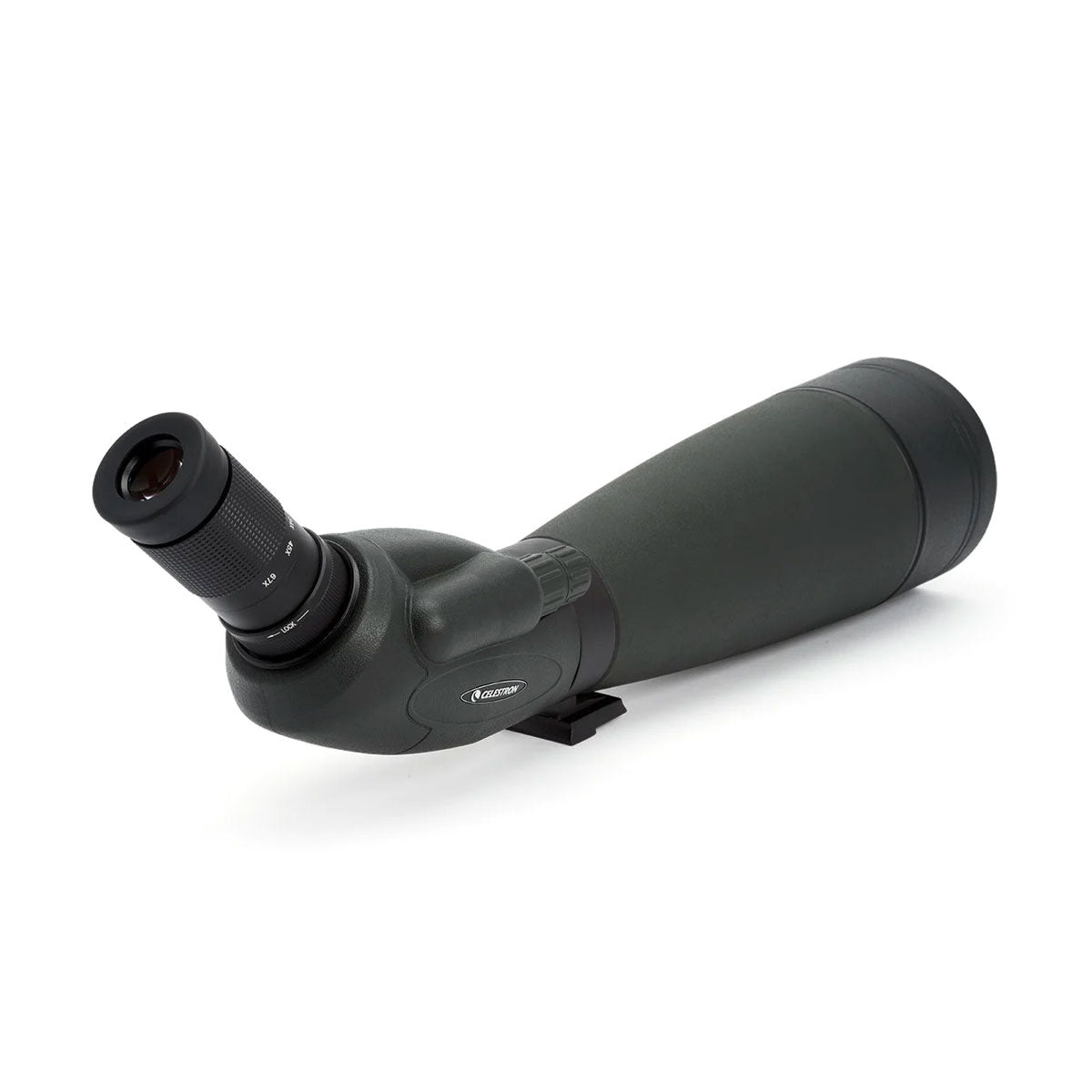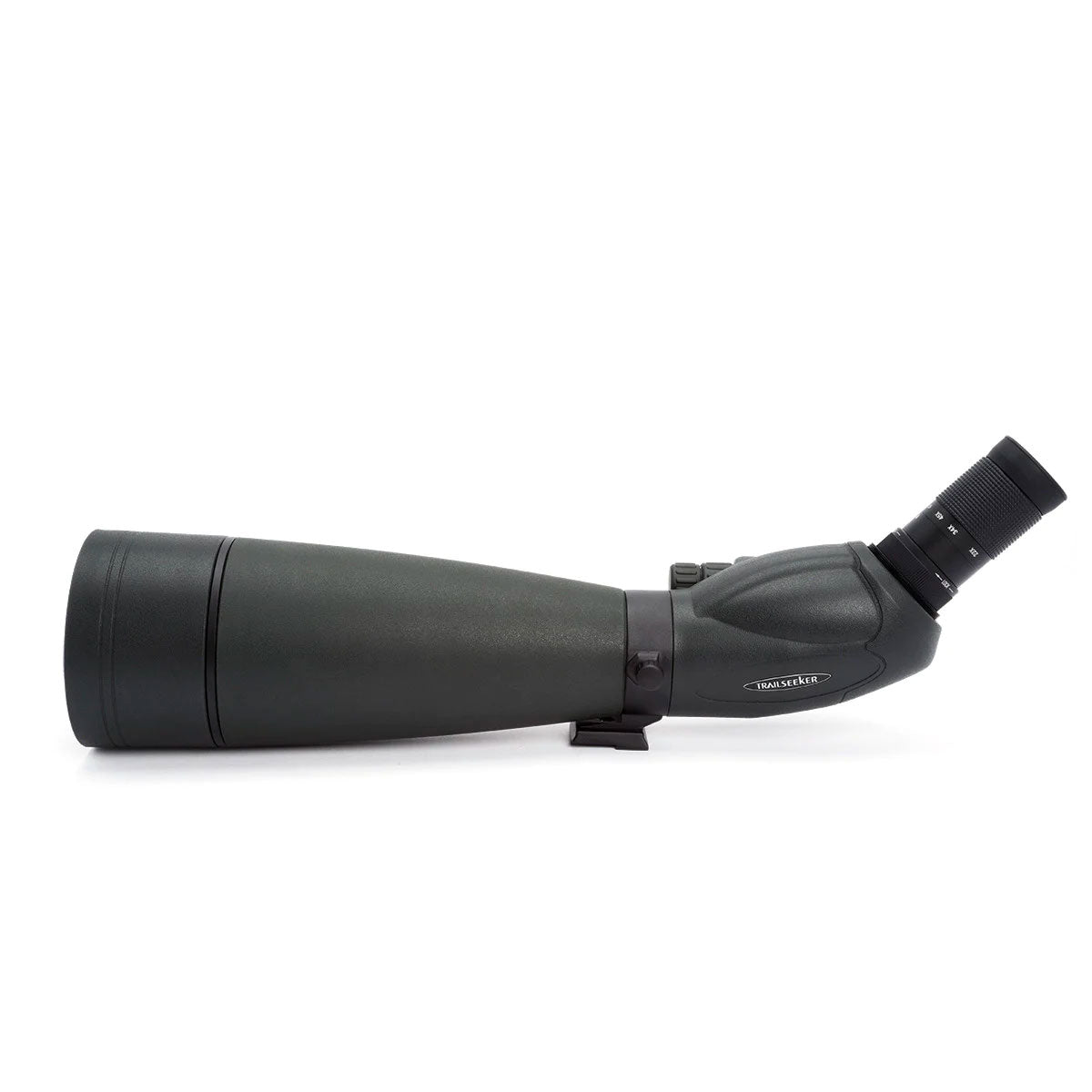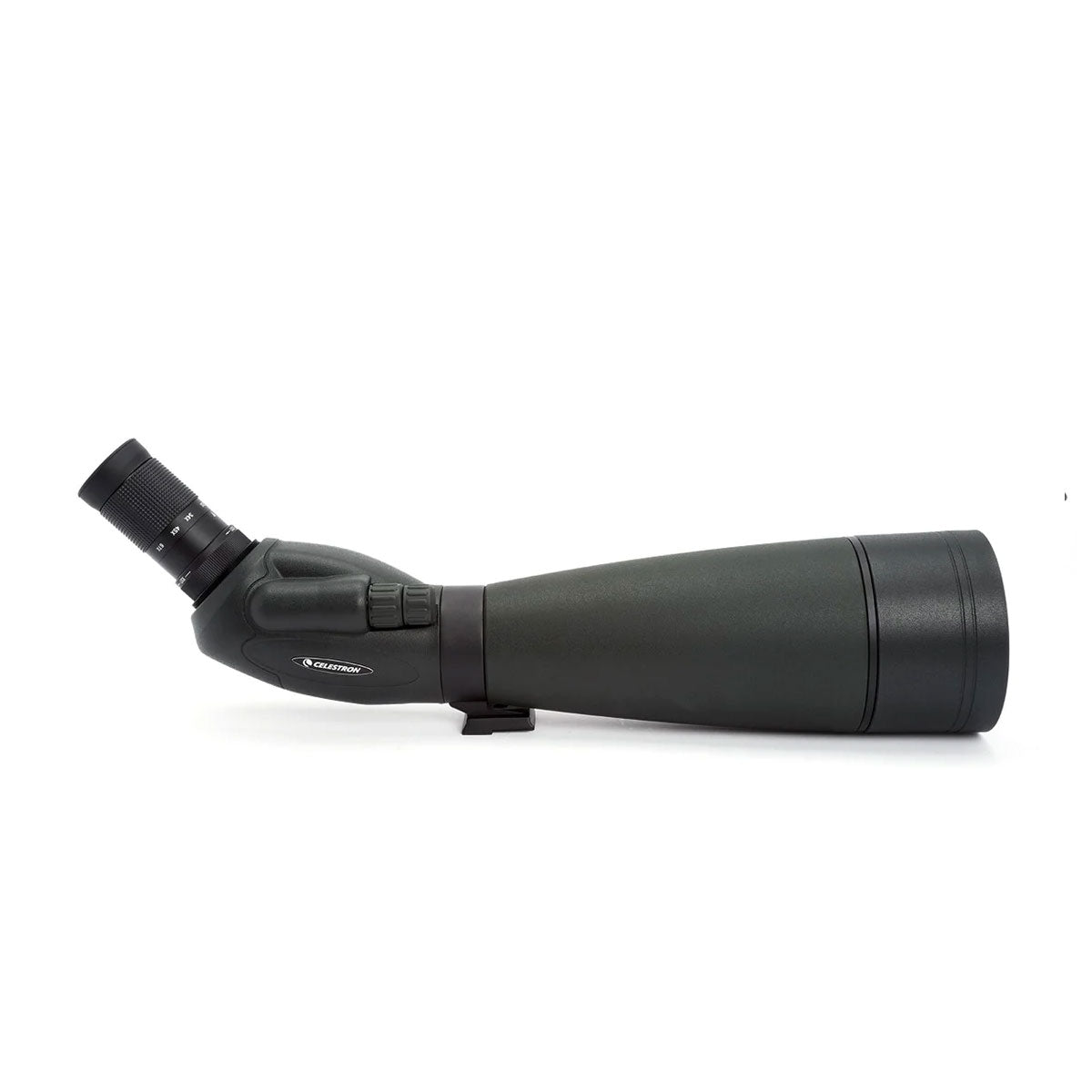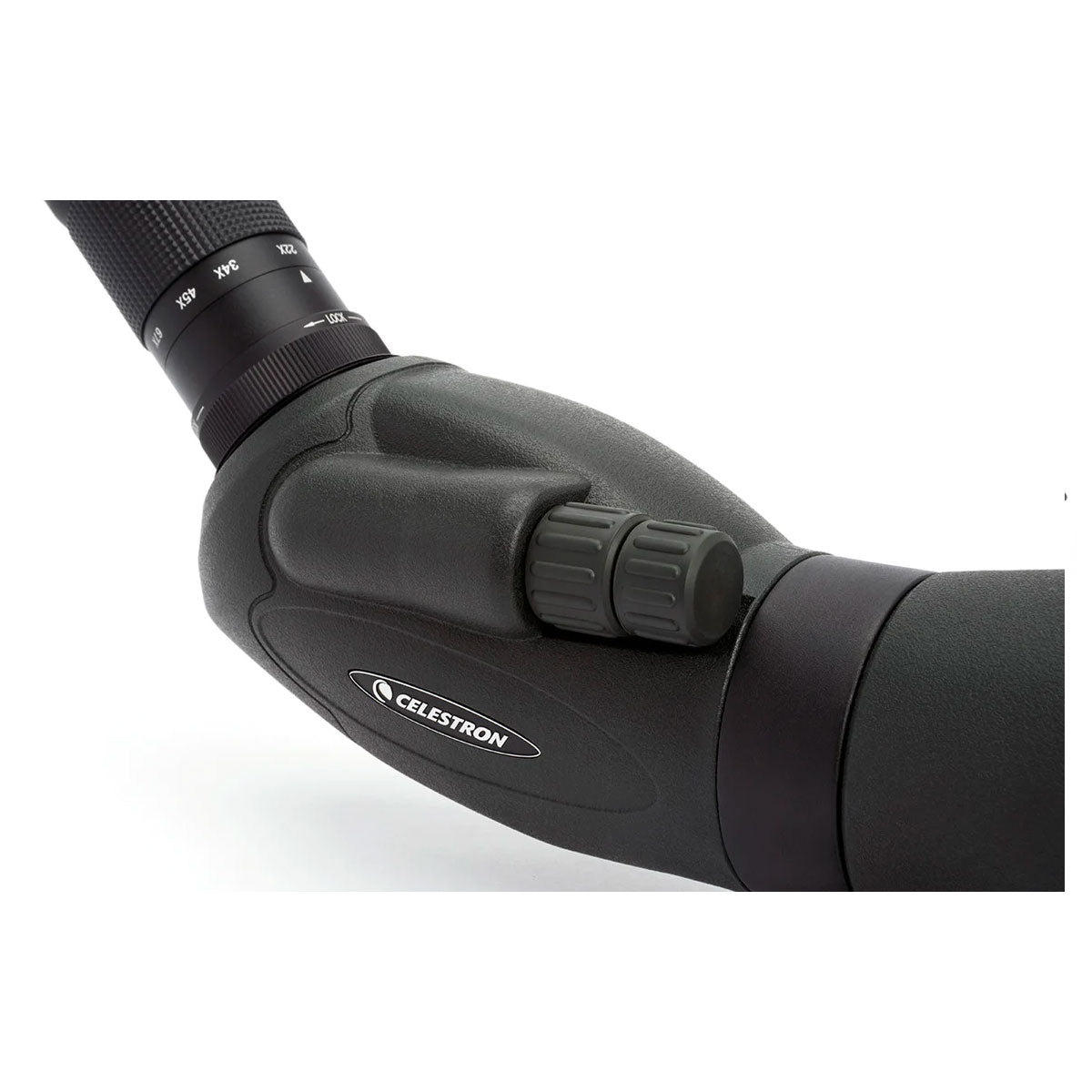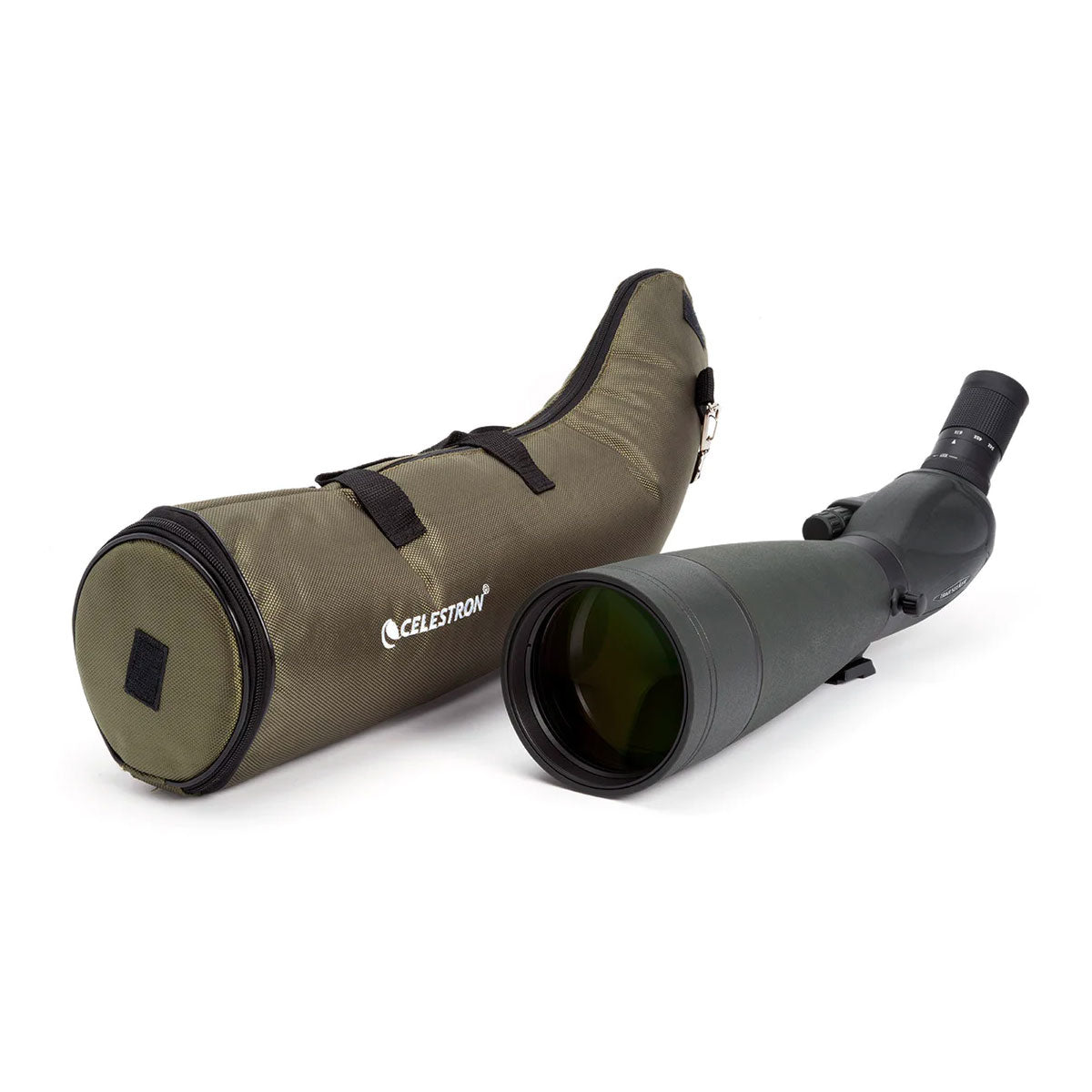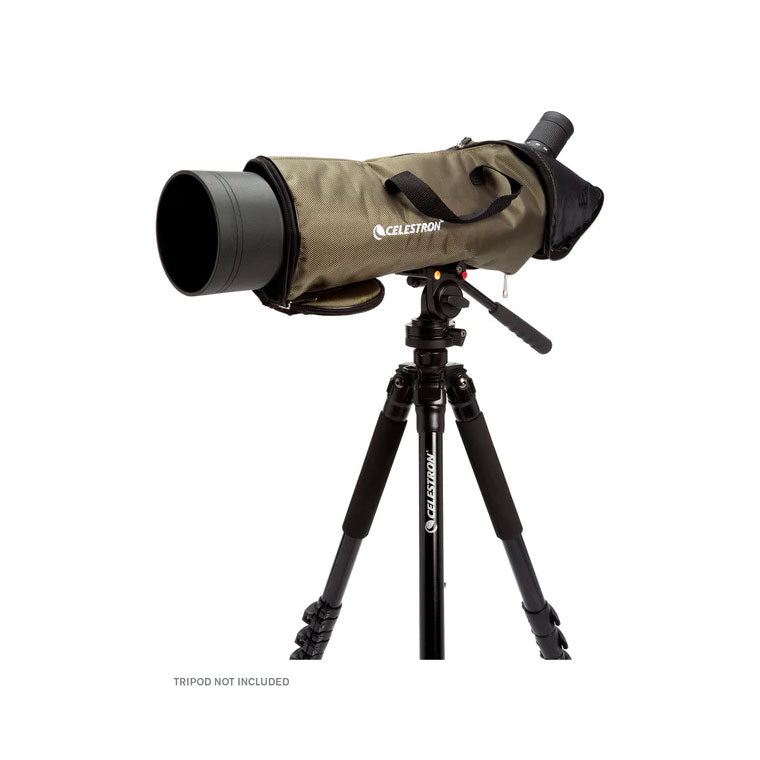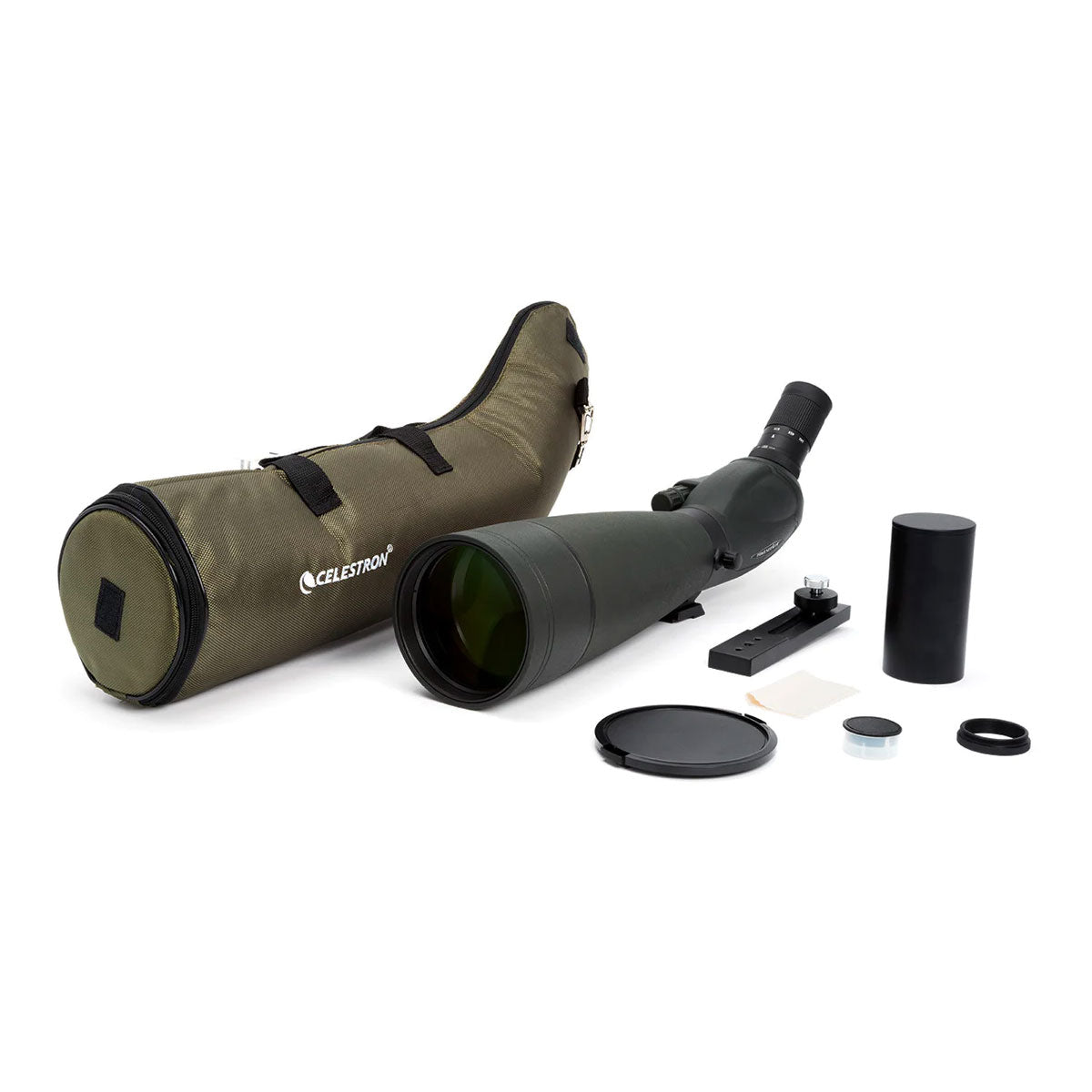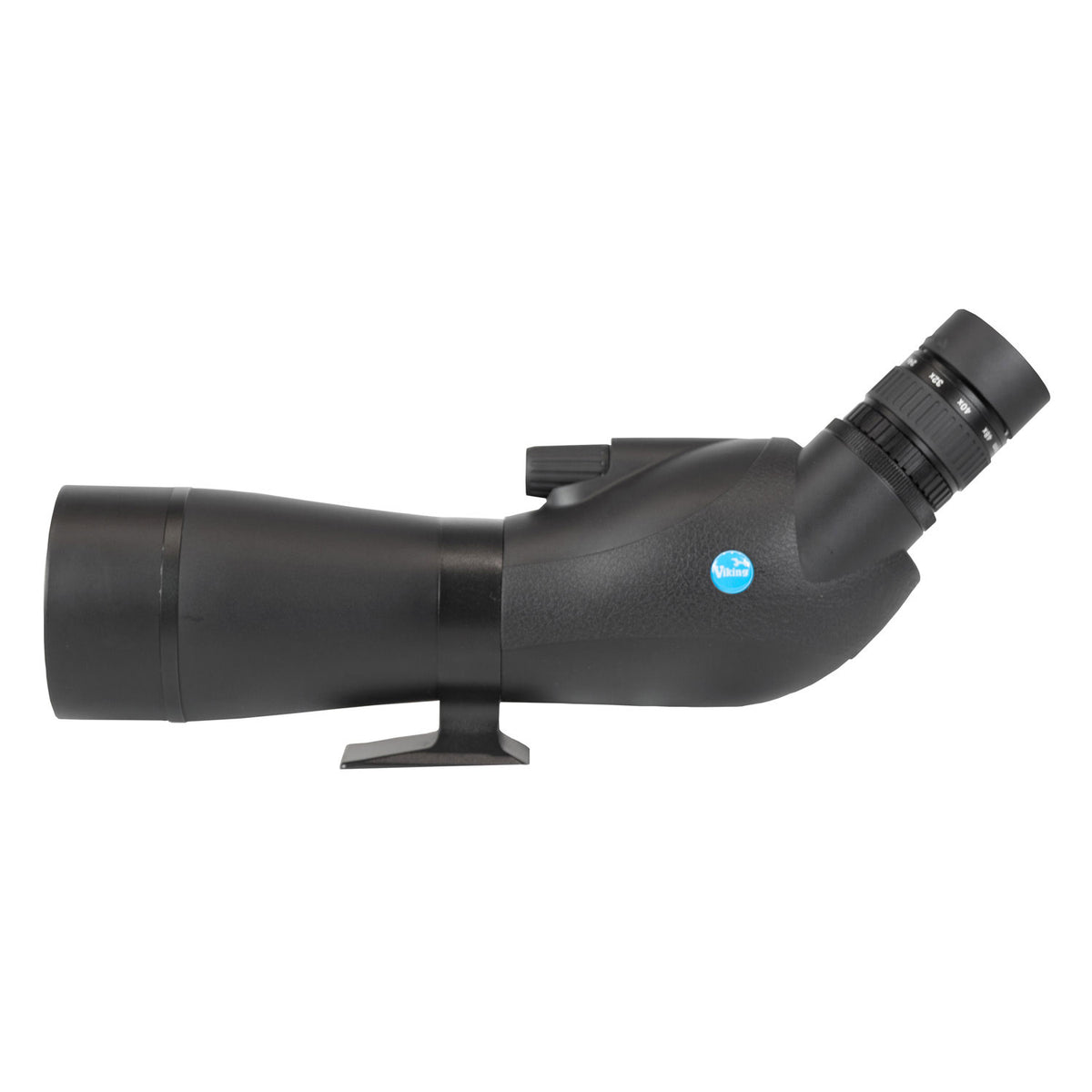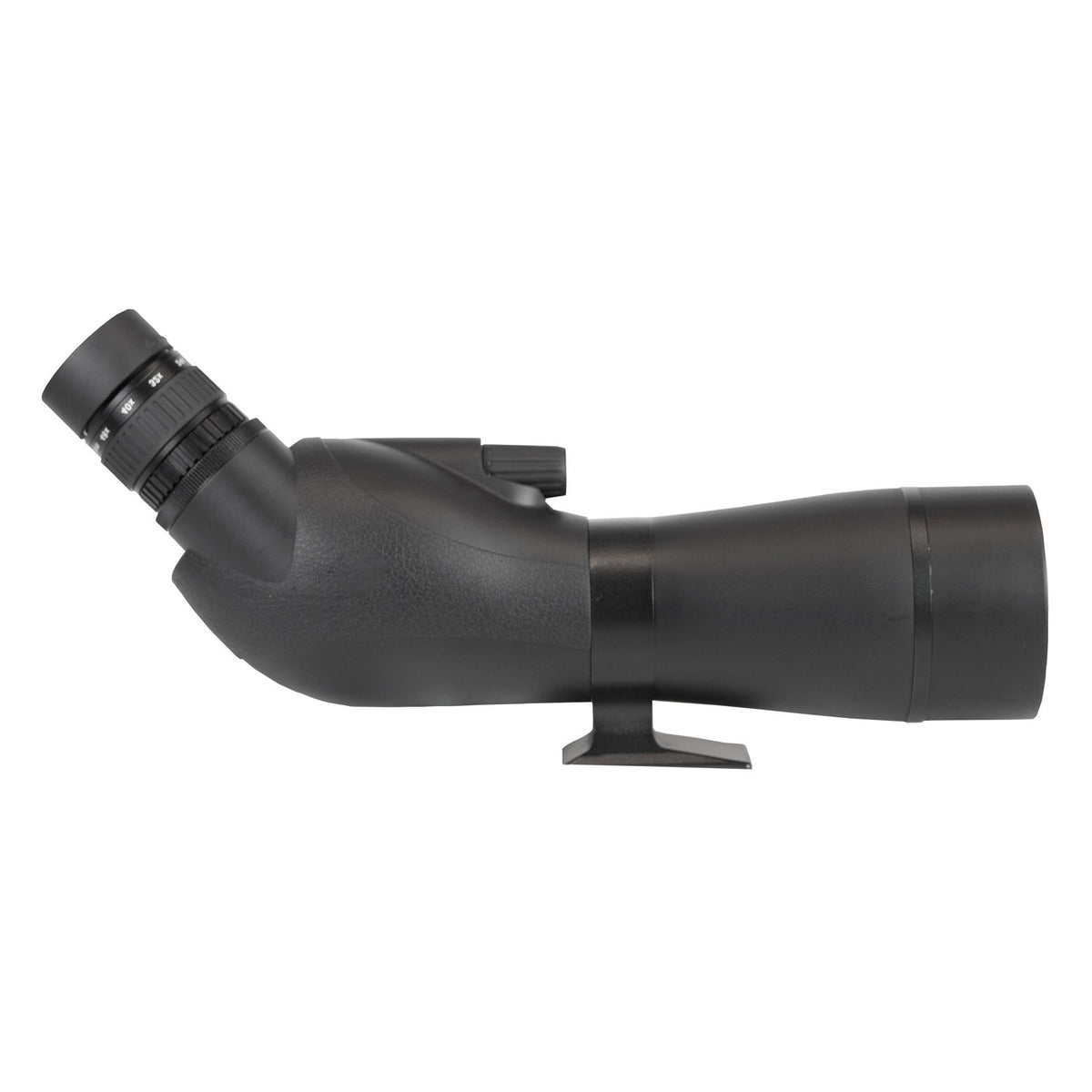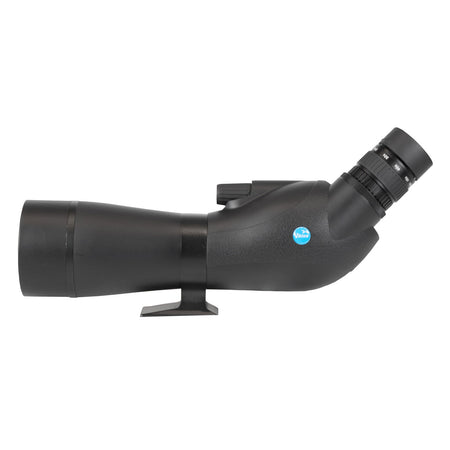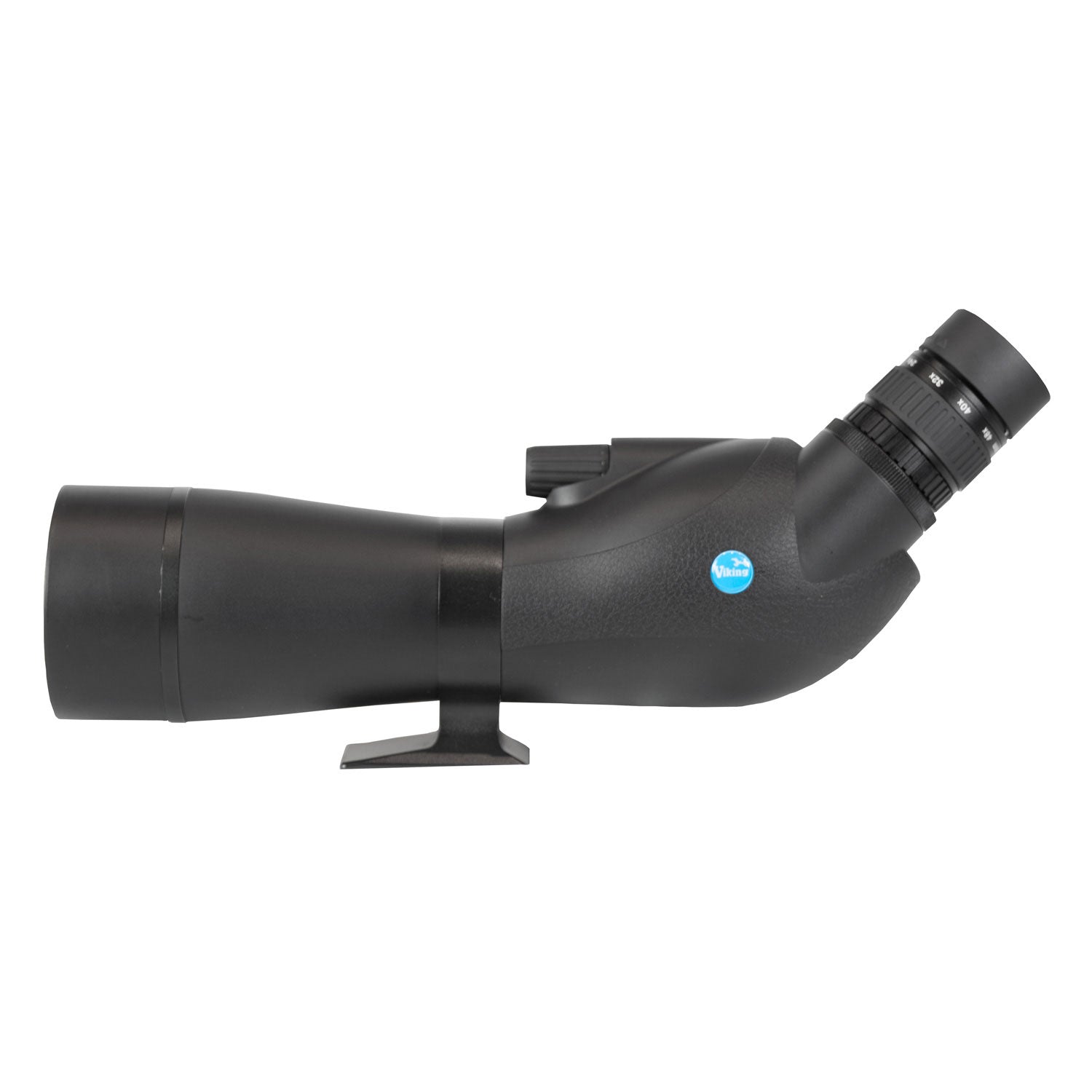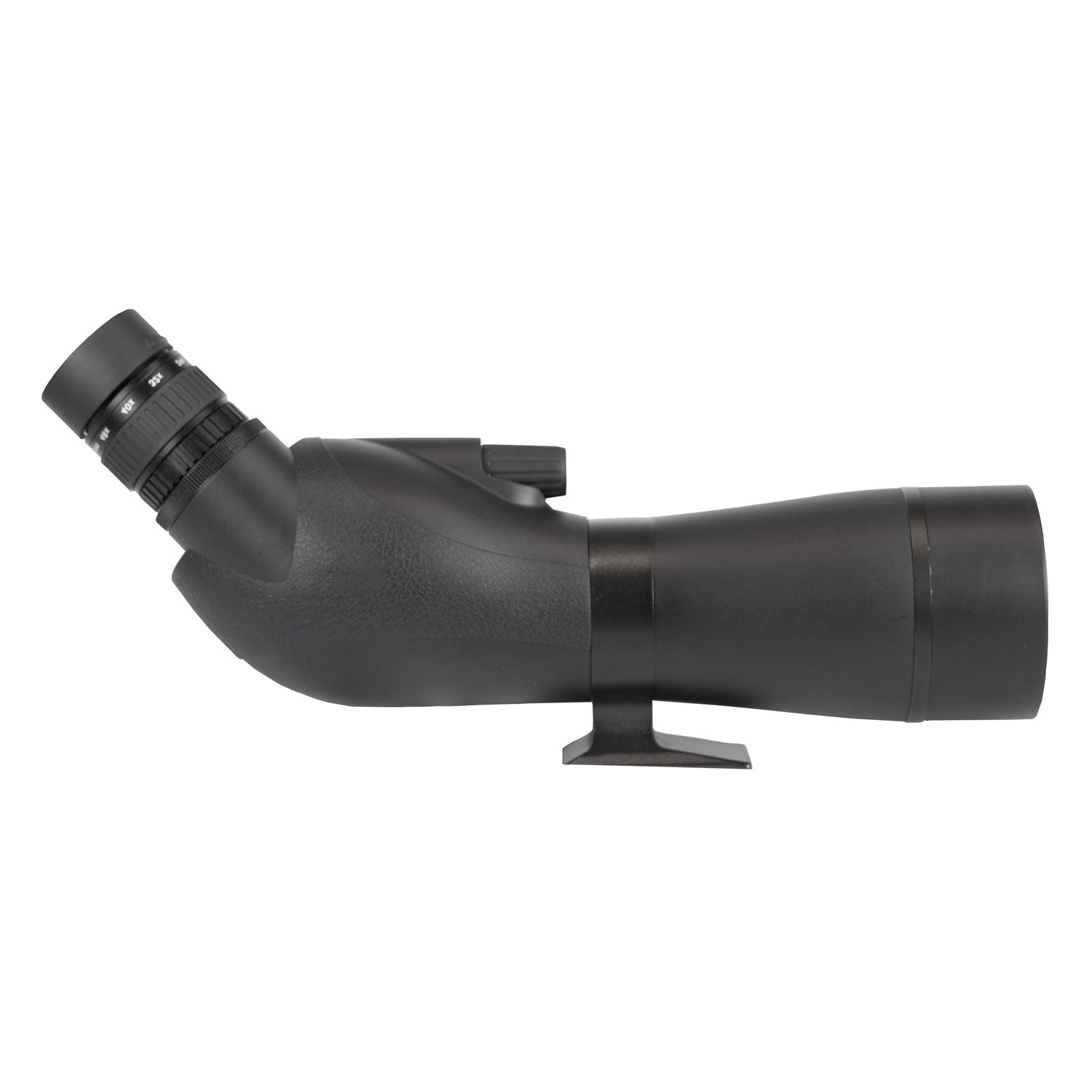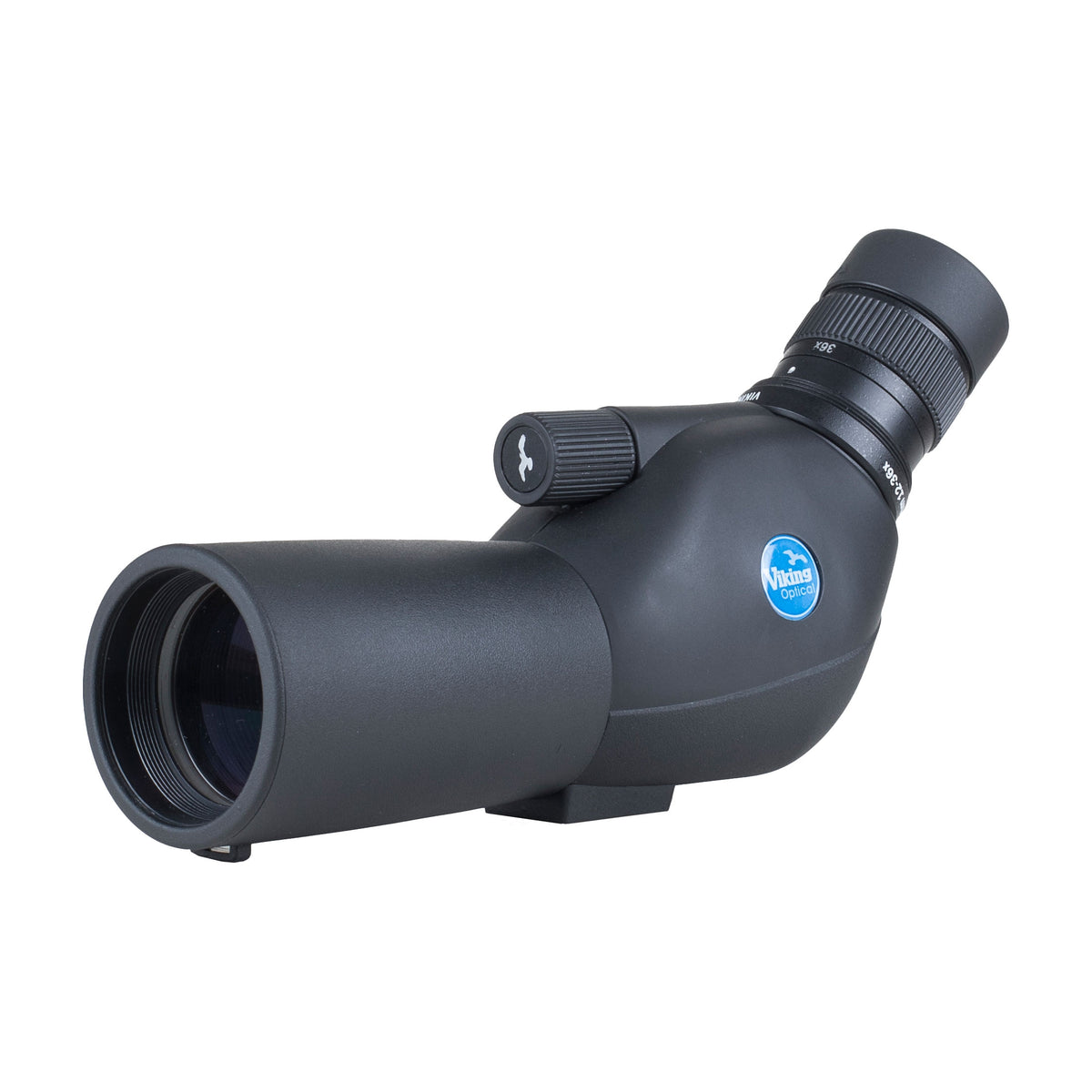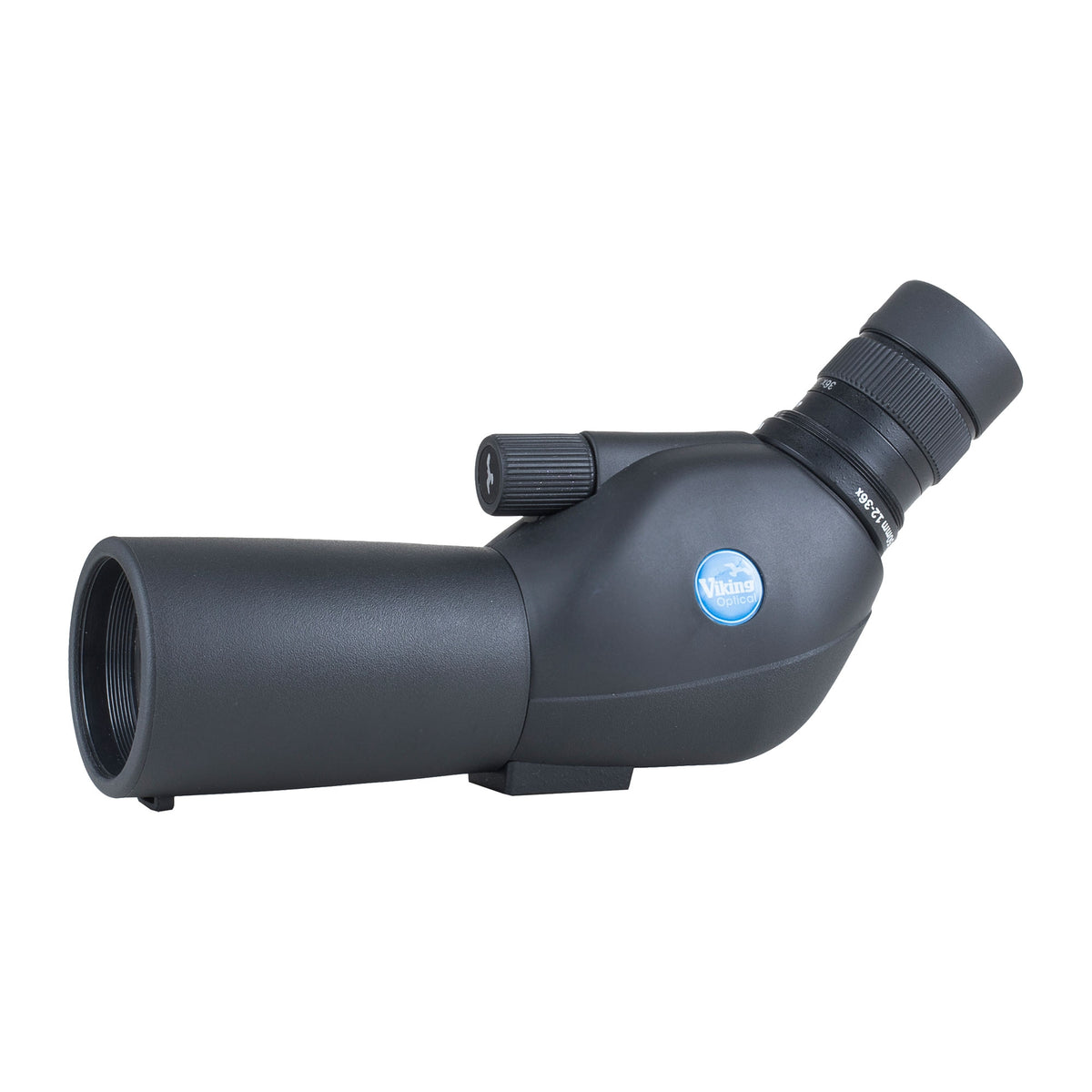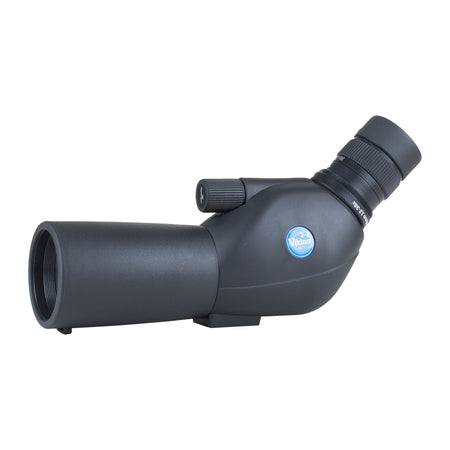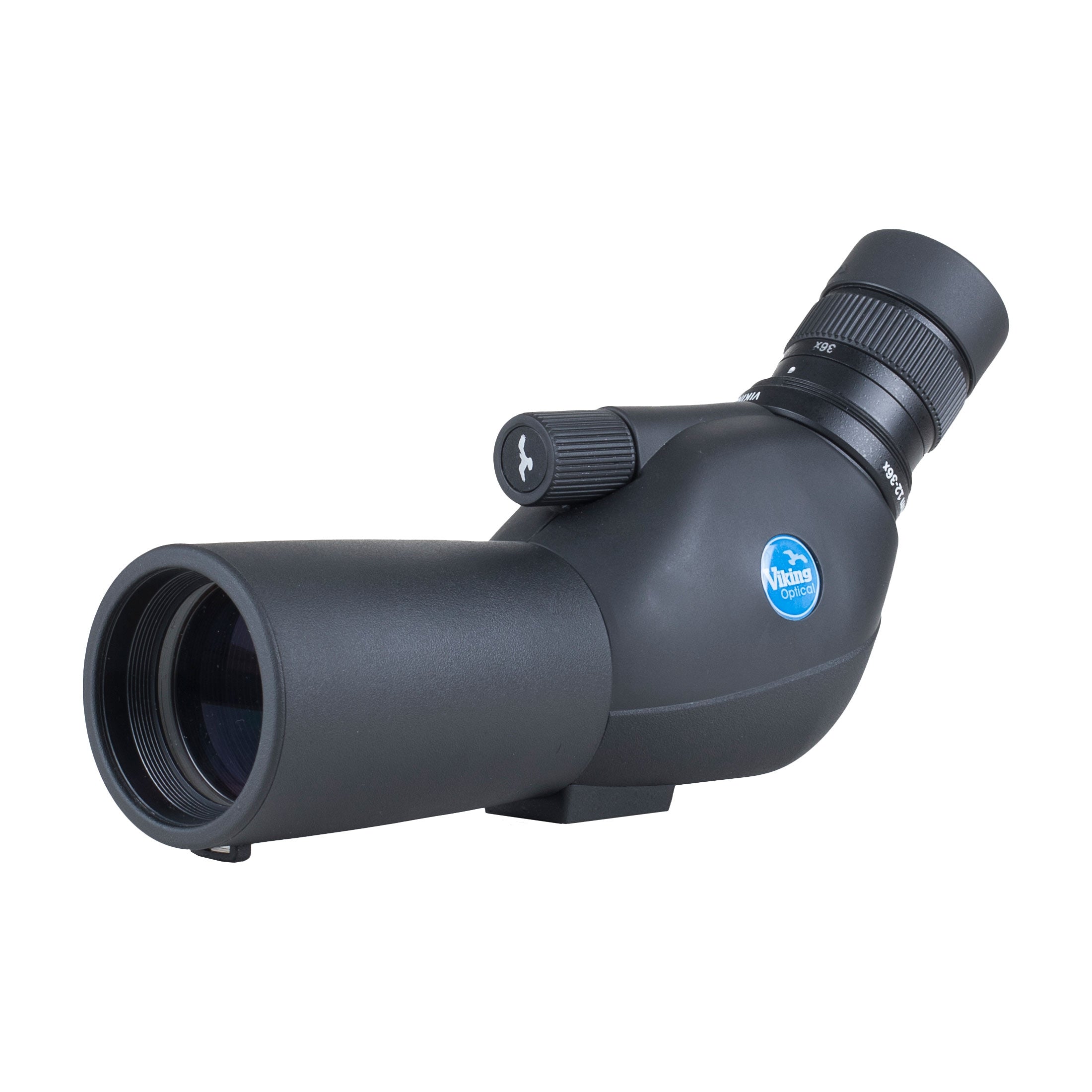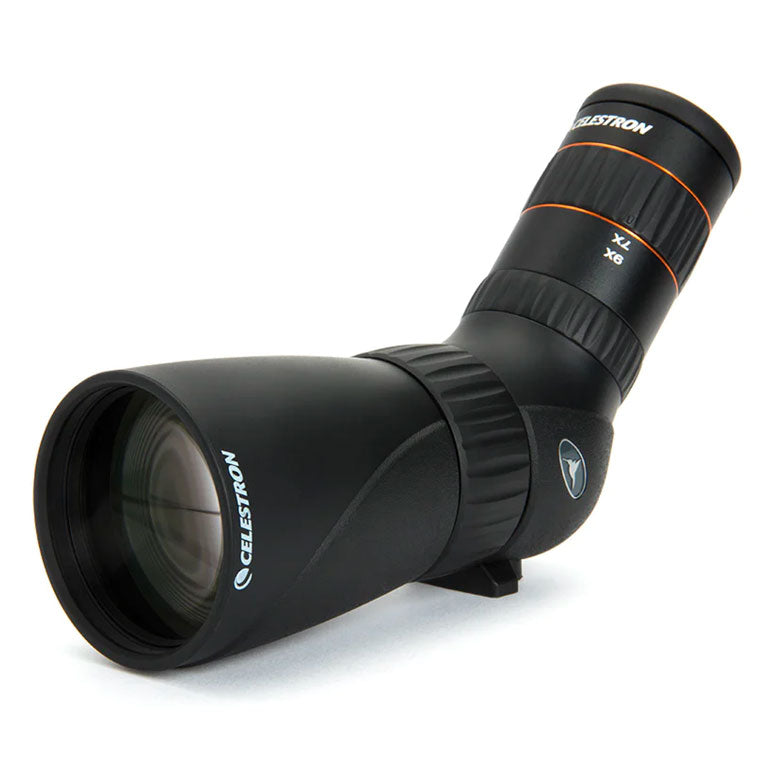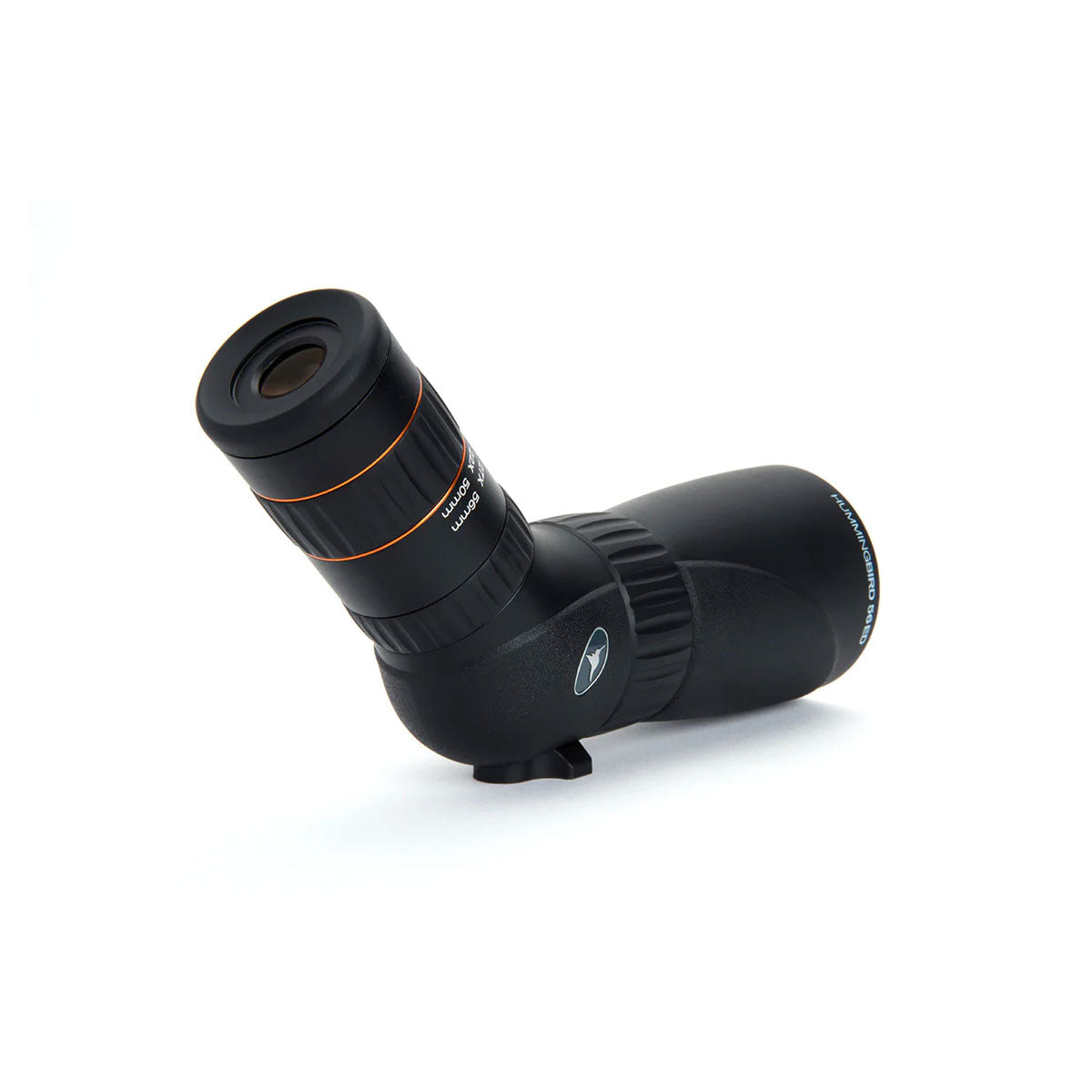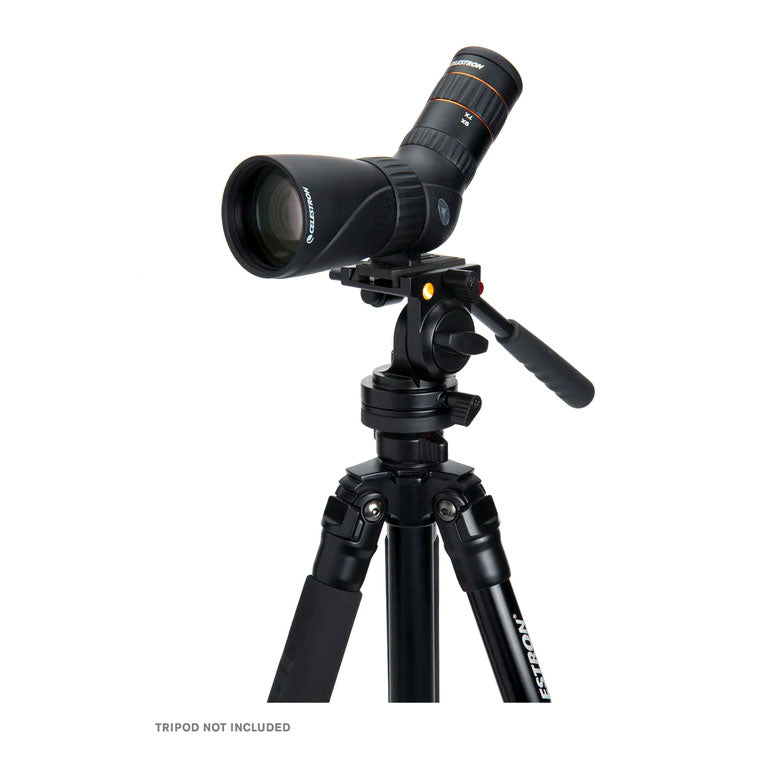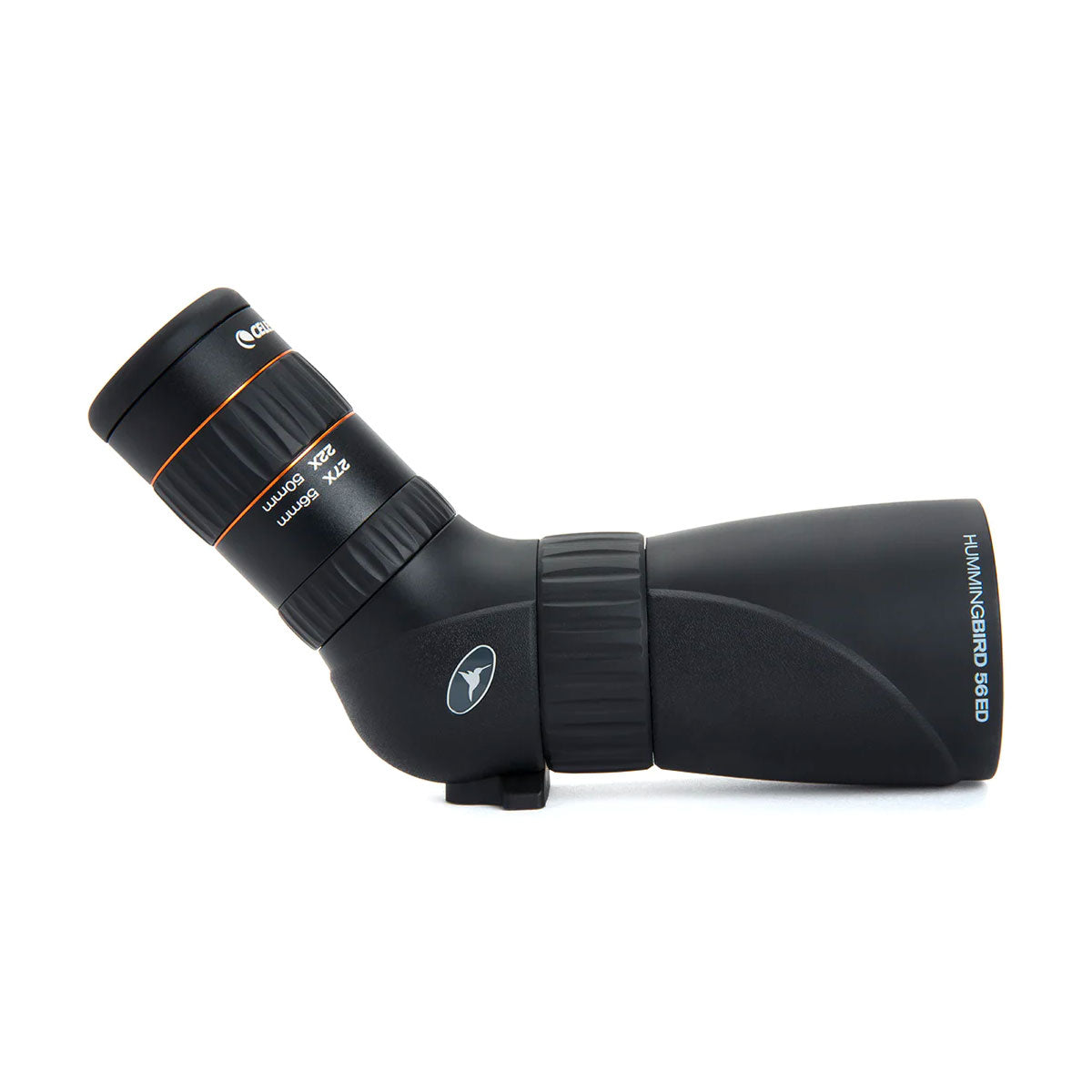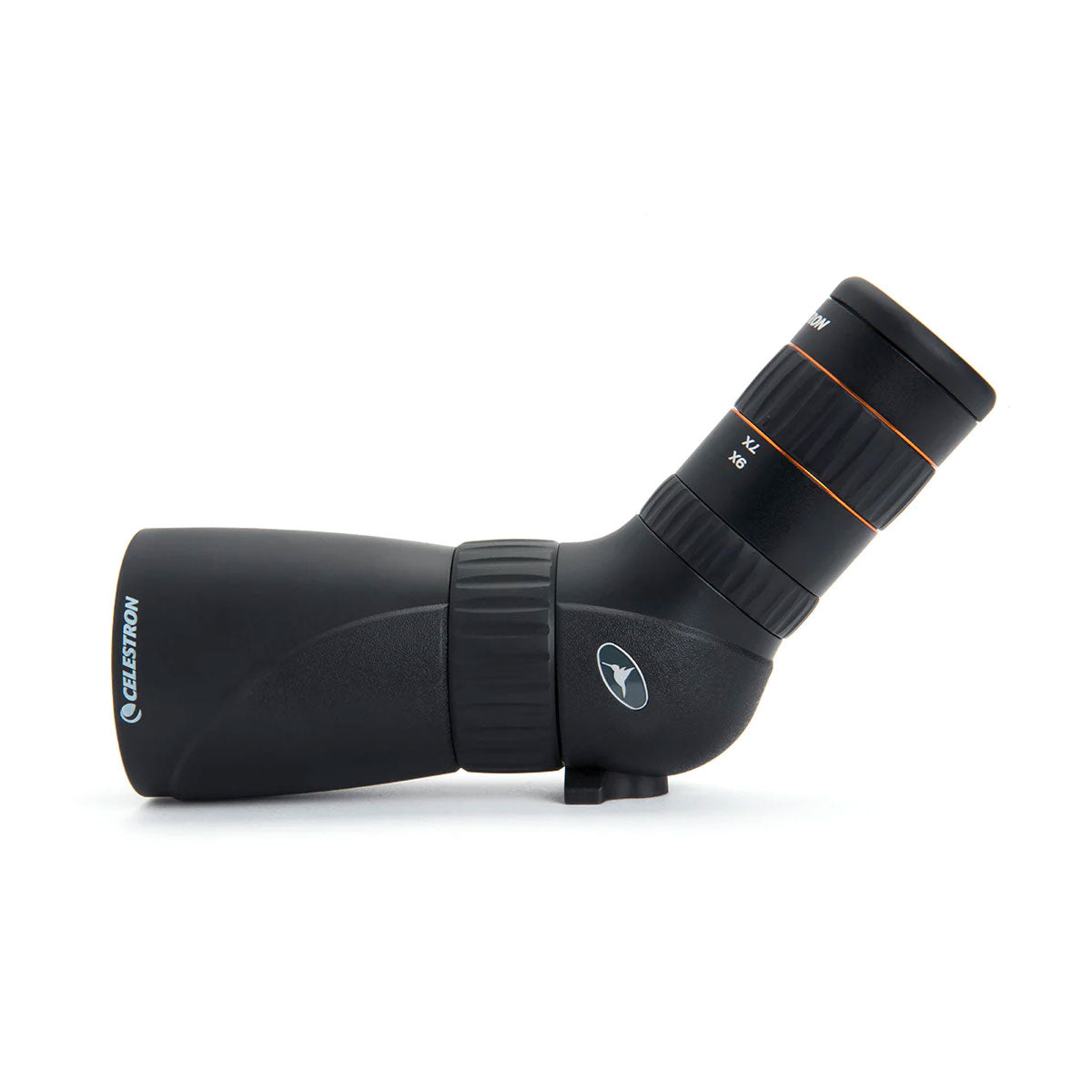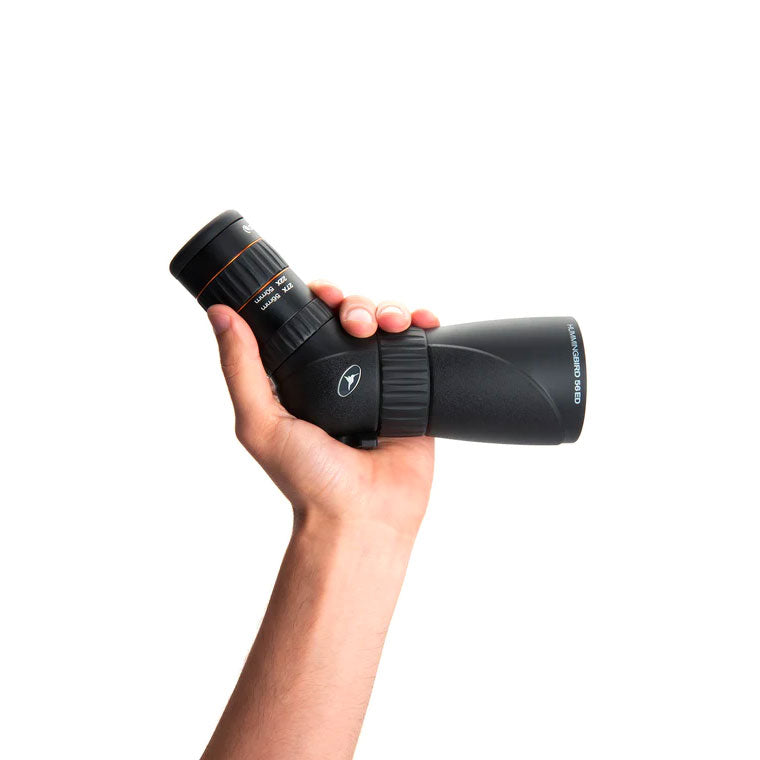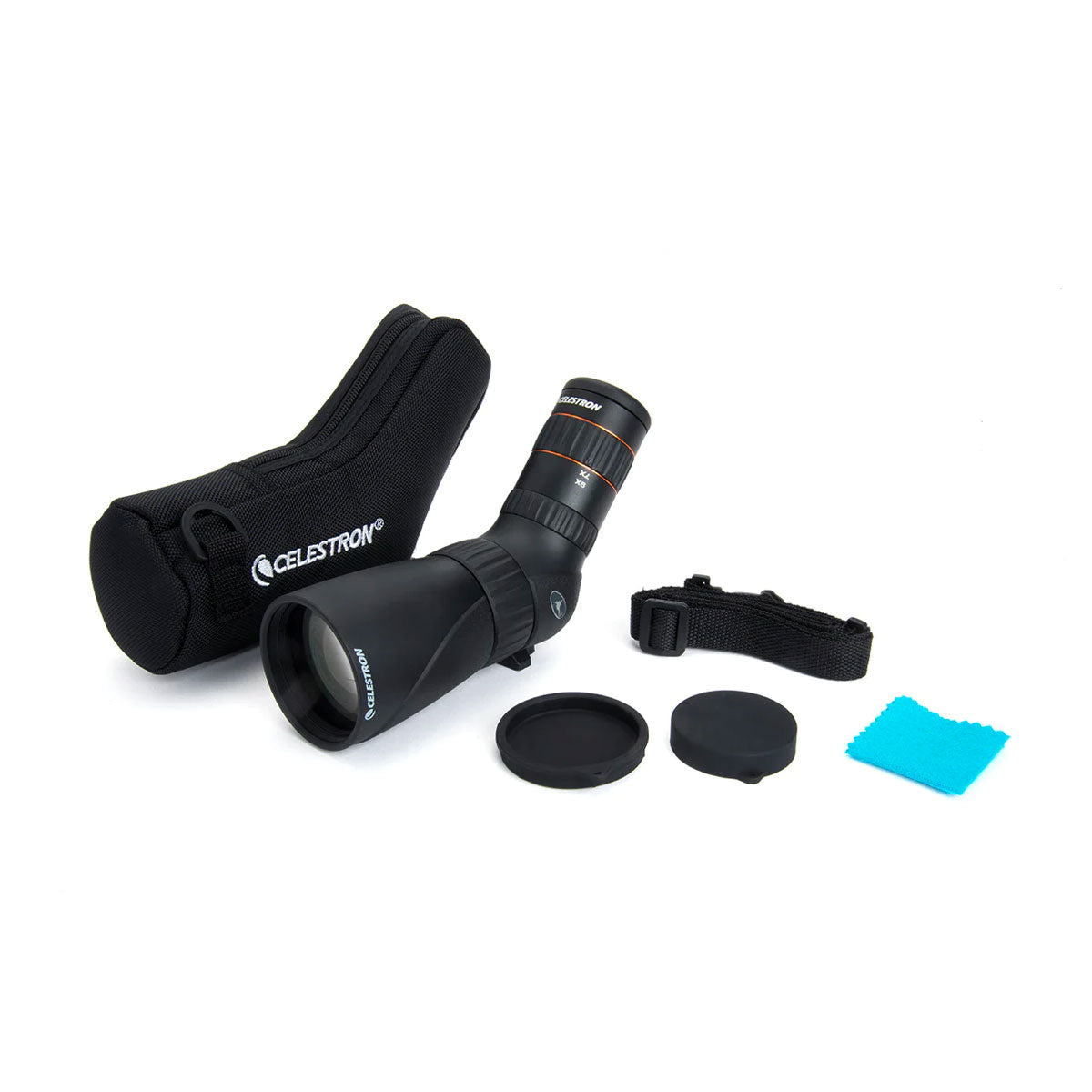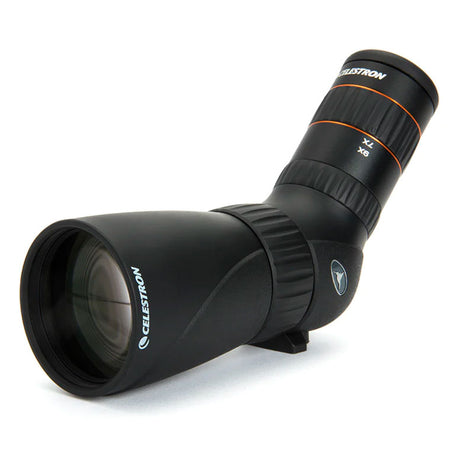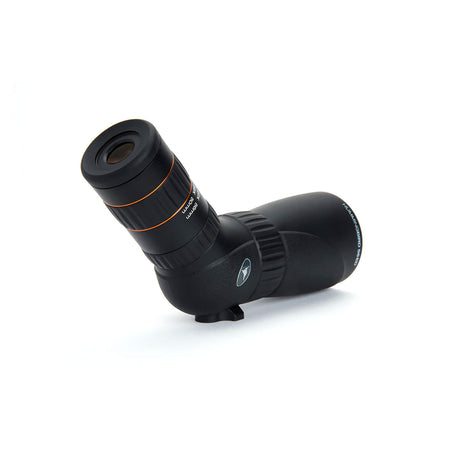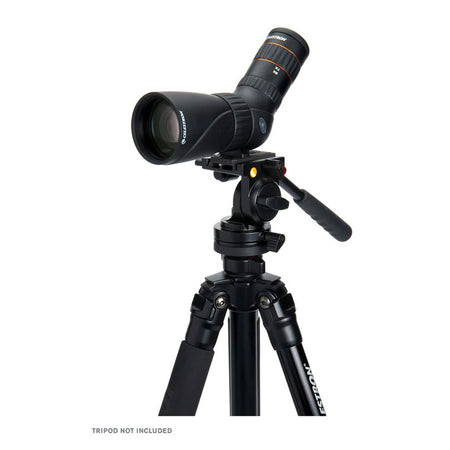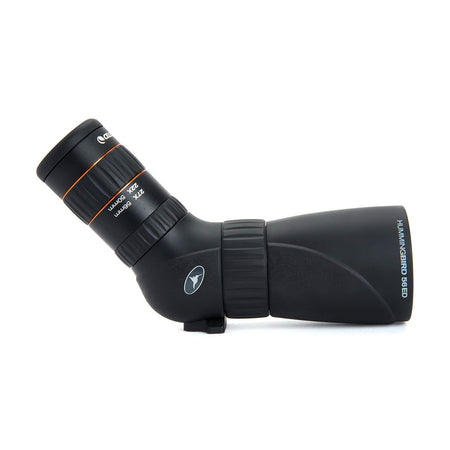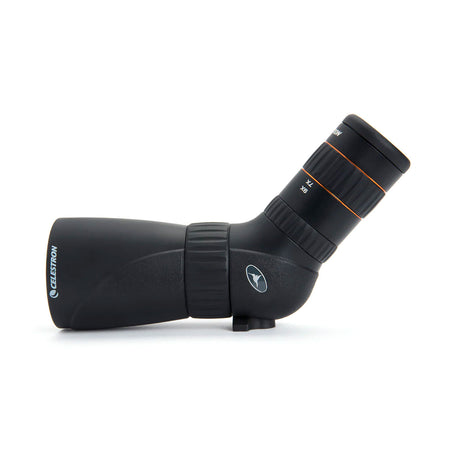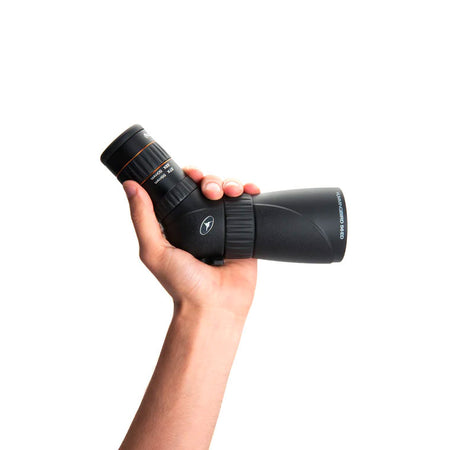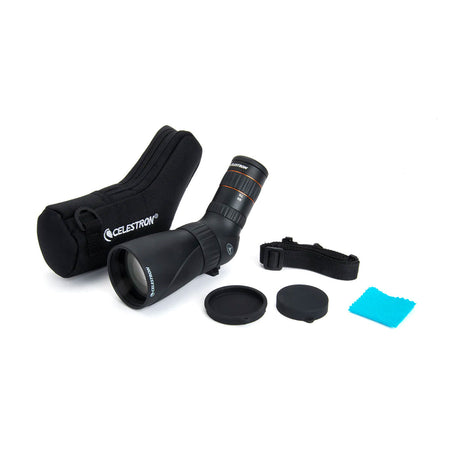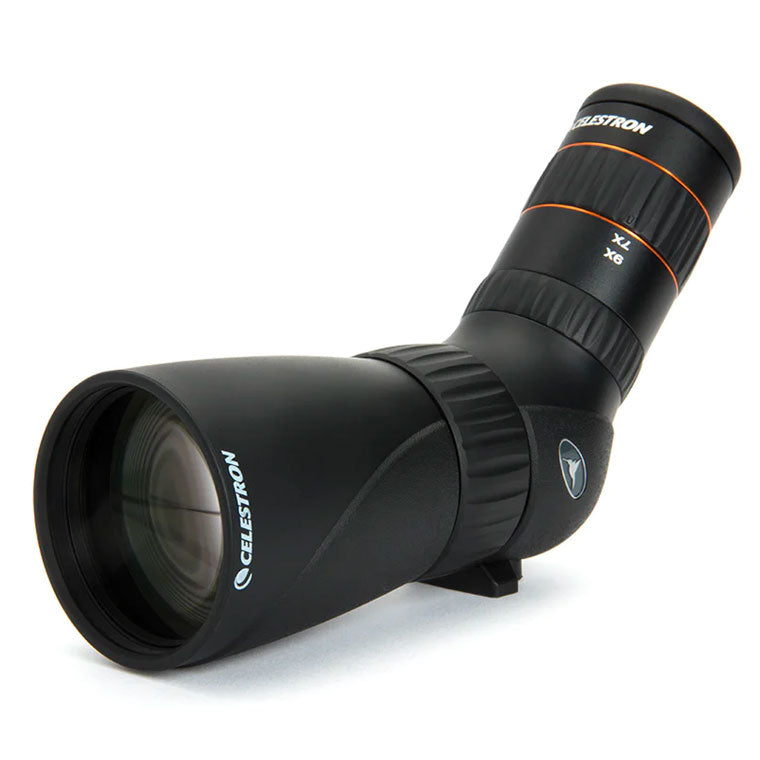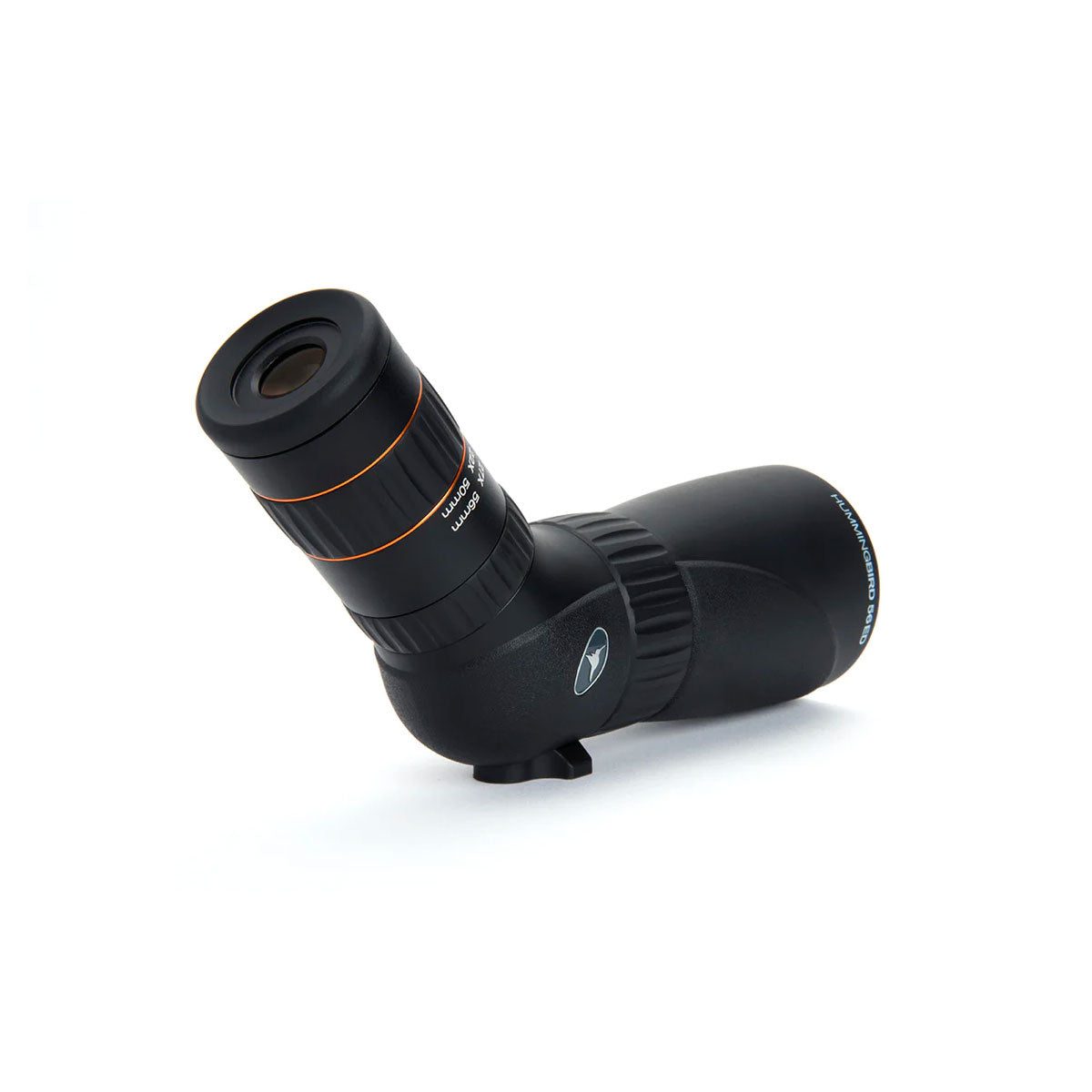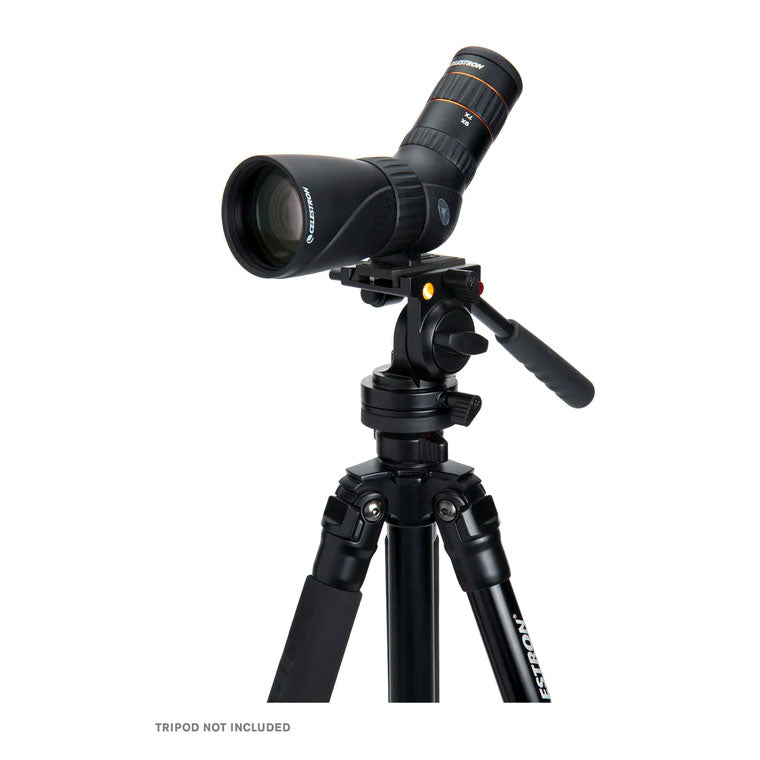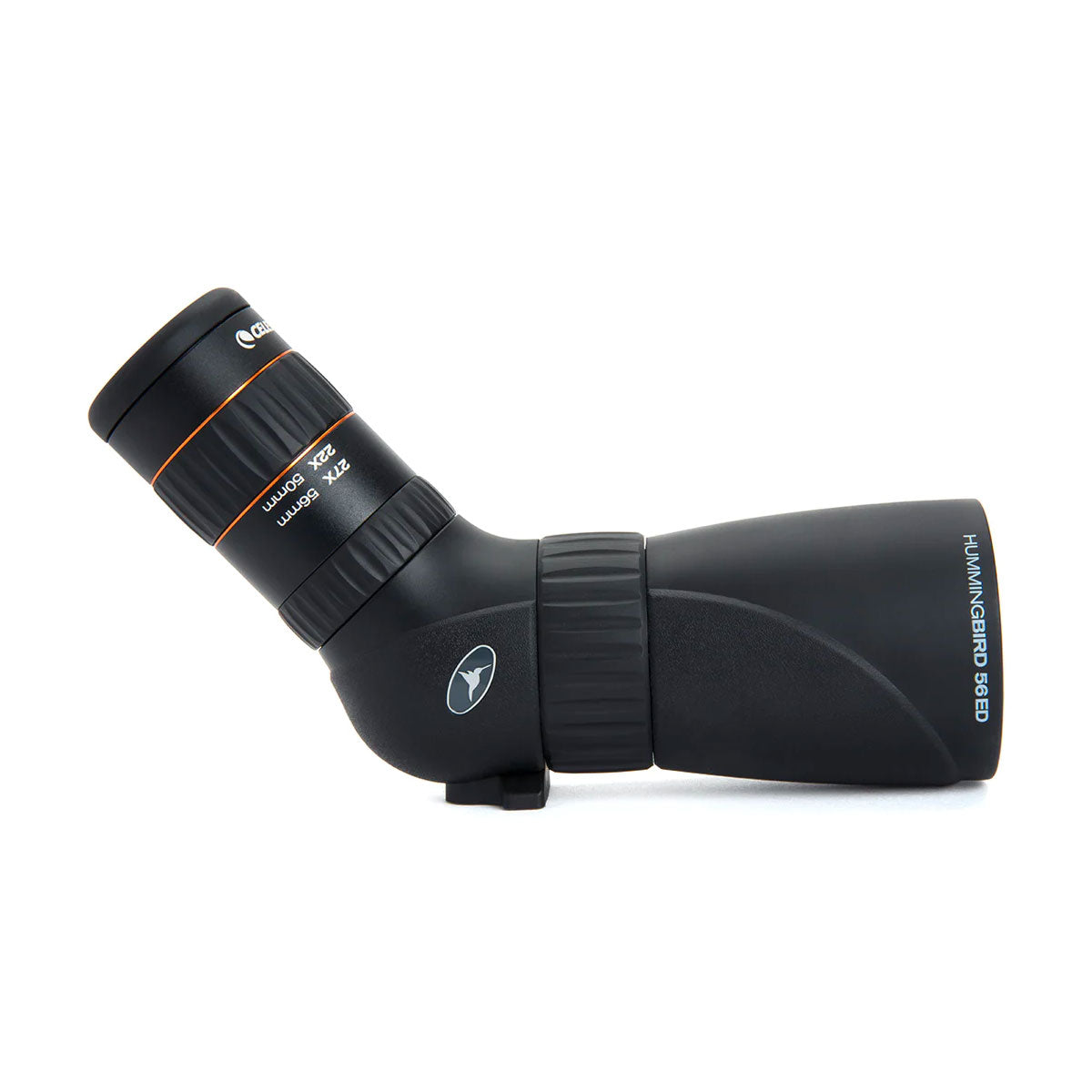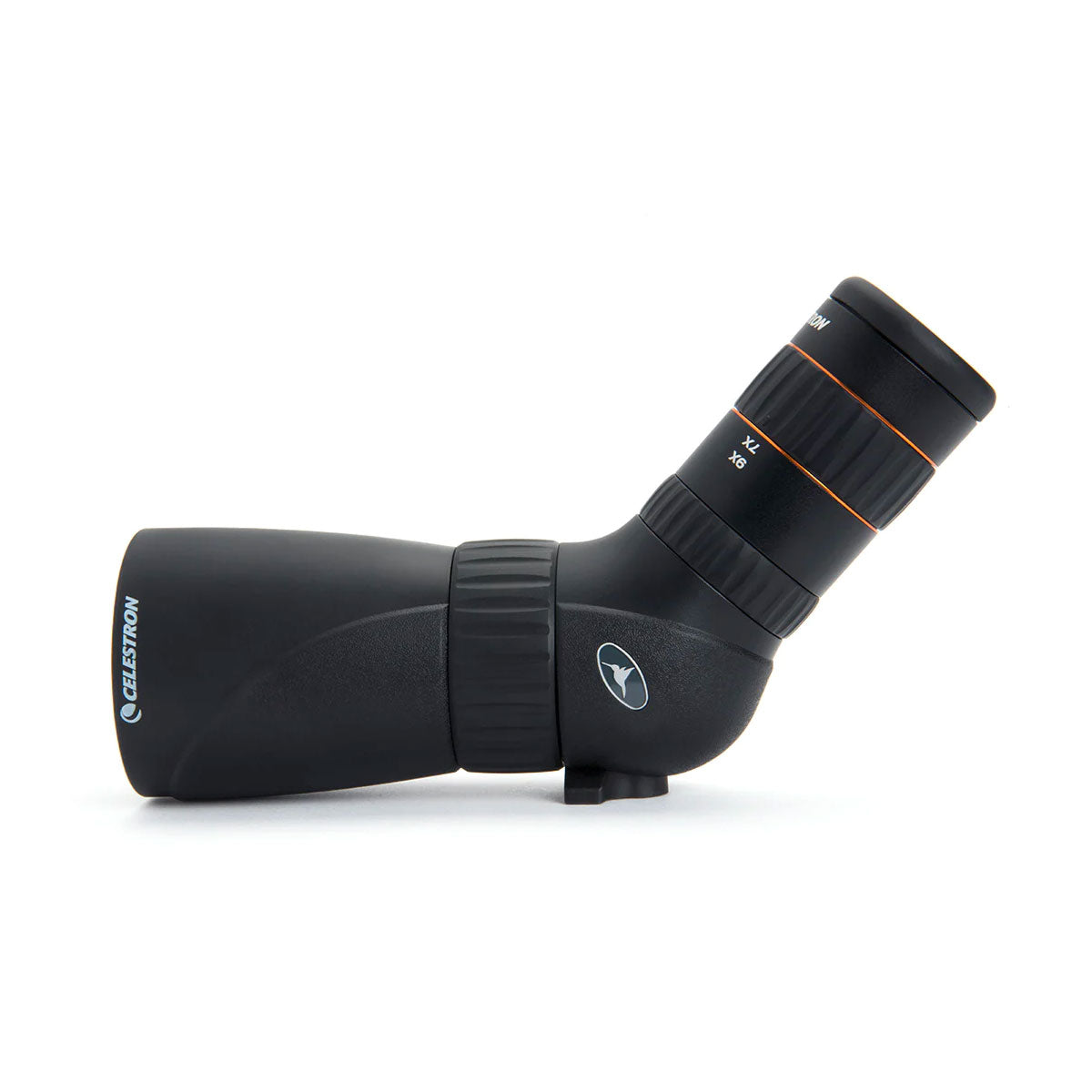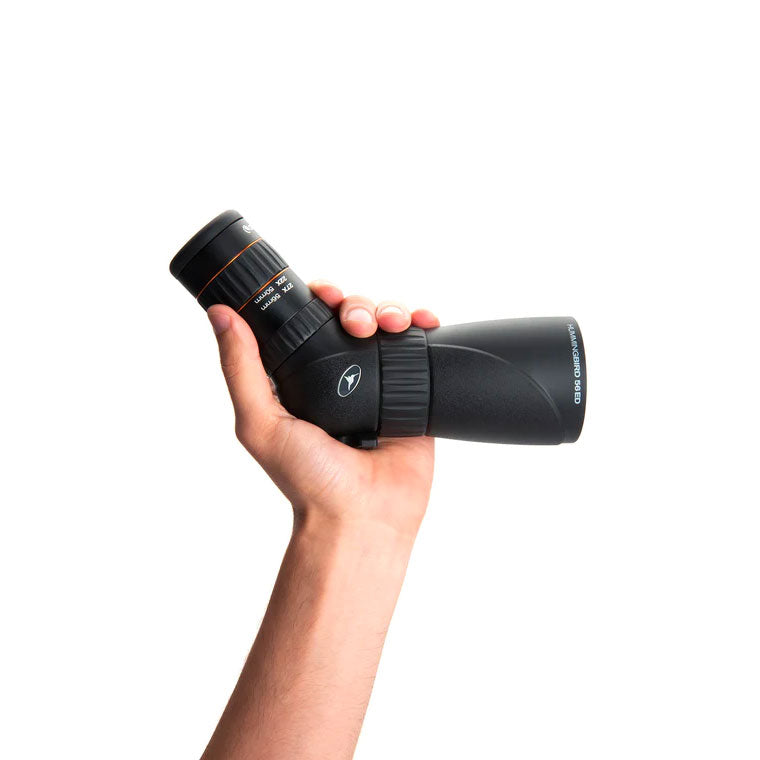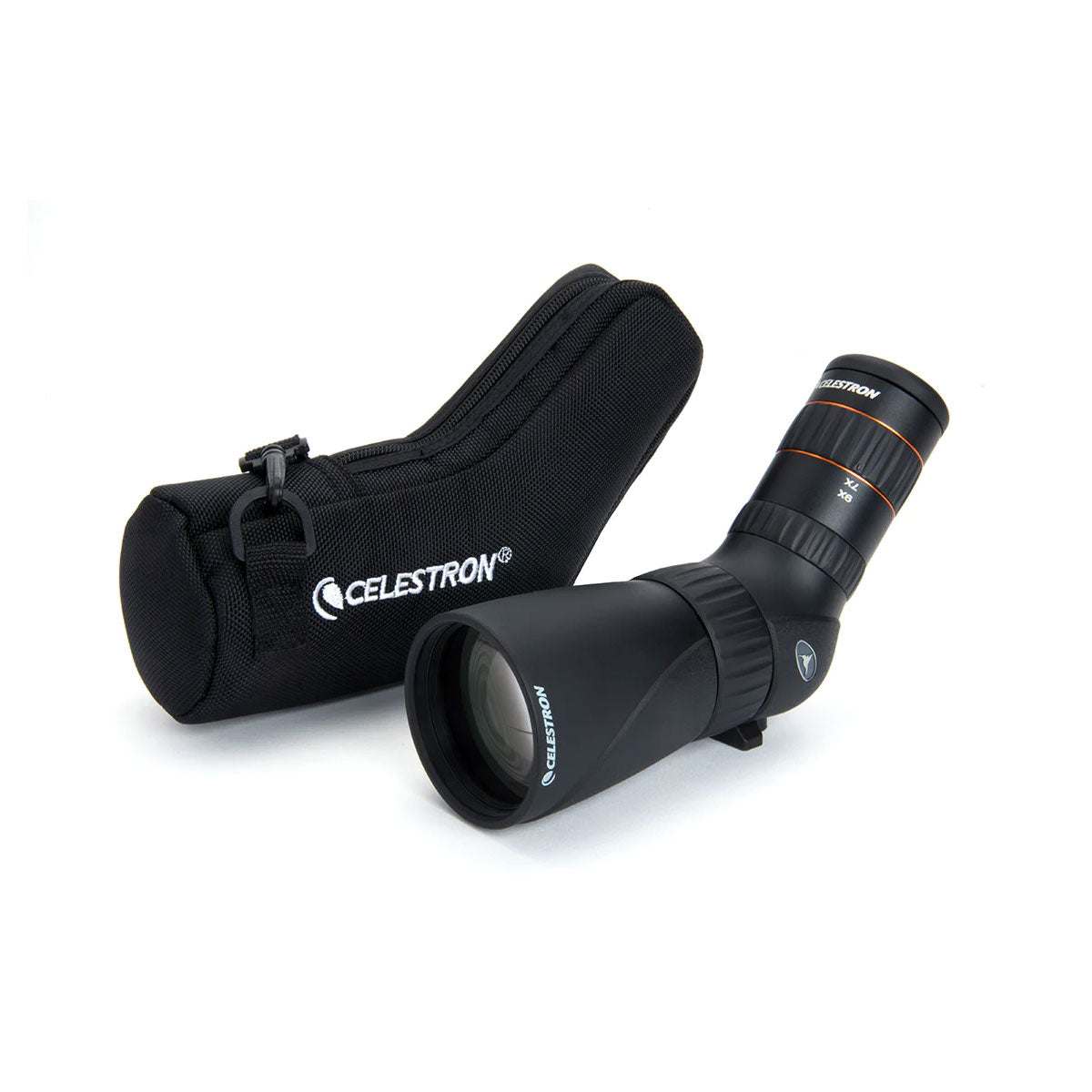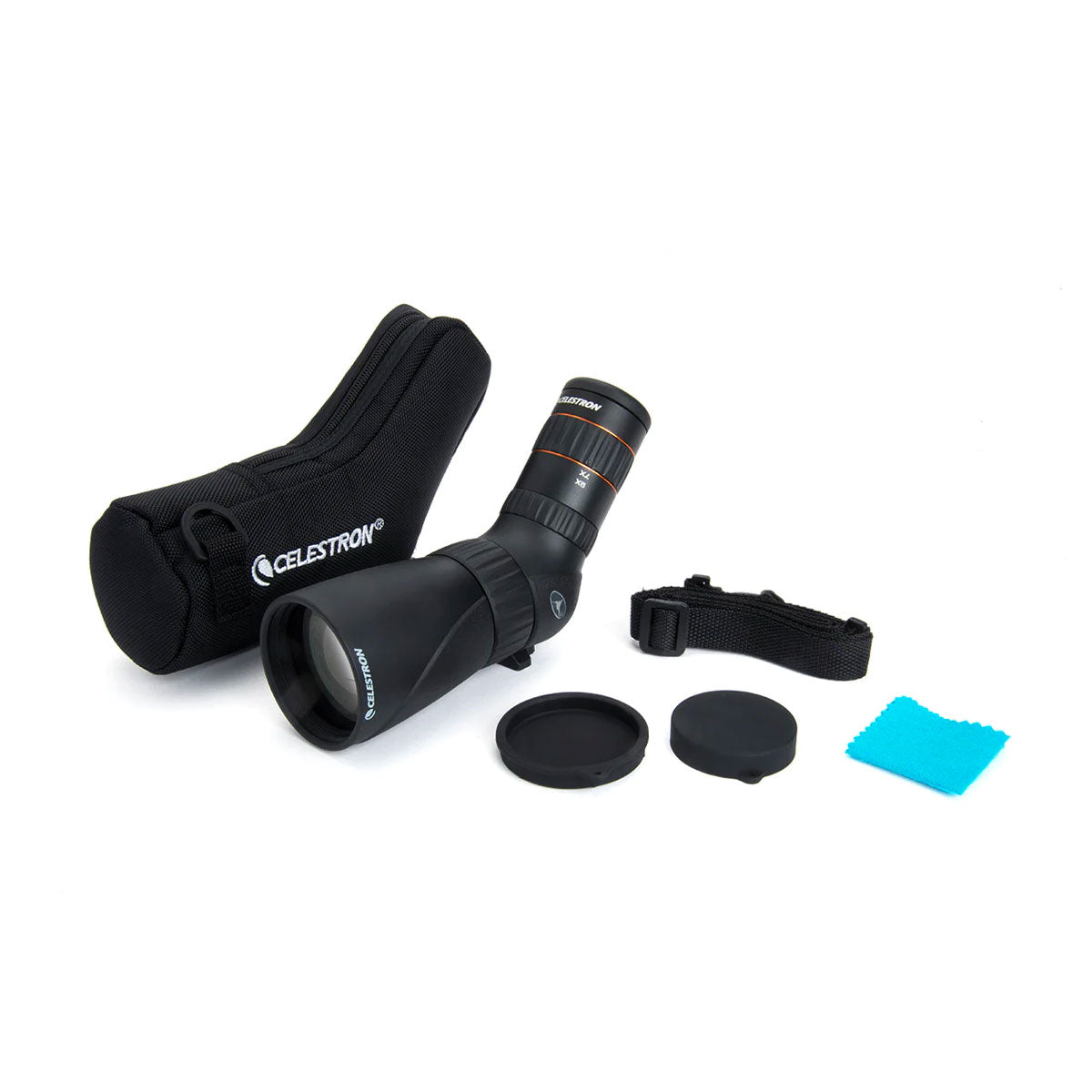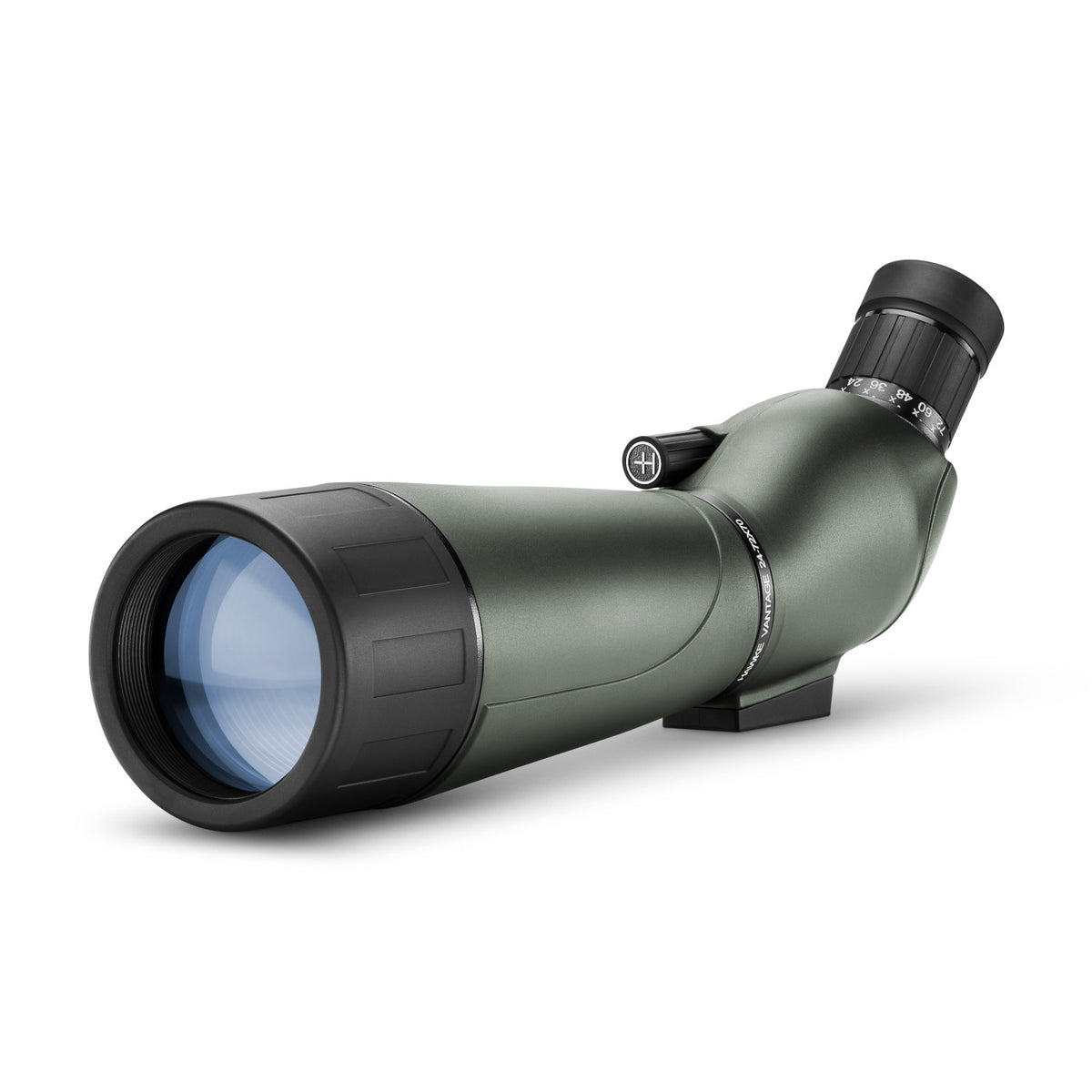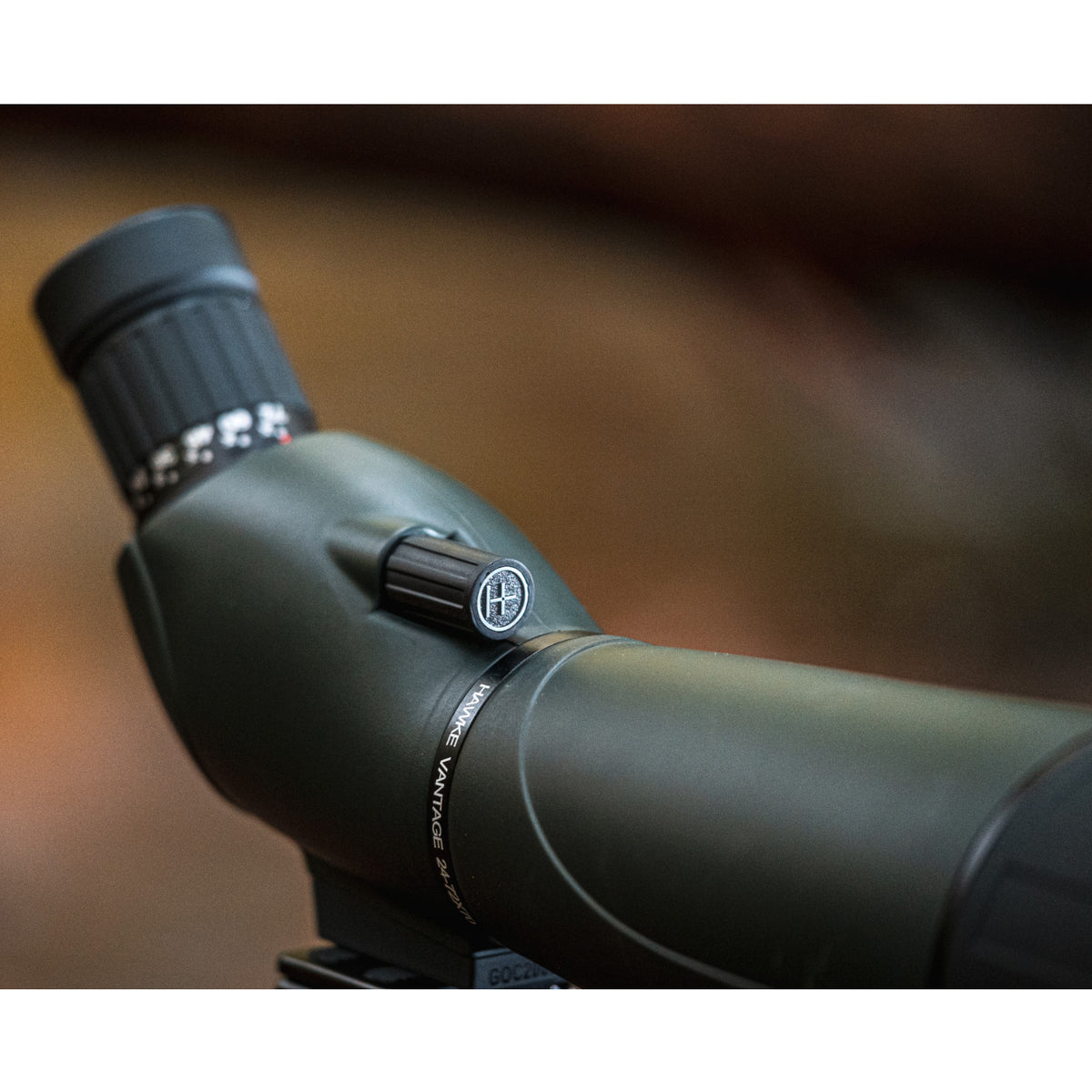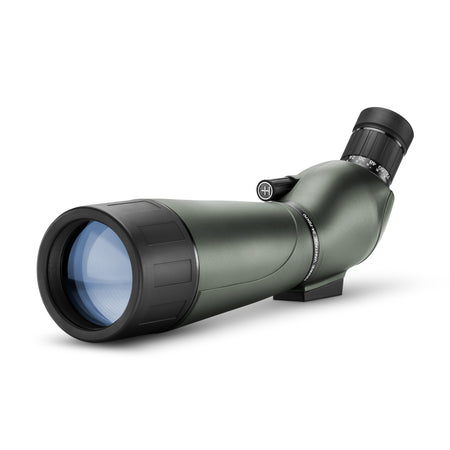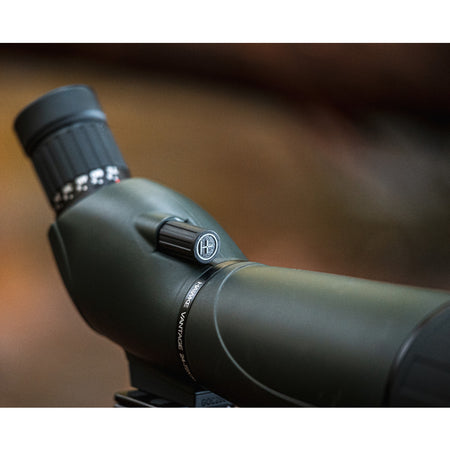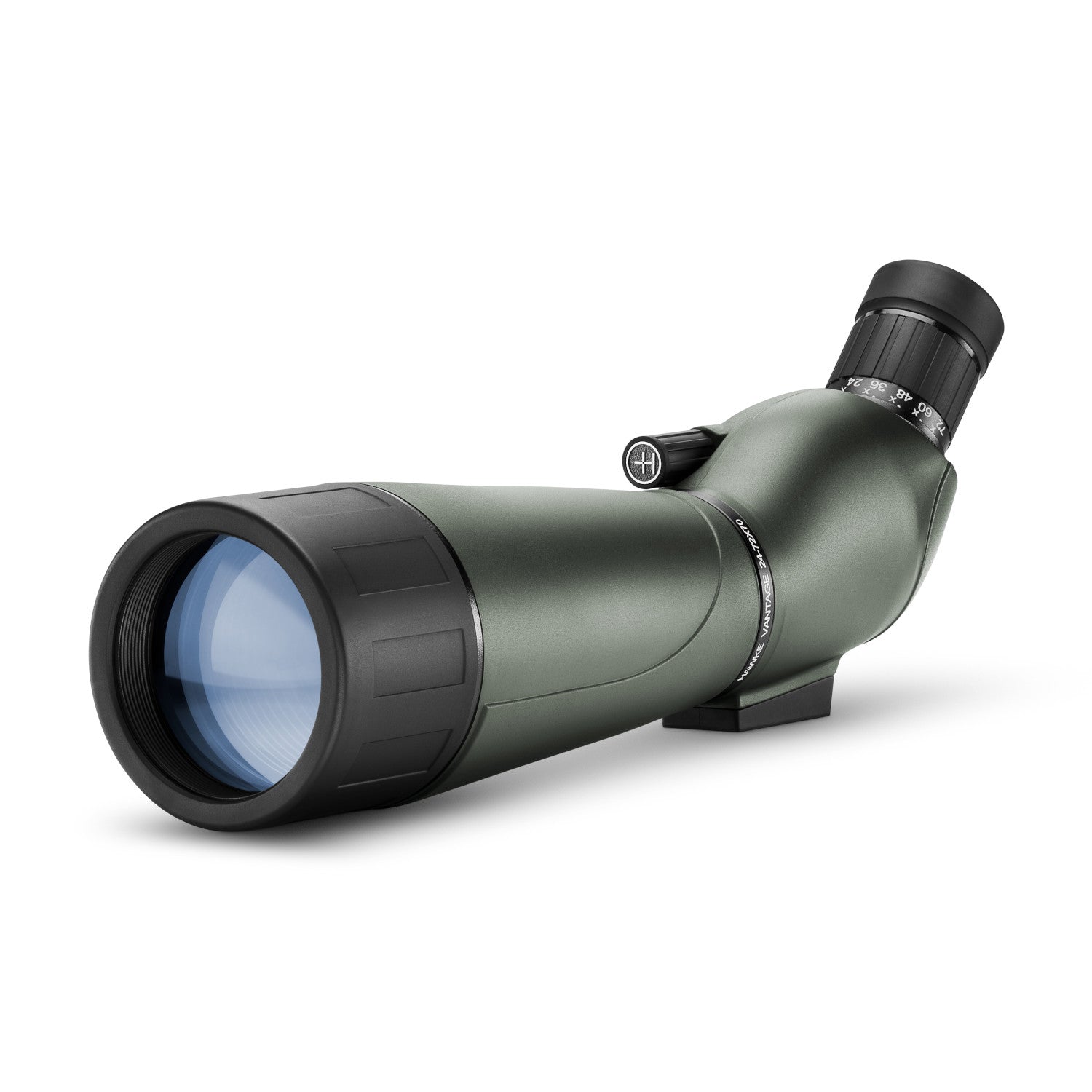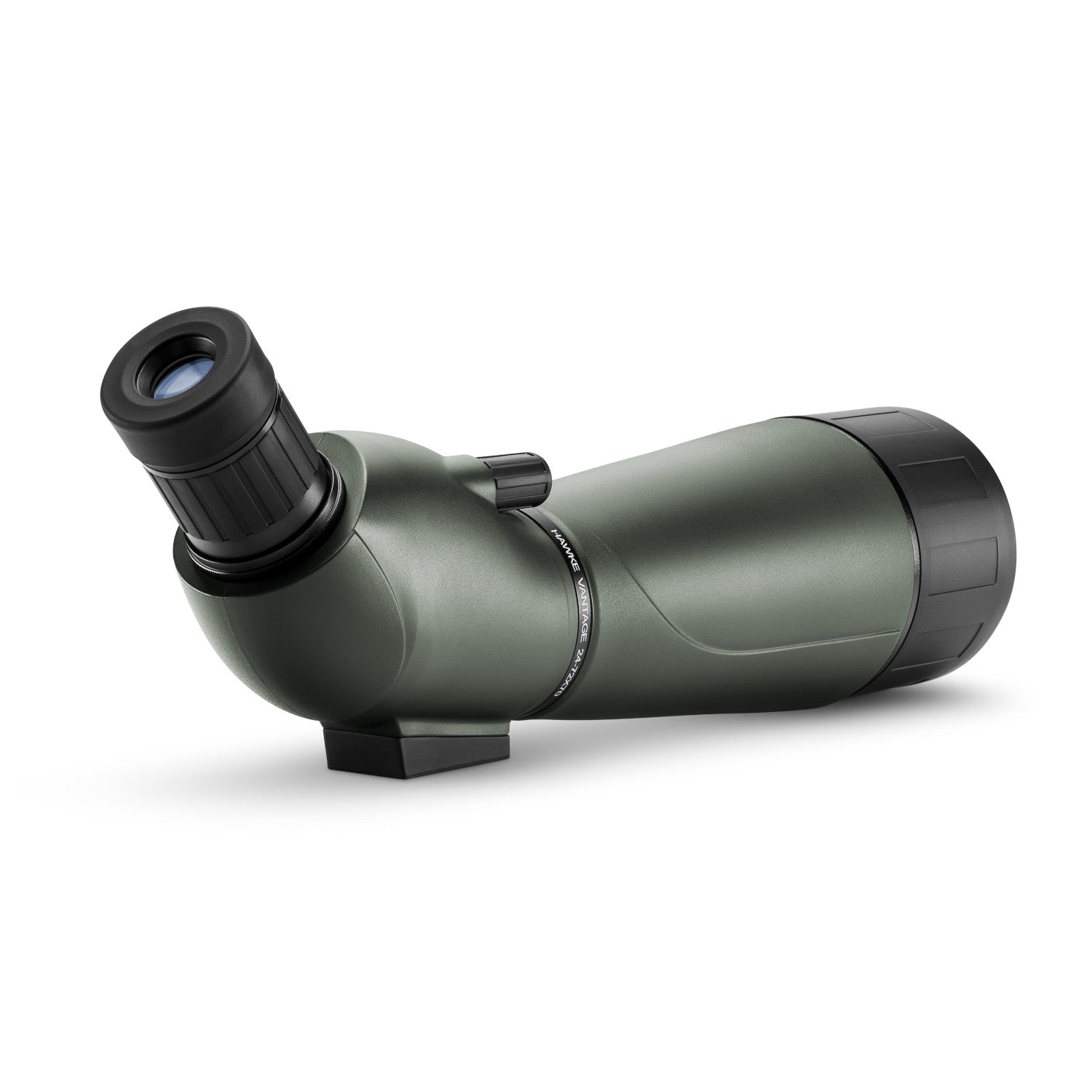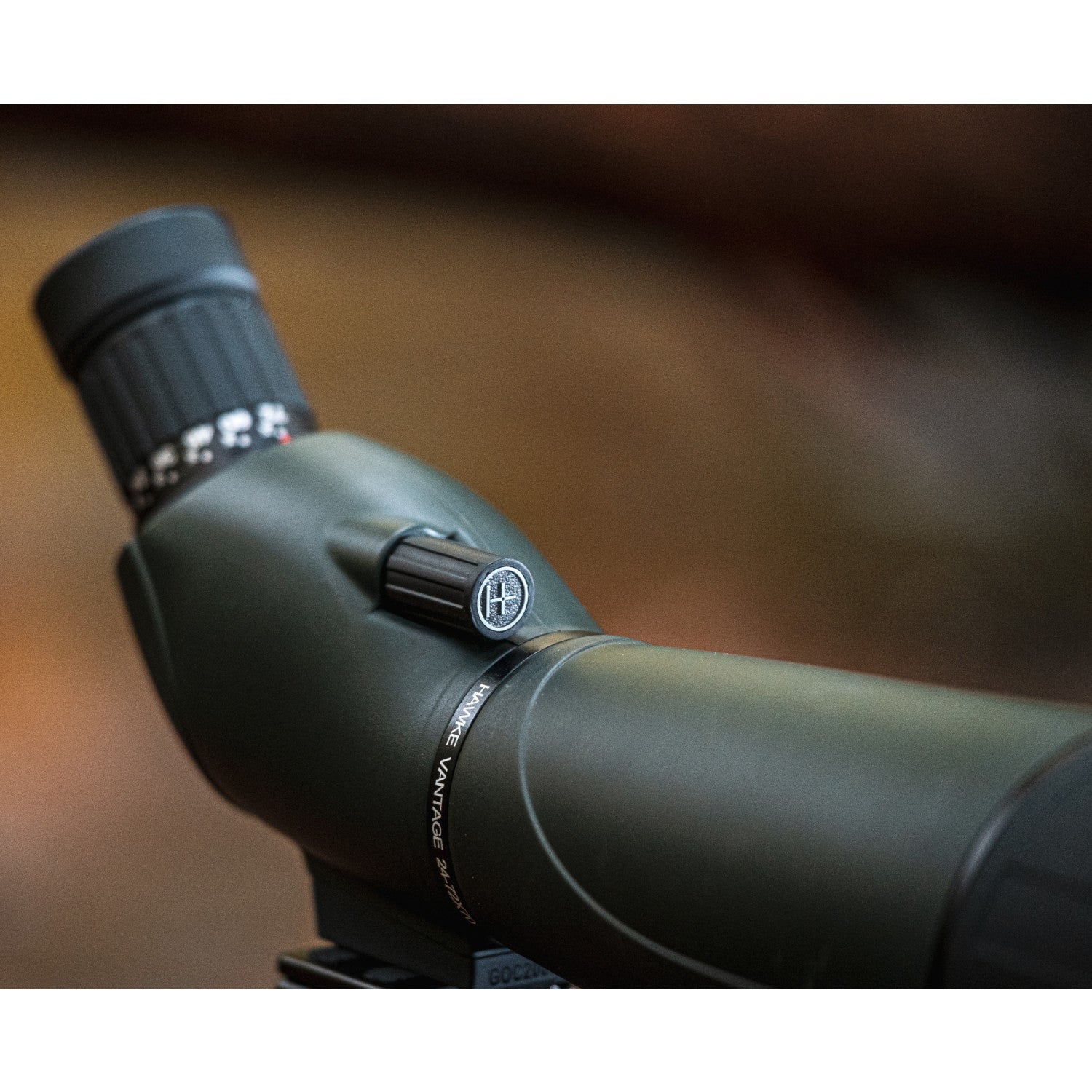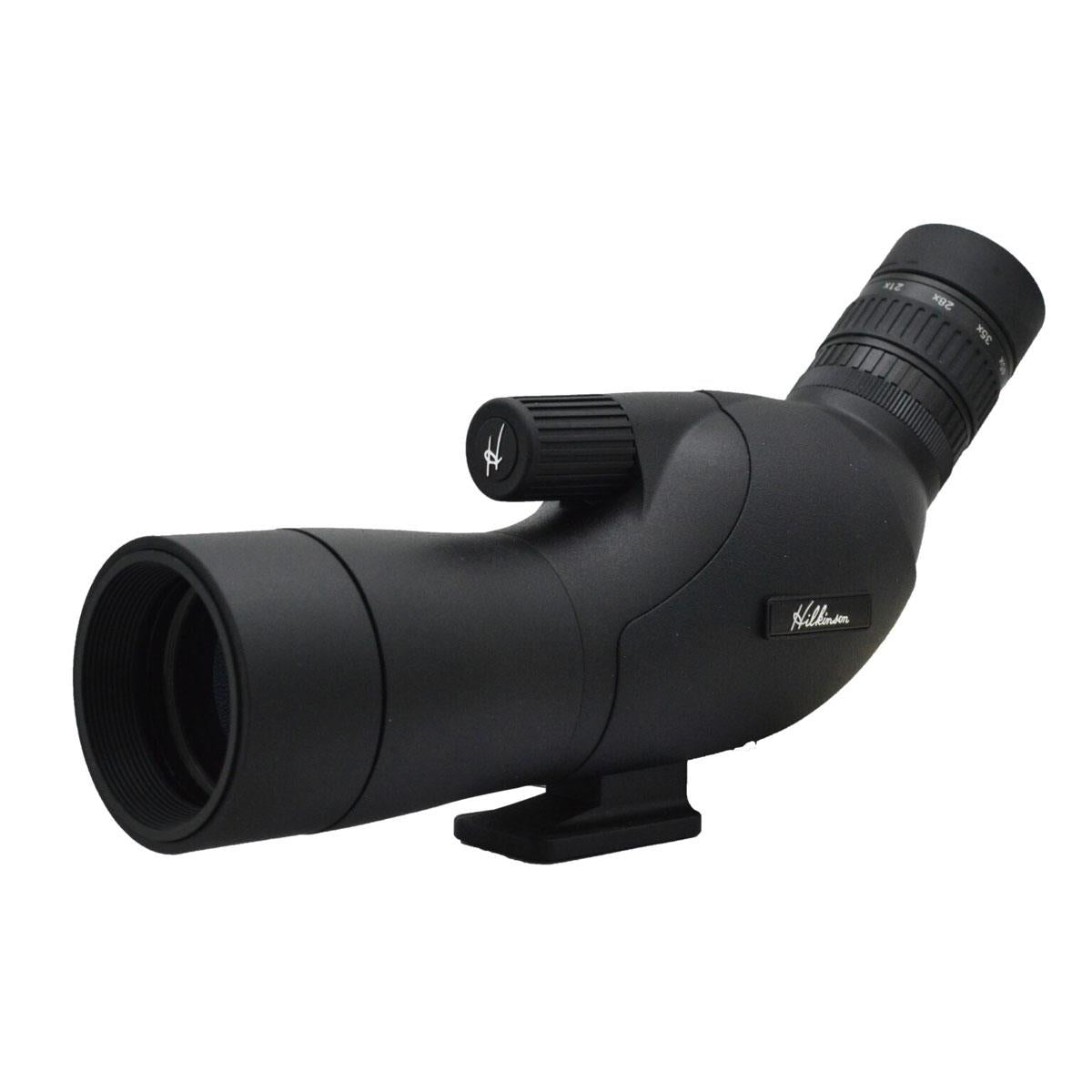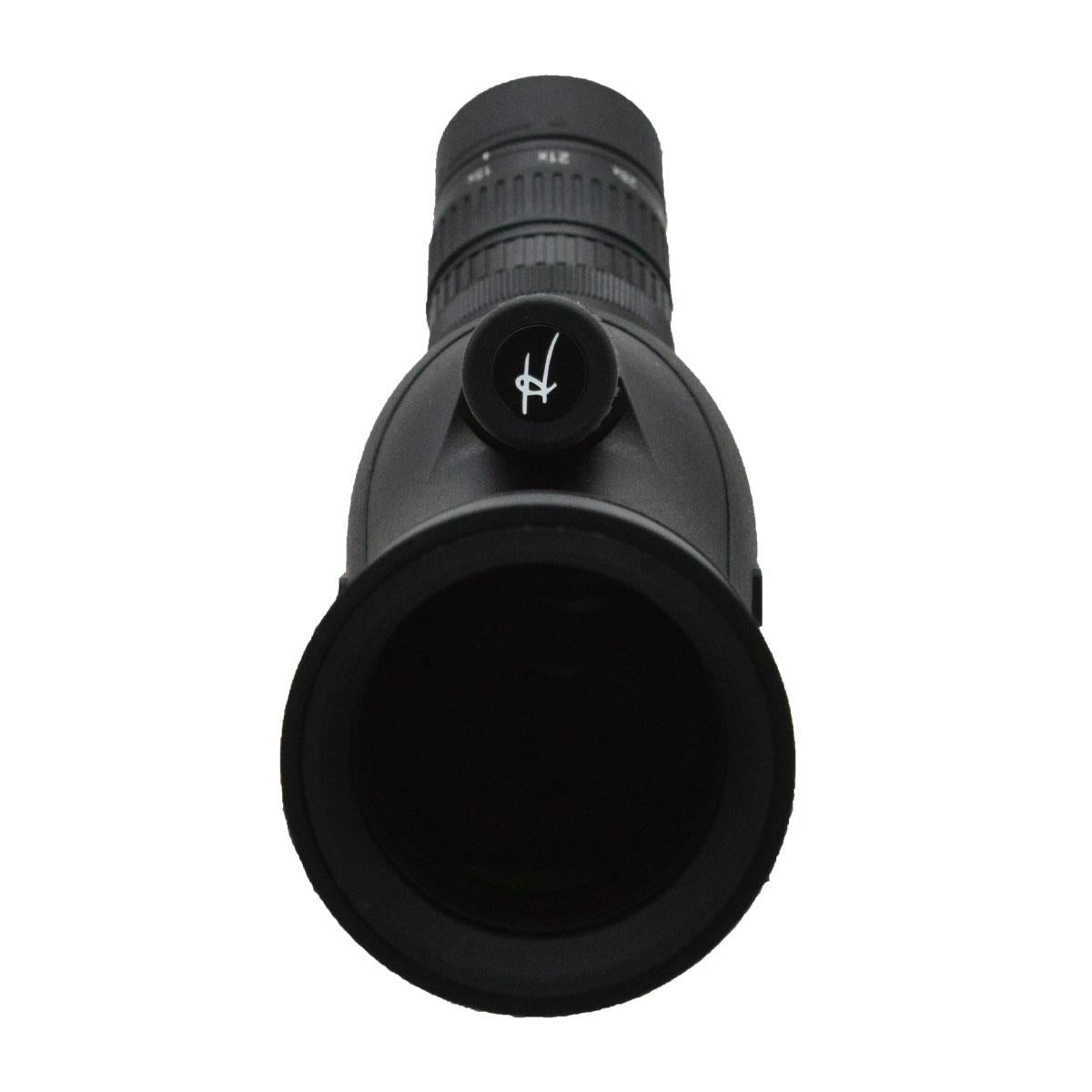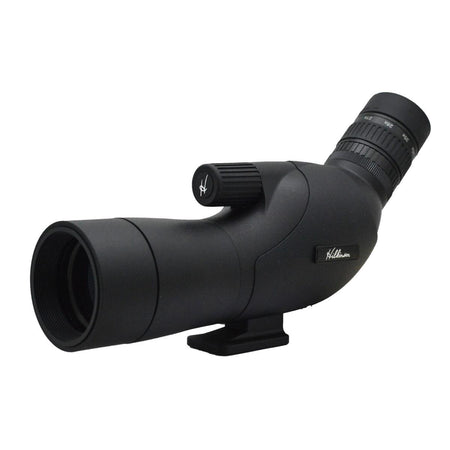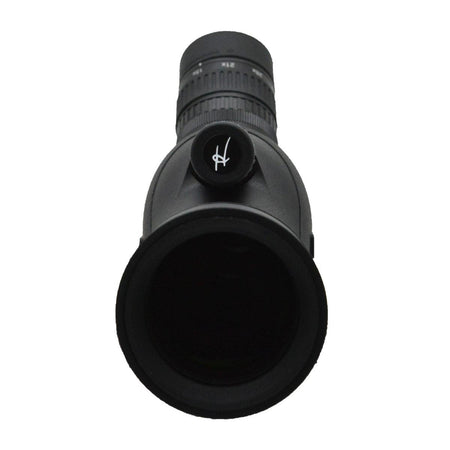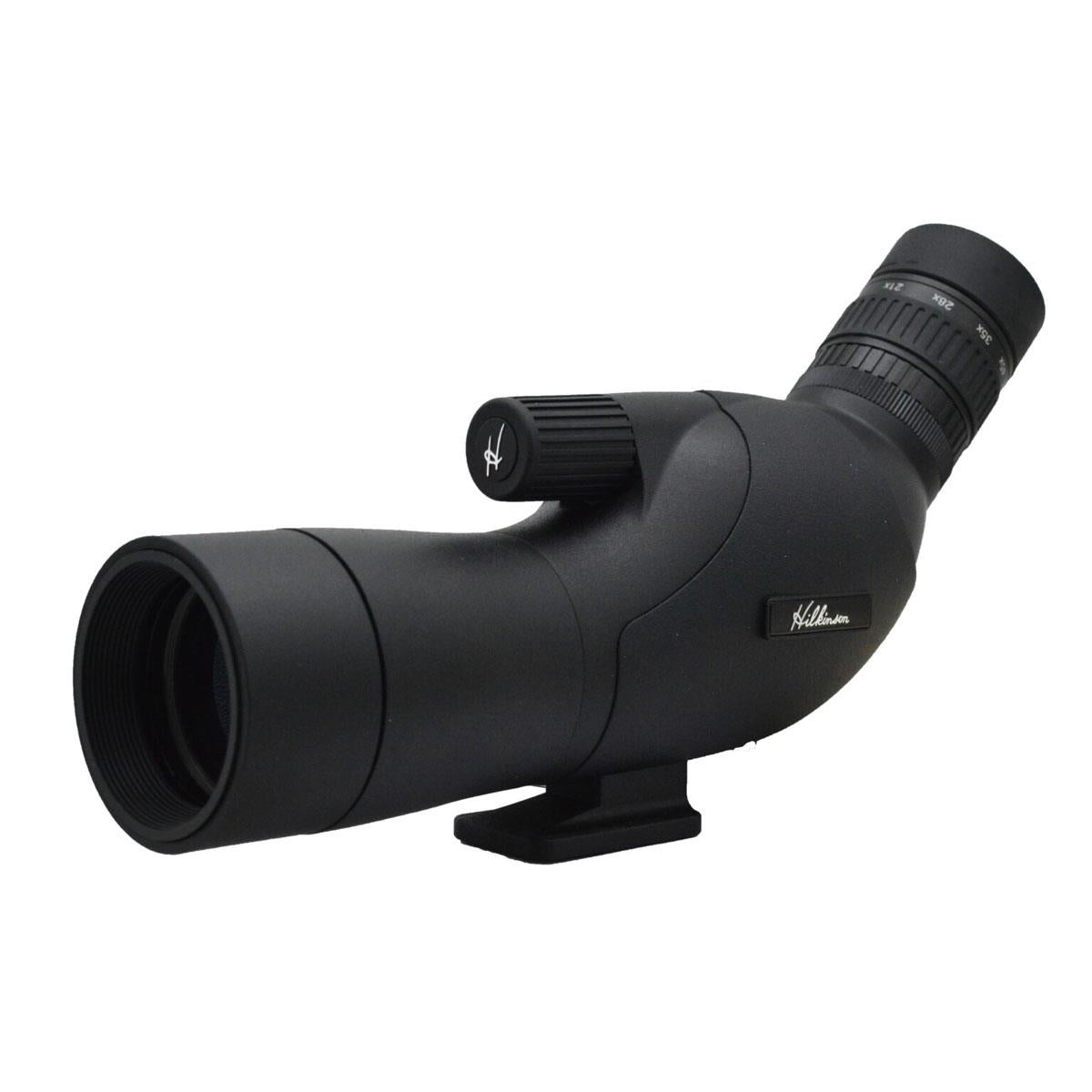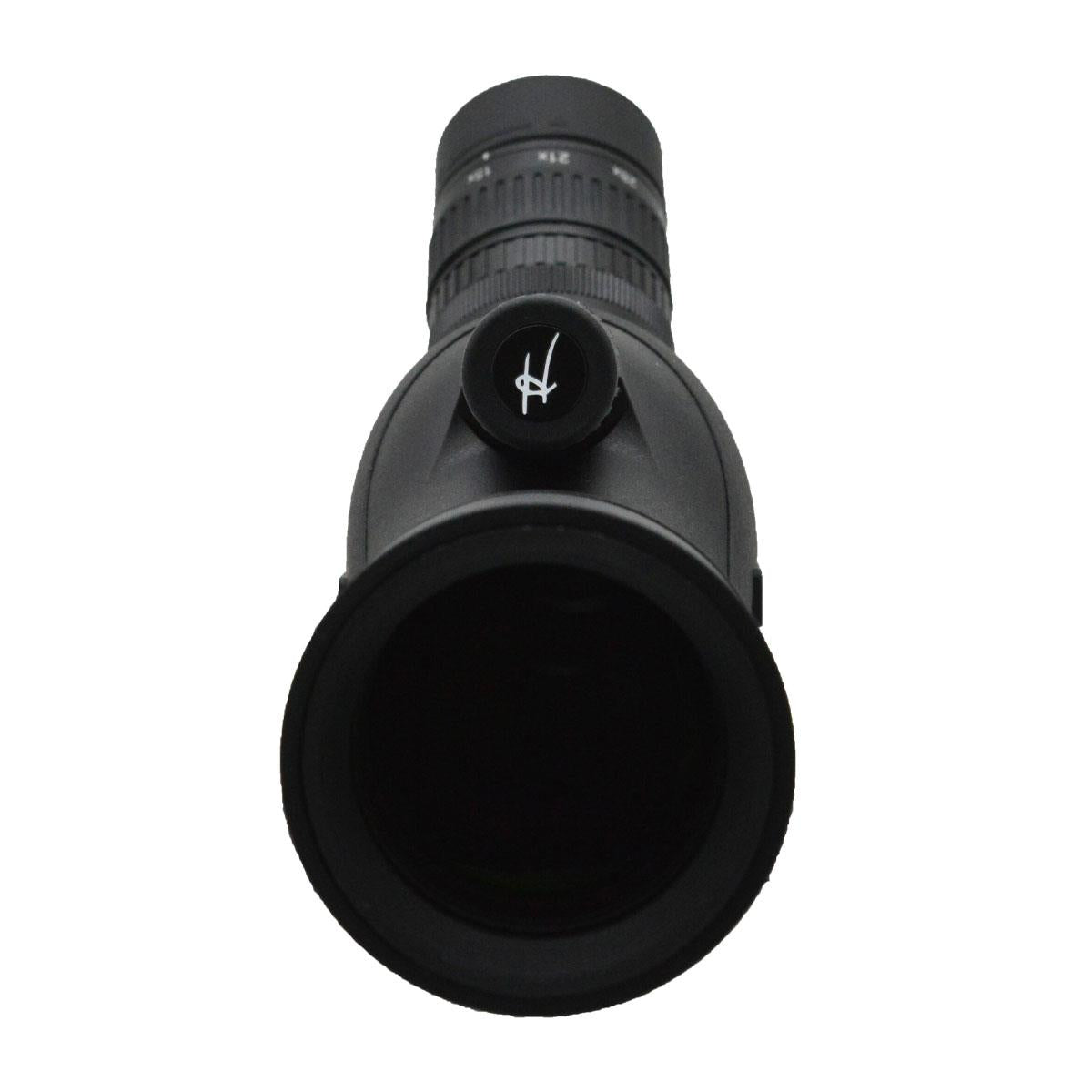Get closer to wildlife with higher magnification and exceptional optical quality
Whether you’re an avid bird watcher, enjoy nature observation or simply admiring scenery and wildlife from a distance, a decent Spotting Scope could be the perfect bit of kit to take along with you. Although much larger than a pair of binoculars, Spotting Scopes are still conveniently portable and are ideal to take camping or on hiking trips. And if you’re into your photography as well, many can be used to connect with your camera or smartphone so that you can take pictures with the incredible detail provided by the optics. But choosing a Spotting Scope (especially for this first time) can be daunting as there is a vast range of choices that can vary a lot in price and spec. Therefore, our in-house optics experts have put their know-how to the test by comparing and evaluating the best Spotting Scopes currently on the market along with some tips on what to look for.
What to look for in a Spotting Scope?
- Straight vs. Angled body: Spotting Scopes come in two styles to choose from; you can either opt for a straight or an angled body. There’s no real difference when it comes to optical quality, it’s all a matter of comfort and personal preference. Angled-body Spotting Scopes tend to be the top choice as they can be more comfortable to use when lying down or sitting (save having to crane your neck). Whereas with Straight Scopes, the body and eyepiece lie on the same optical plane, which allows you to look straight through the eyepiece at your intended subject.
- Magnification: Spotting scopes can 'zoom' in and out, the specs quote the zoom range as a minimum-maximum value. A higher magnification range will enable you to use the scope for a broader range of subjects.
- Objective lens size: The larger the lens size the more light the Spotting Scope can let in, which should make for a clearer, brighter image (especially in lower light conditions) however, some scopes come with special coatings to improve light transmission so you may want to consider a decent quality Scope with a smaller objective lens if you’re put off by the bigger, heavier, and usually more expensive Spotting Scopes.
Will you need a tripod?
The short answer is, yes. As Spotting Scopes have high magnifications they need more stabilisation to prevent your image from shaking. And due to the size and weight would be uncomfortable to use handheld for any length of time. There are some smaller models designed to be used without a tripod but a tripod is a wise investment even for these as they are still better used with one. All of the Spotting Scopes in our Top 10 come with a standard tripod mount, which can be used, with pretty much any tripod on the market so if you already have one then you're all set
Read on to discover our top picks!





